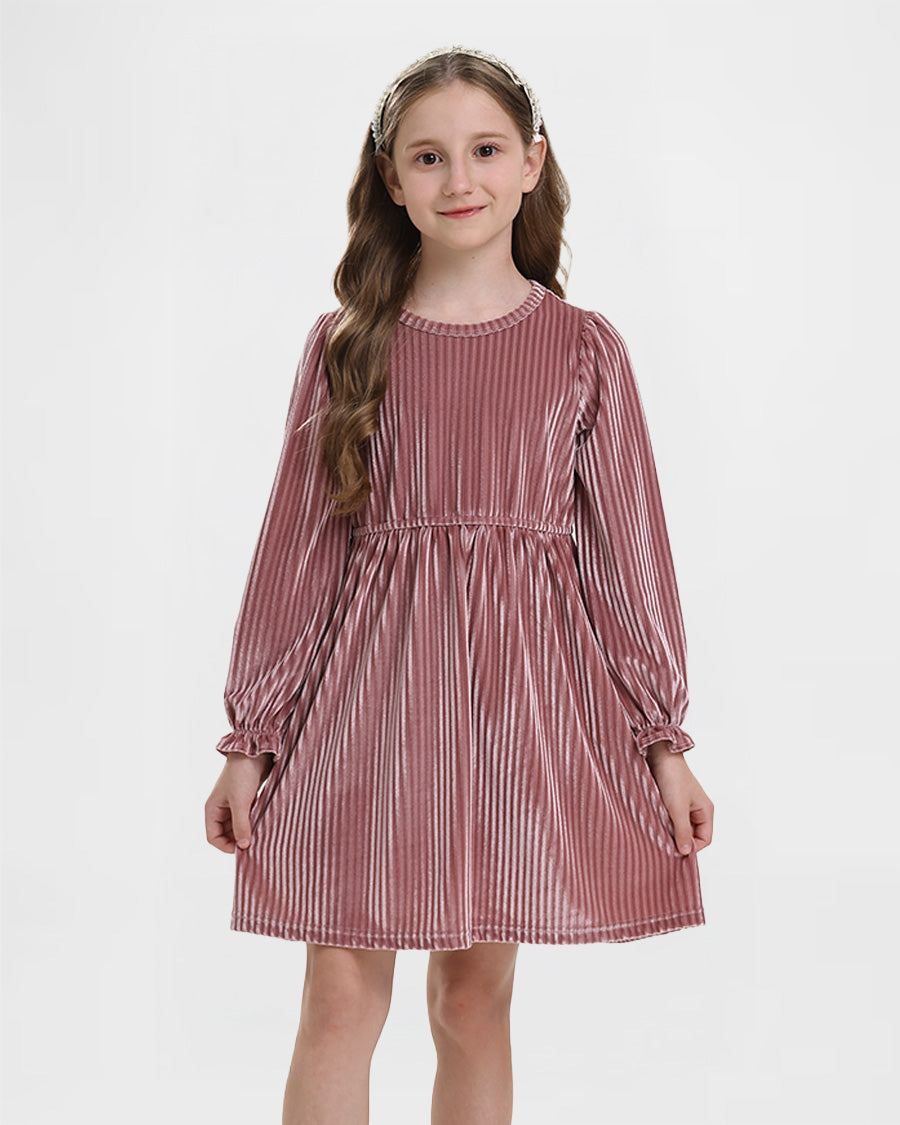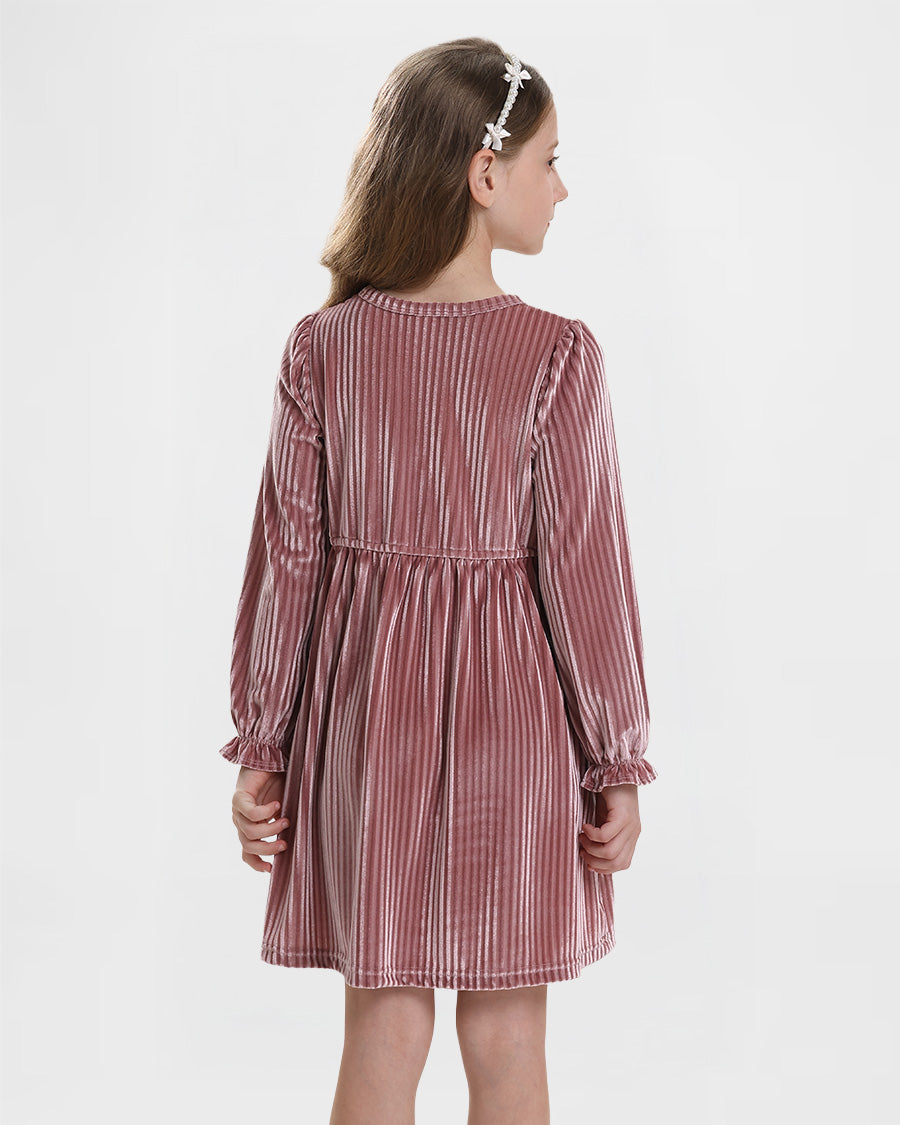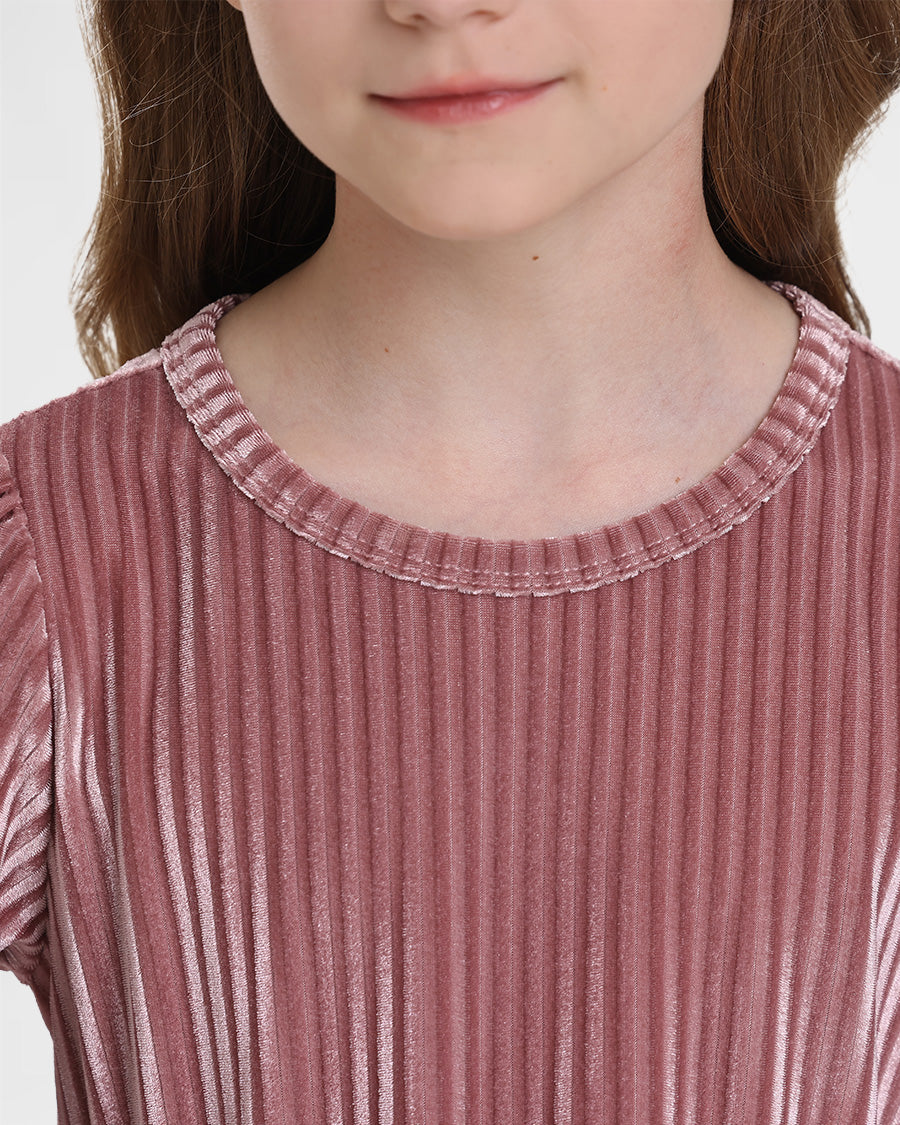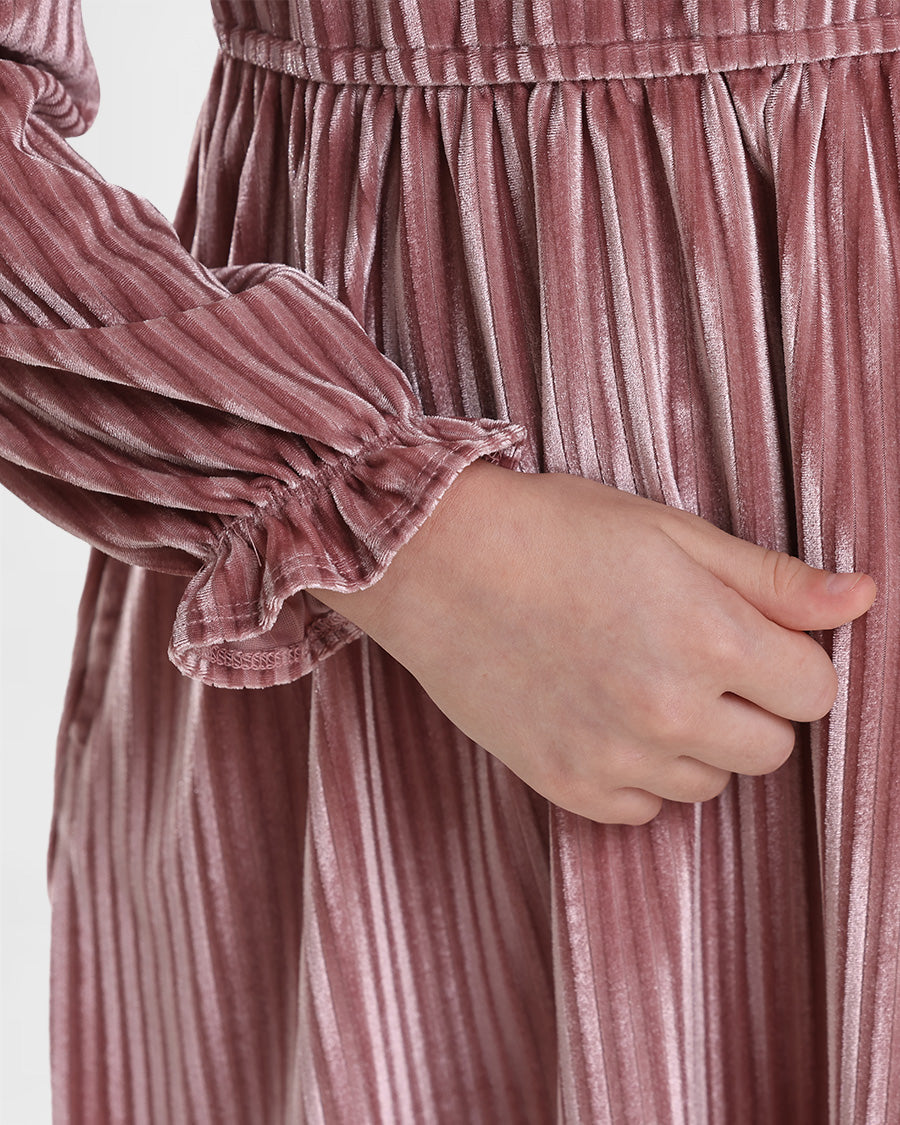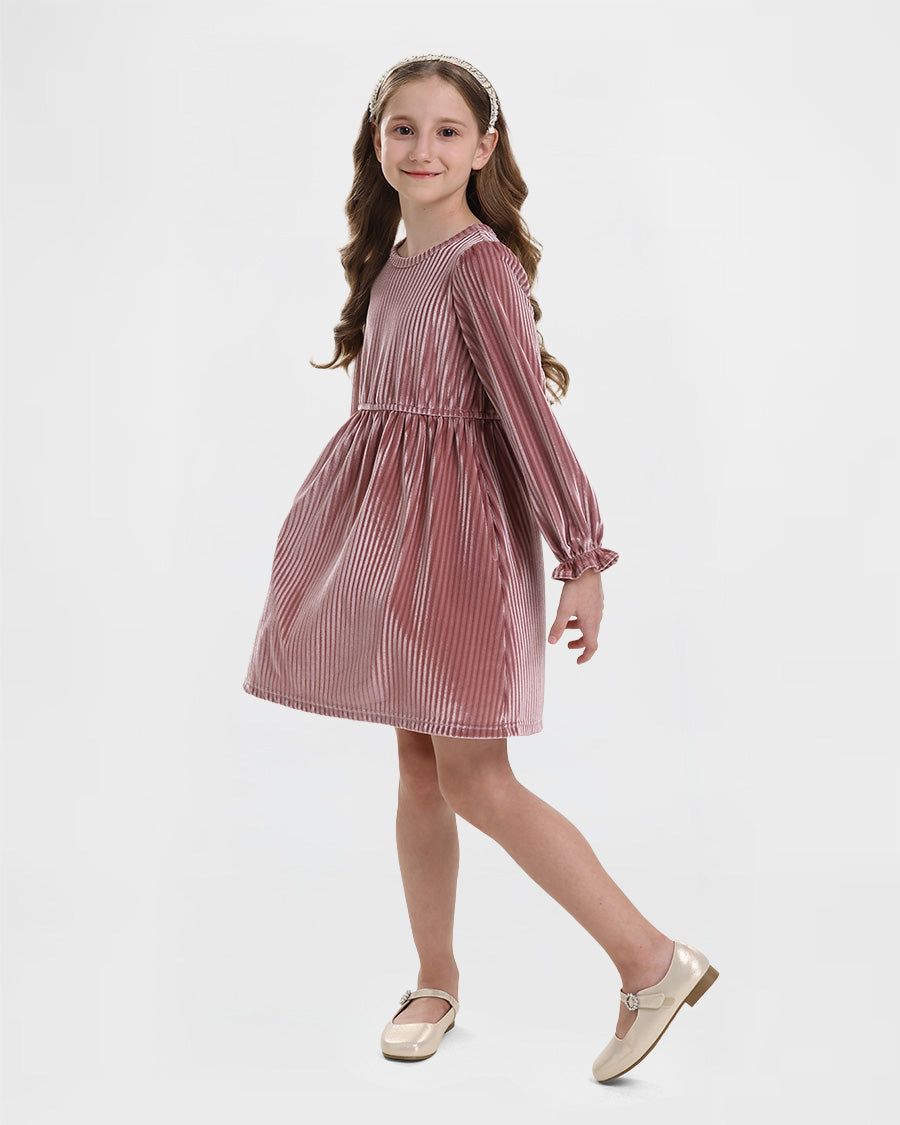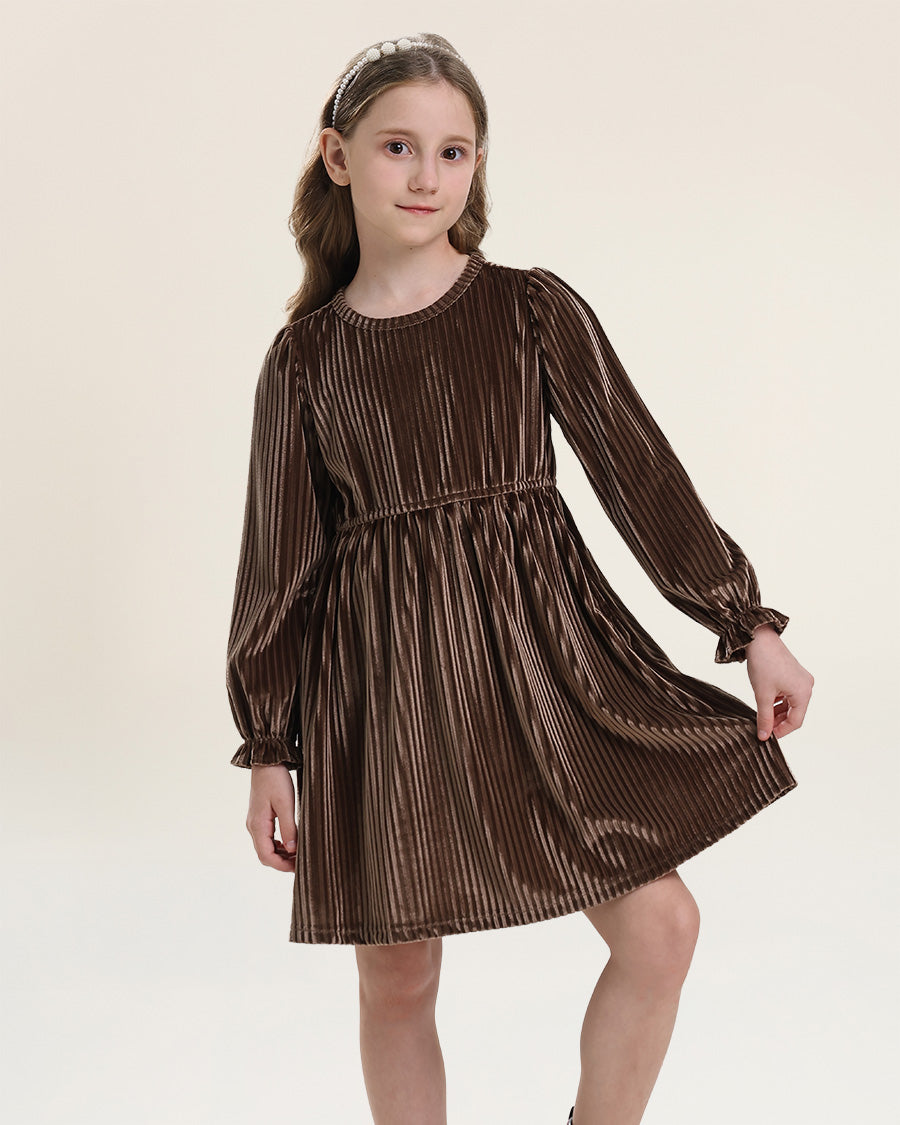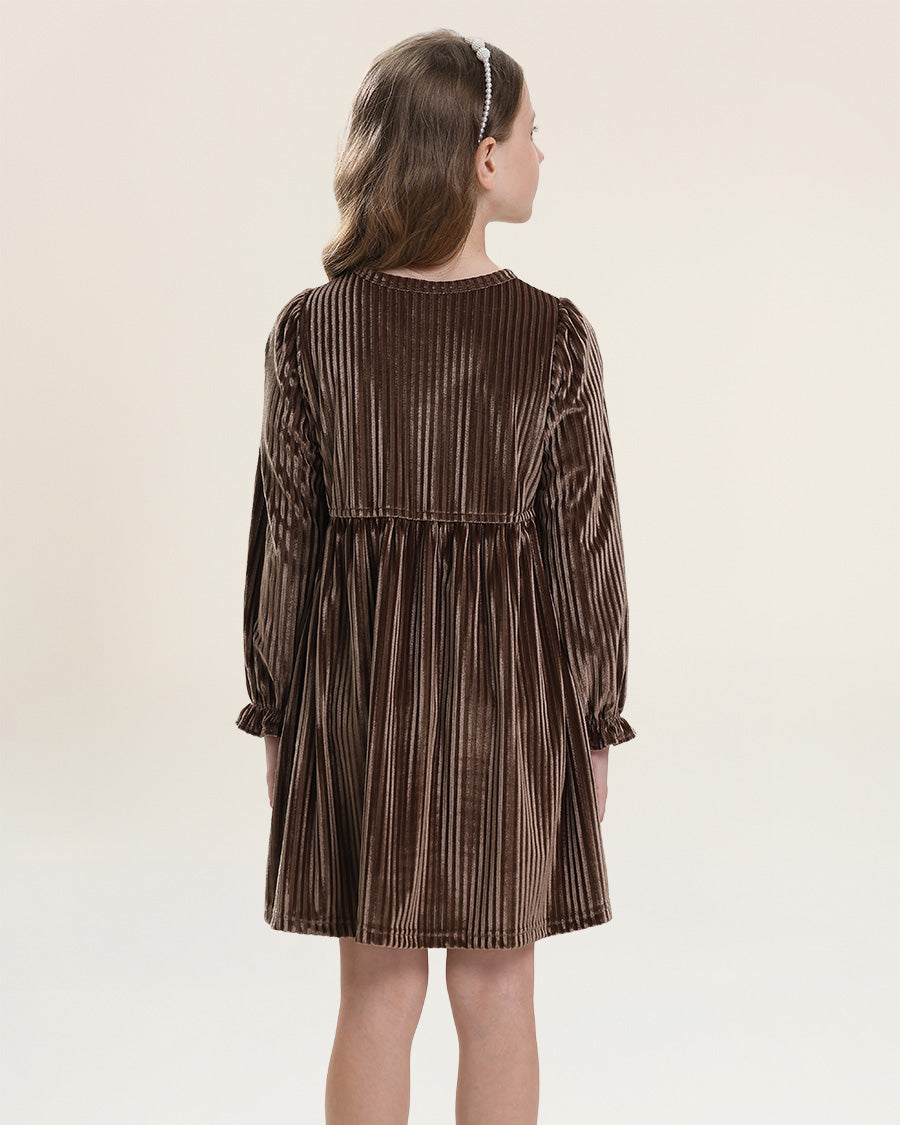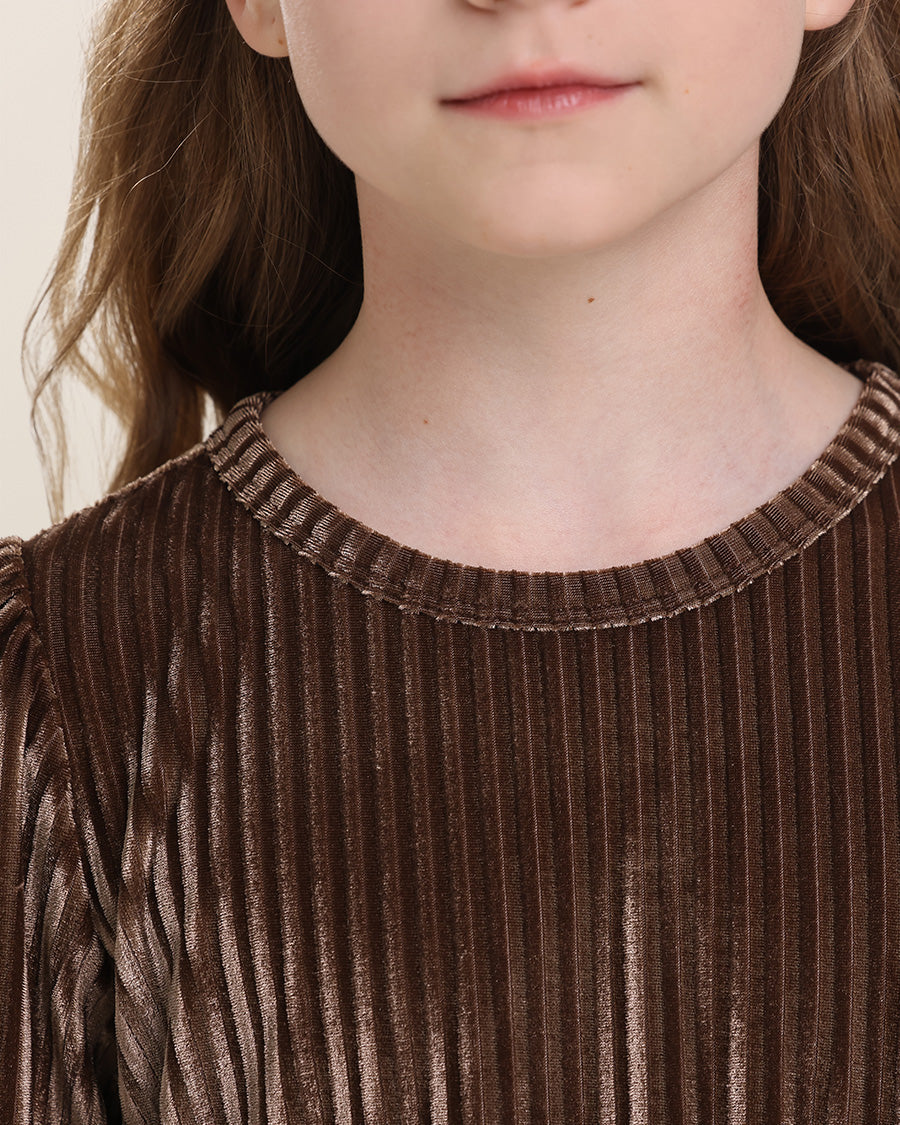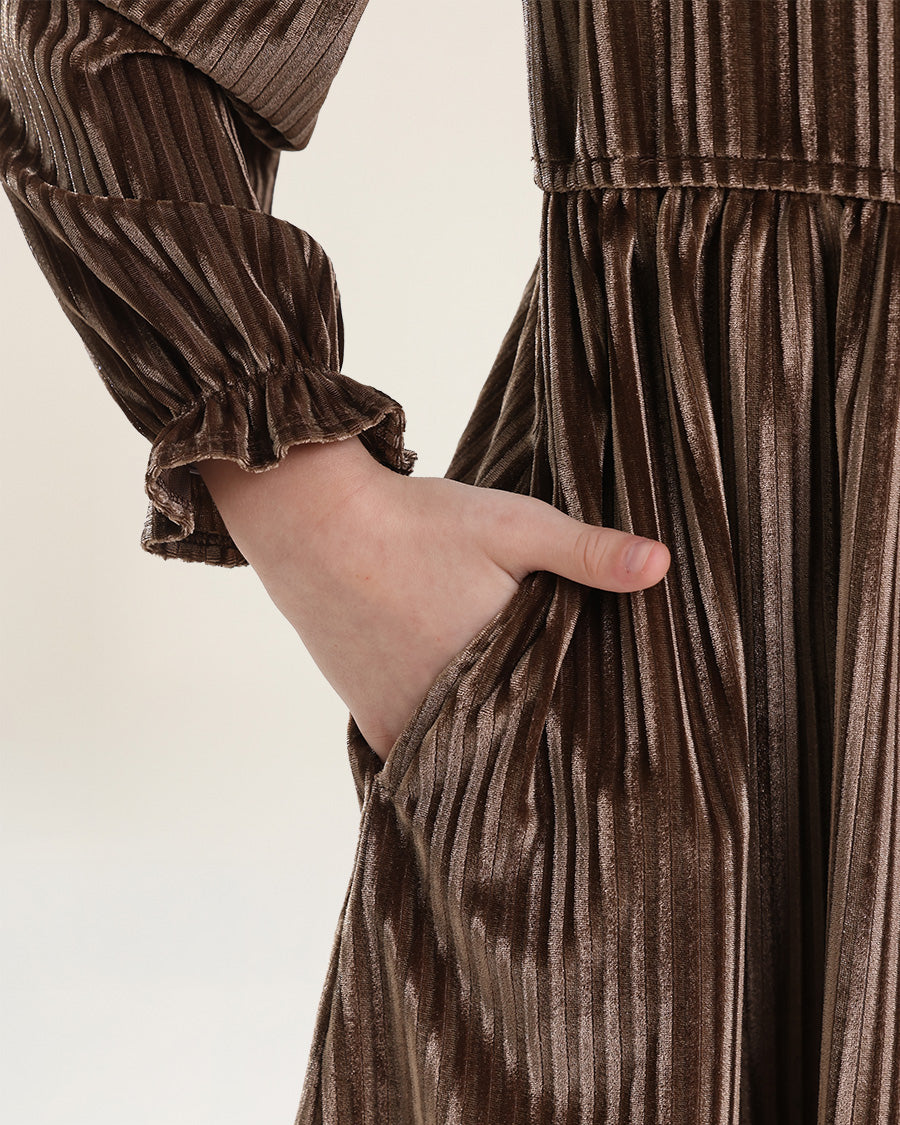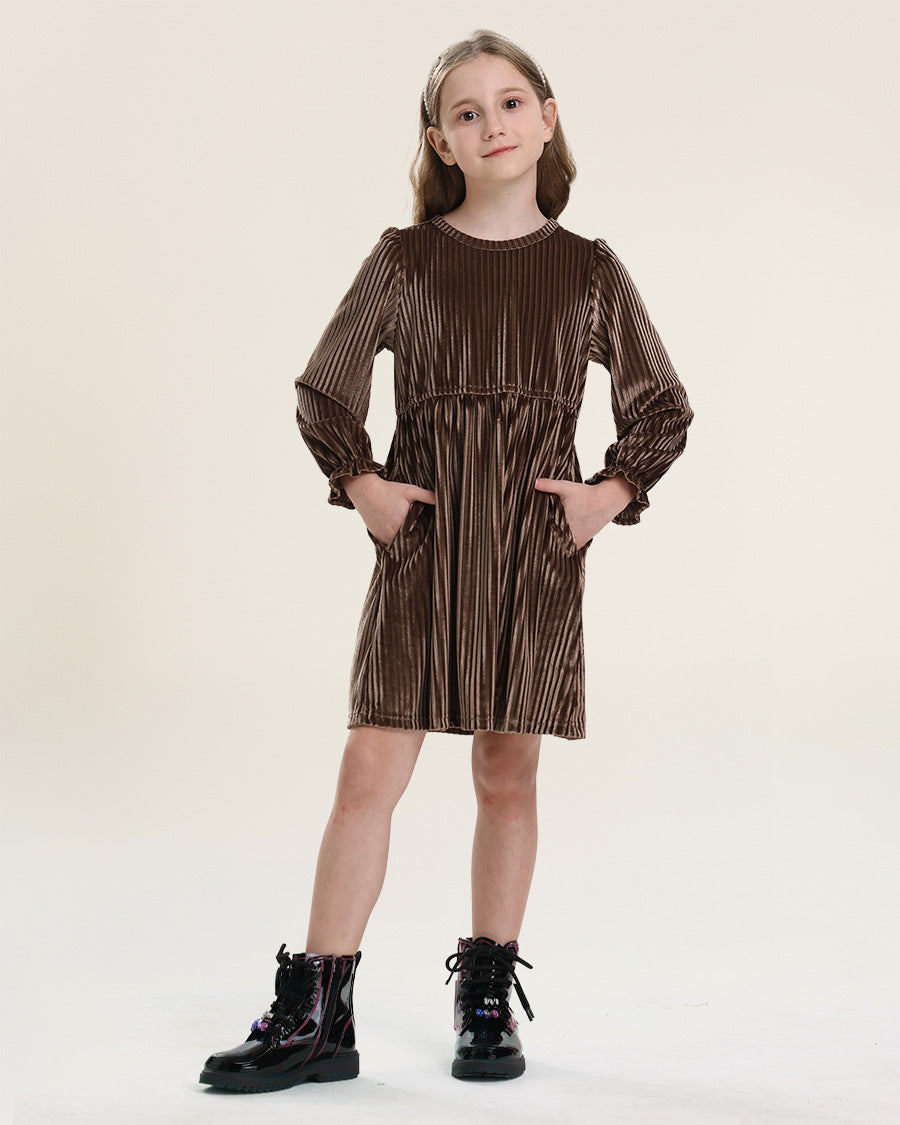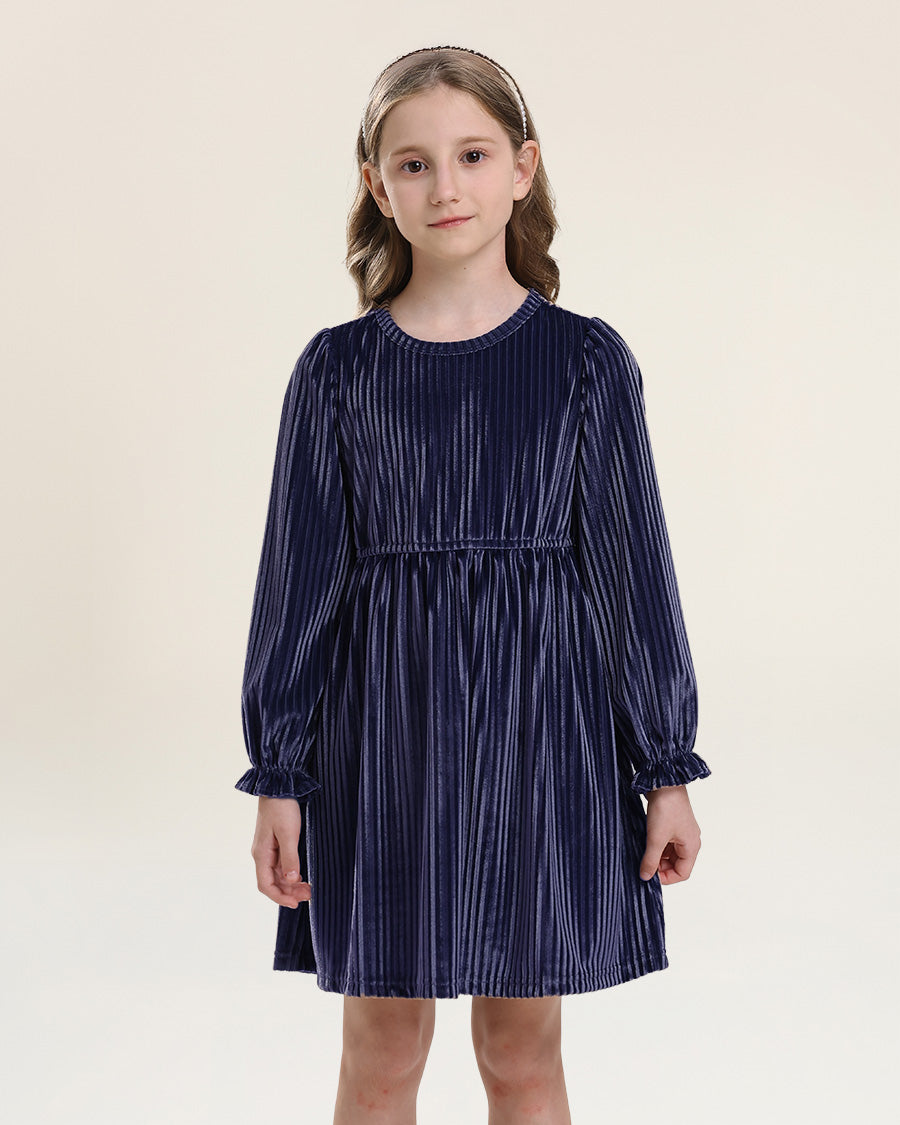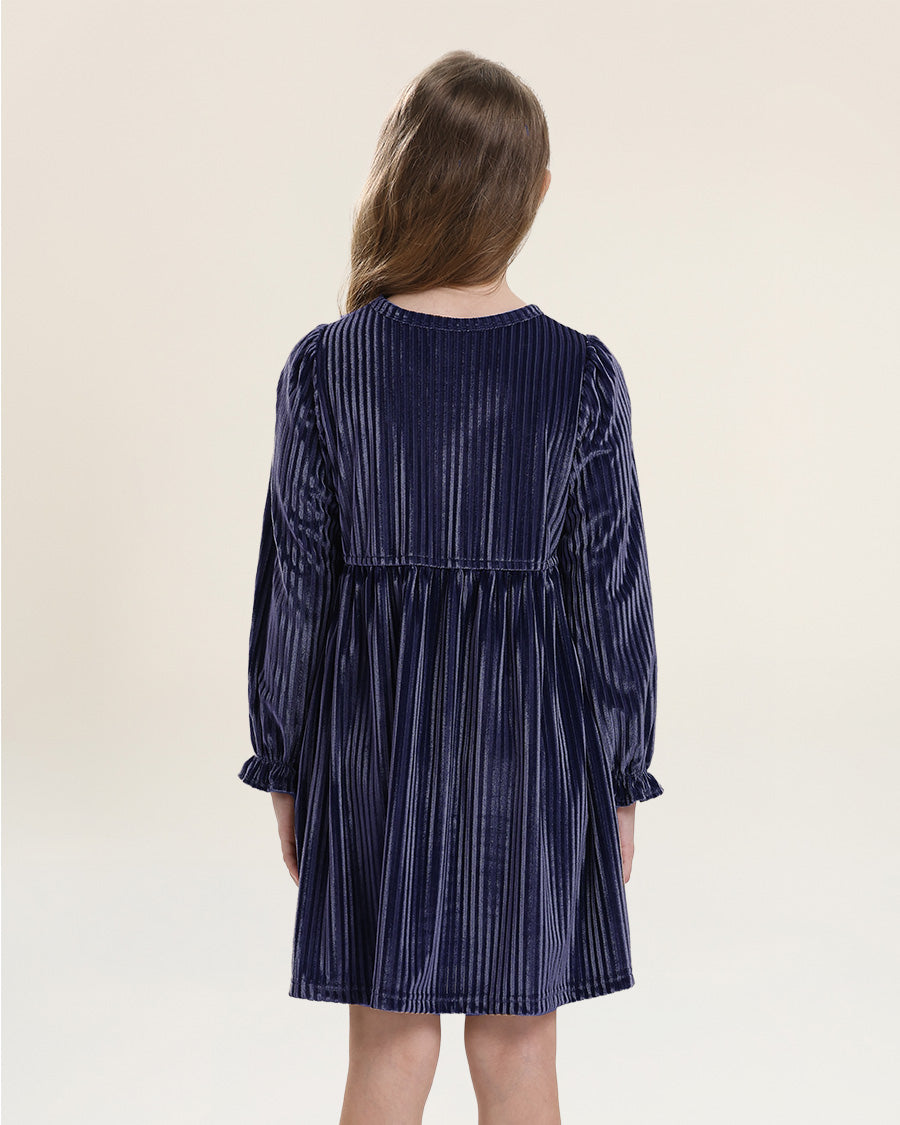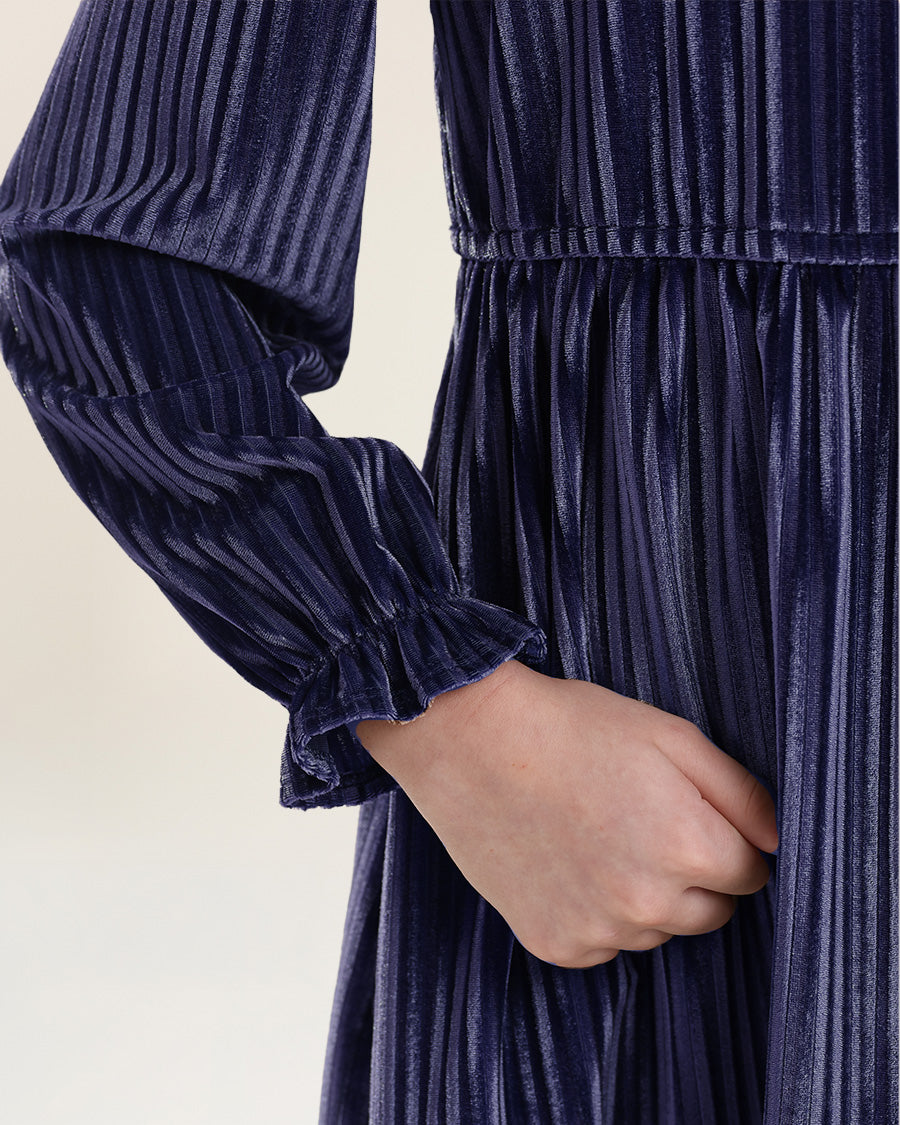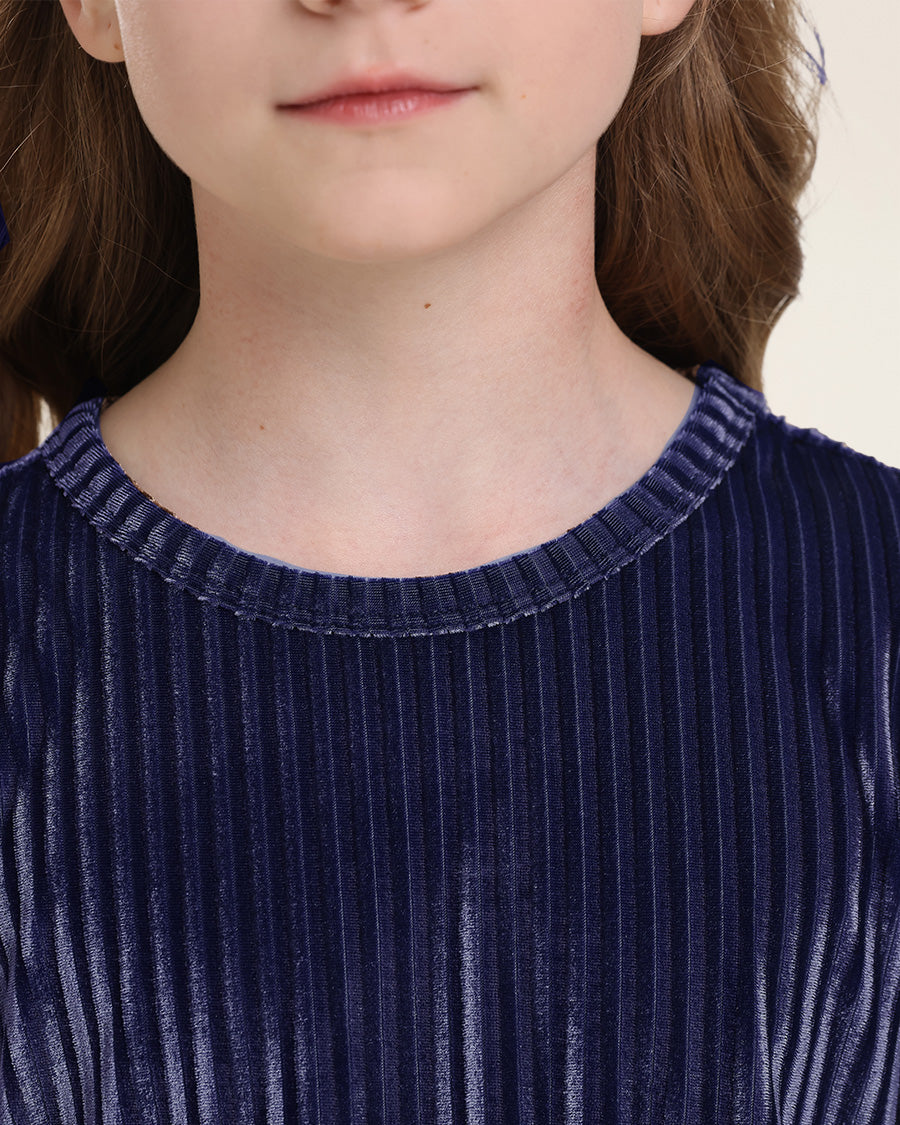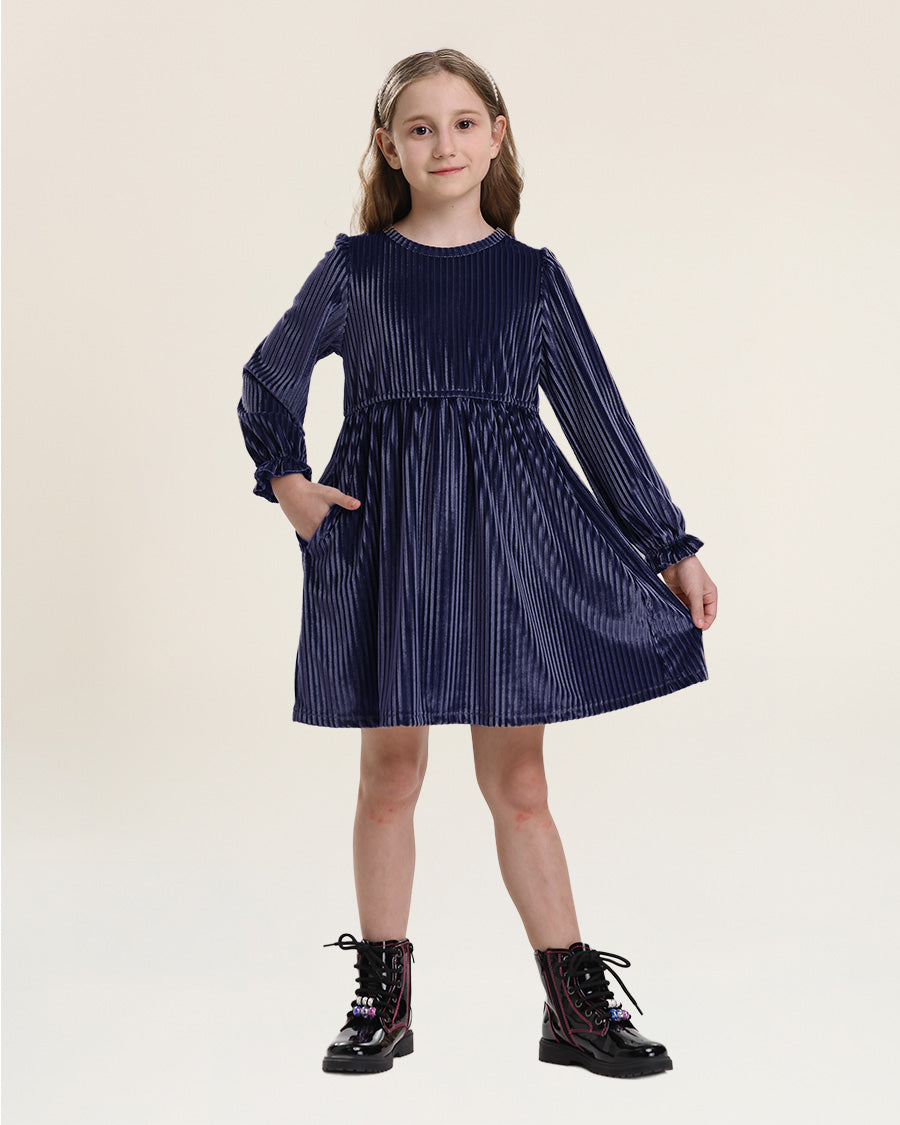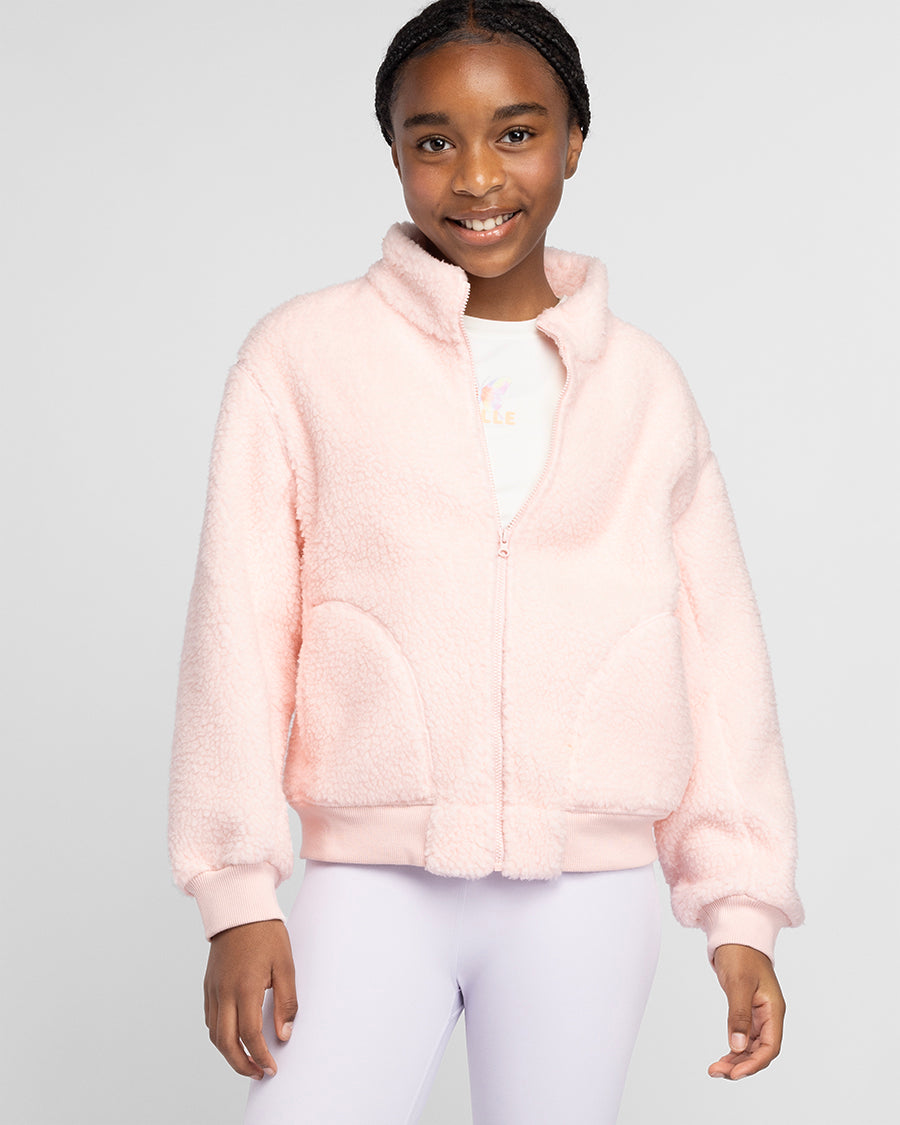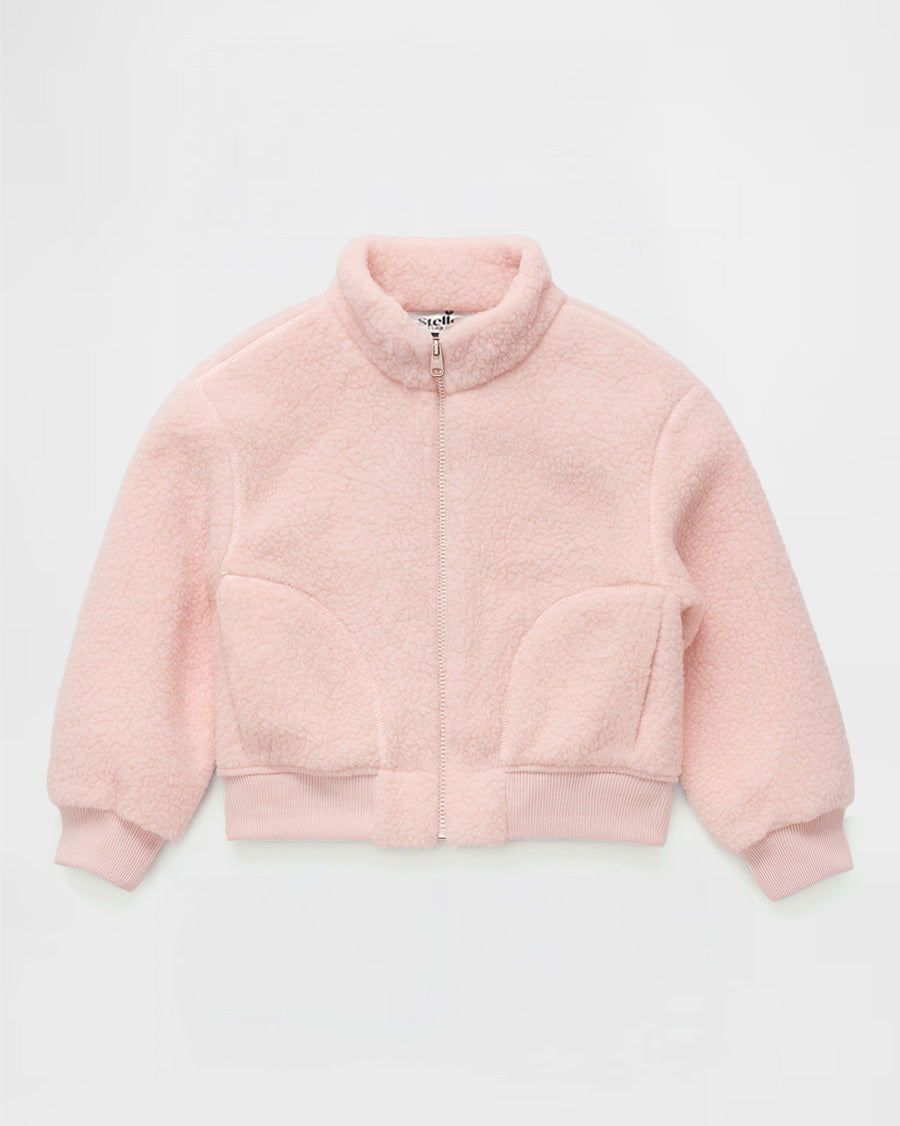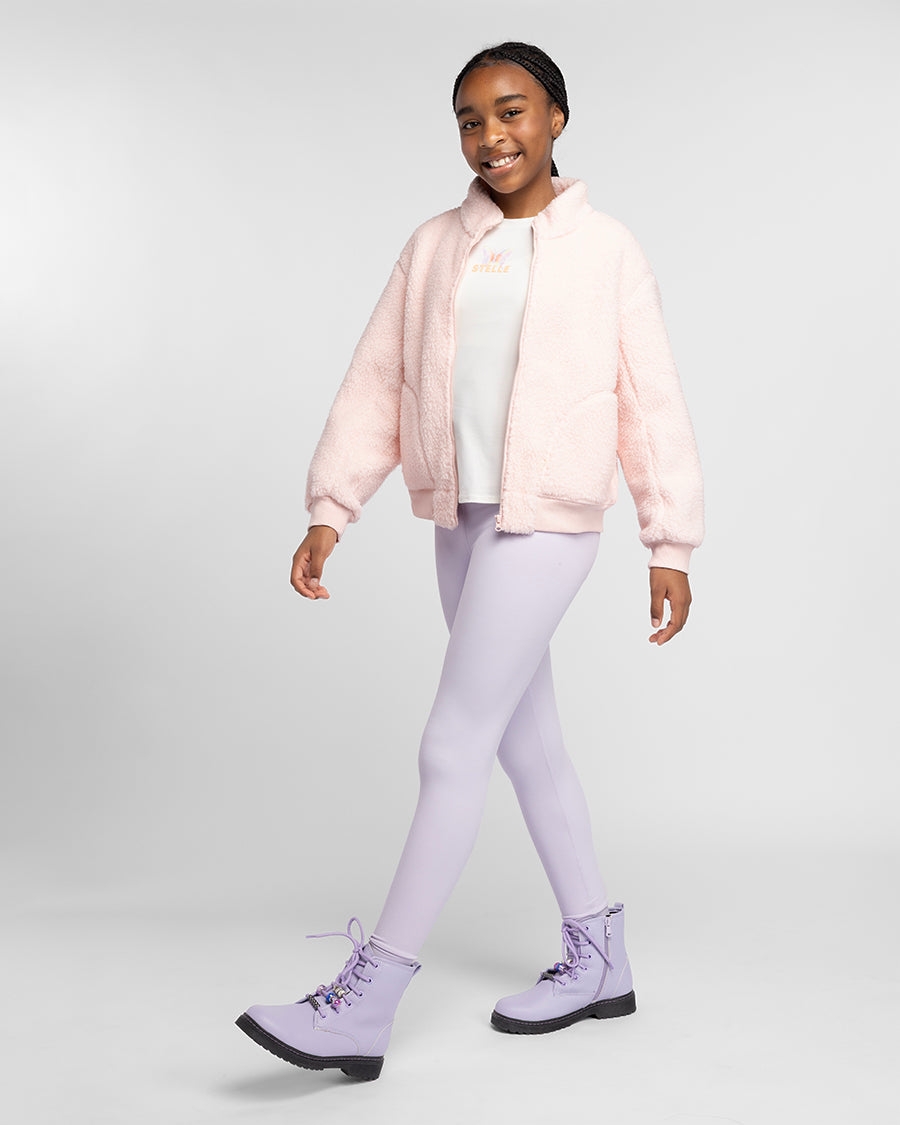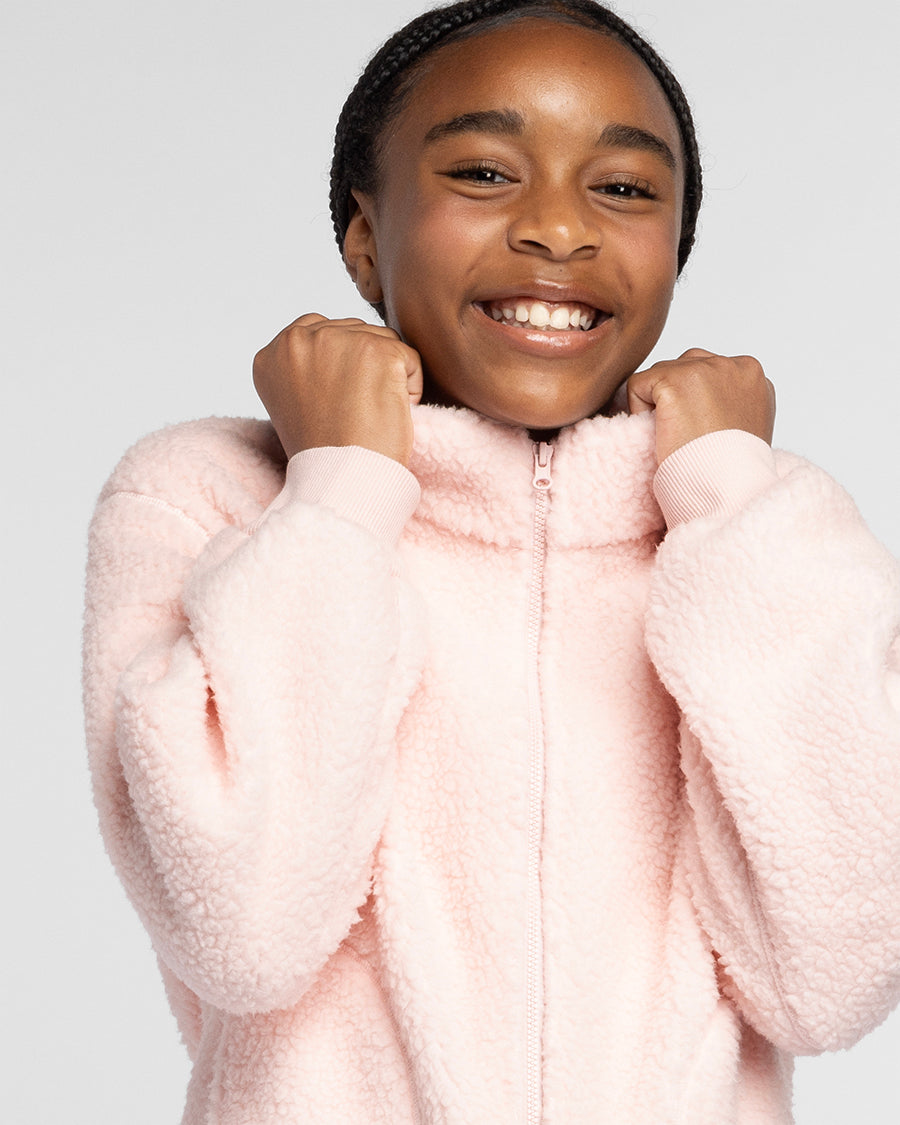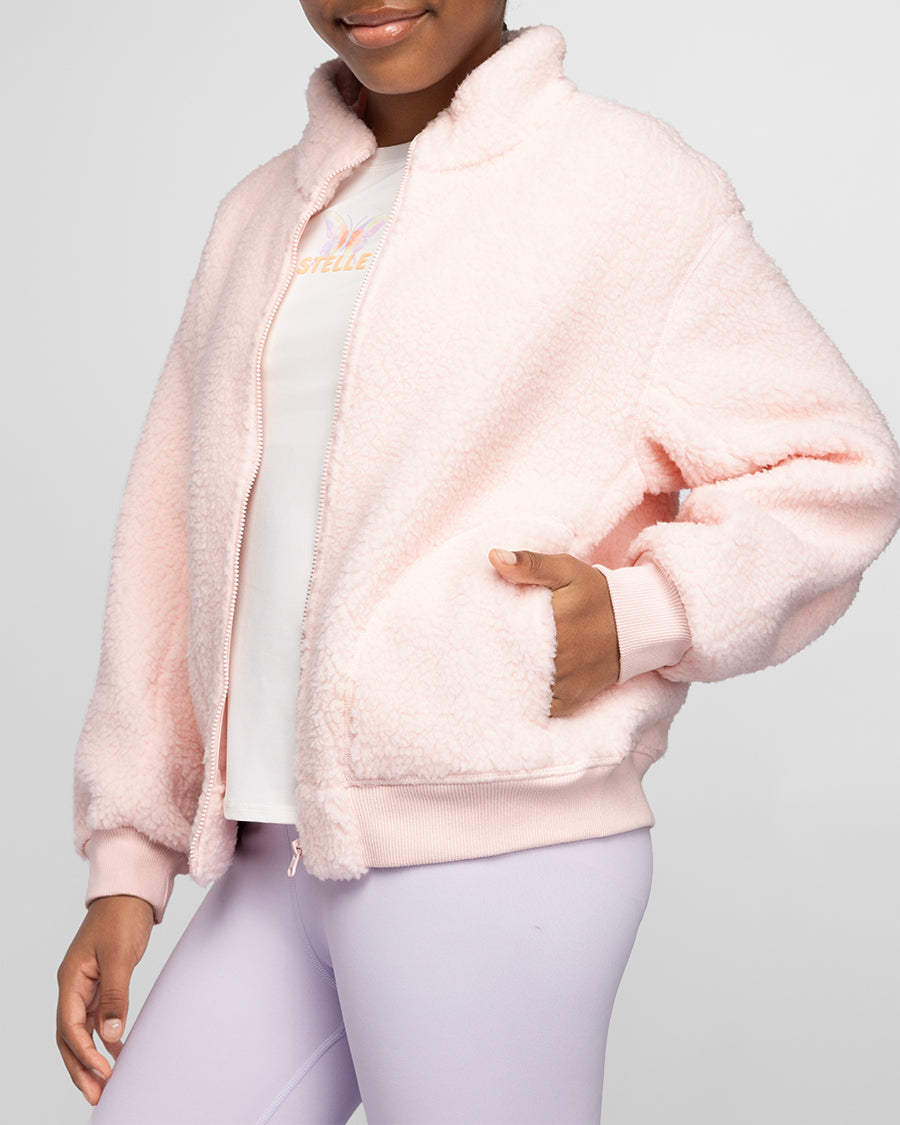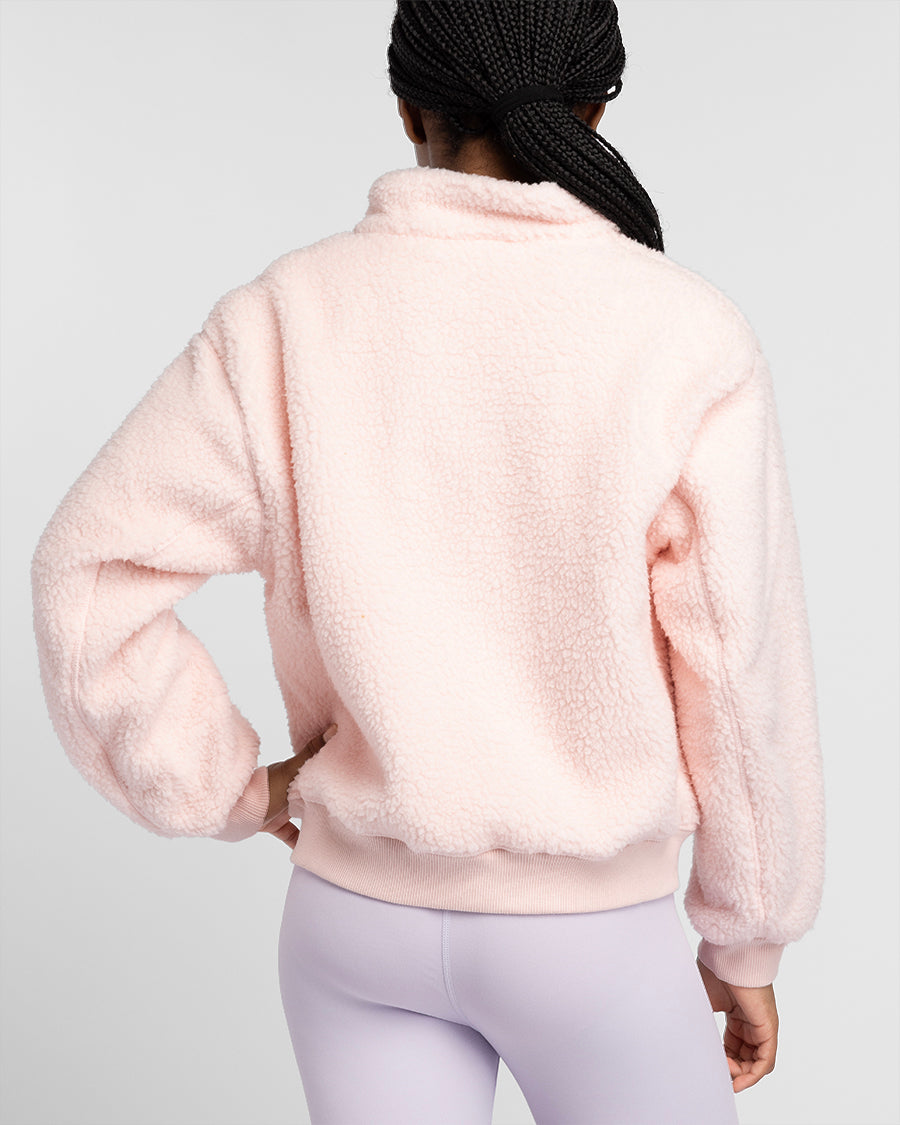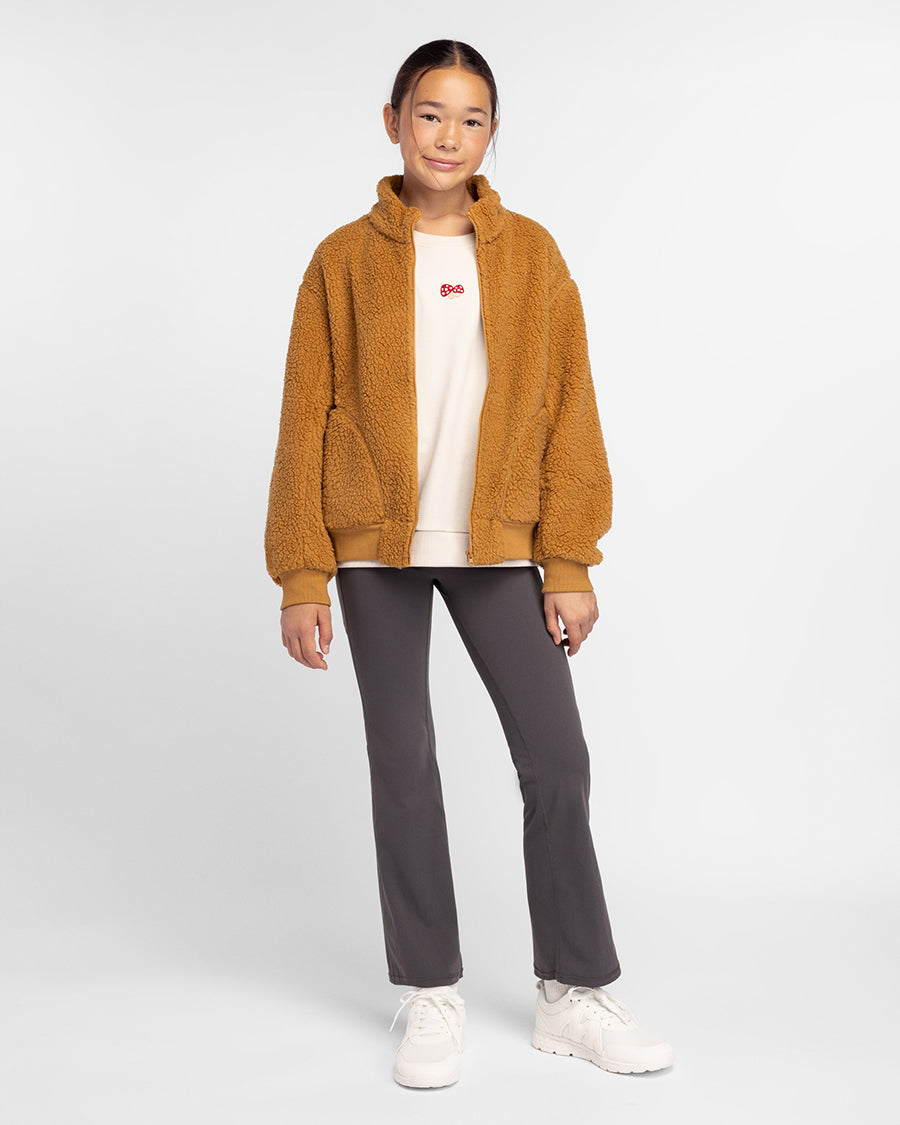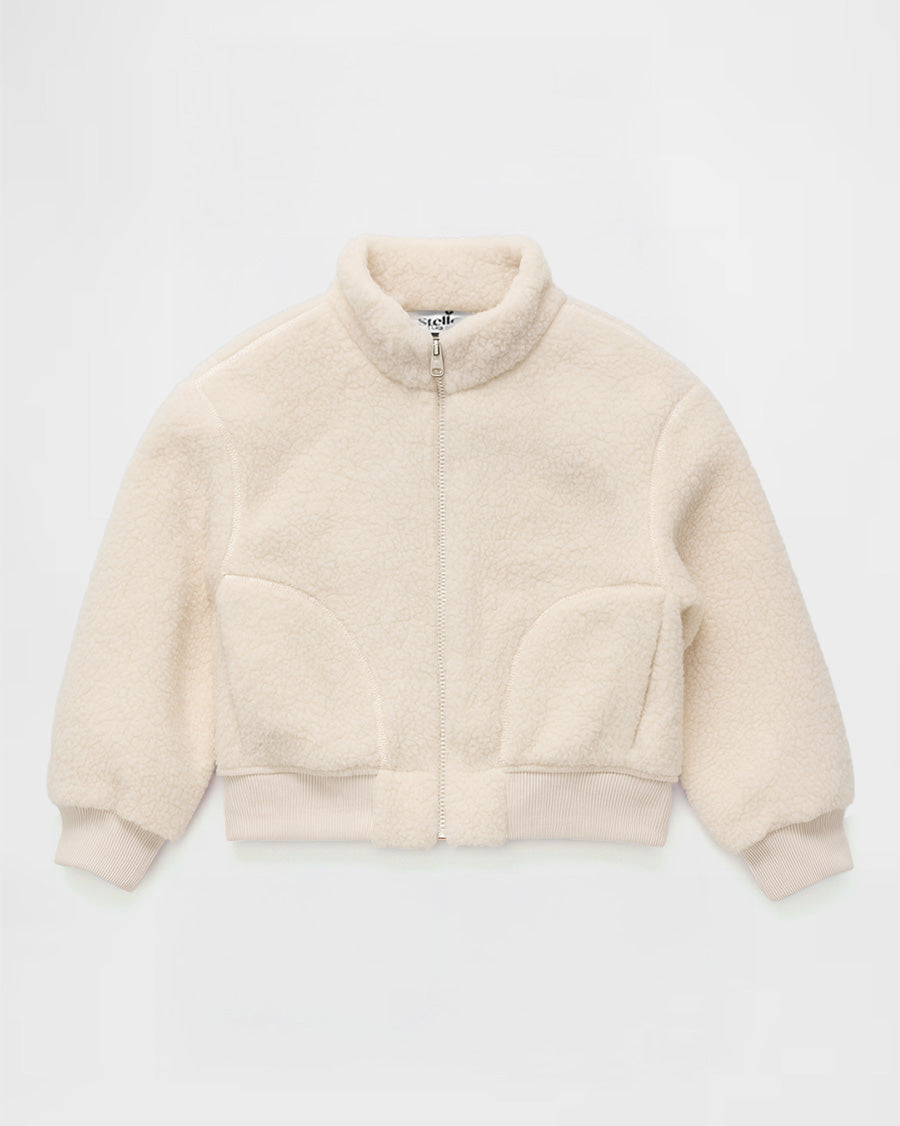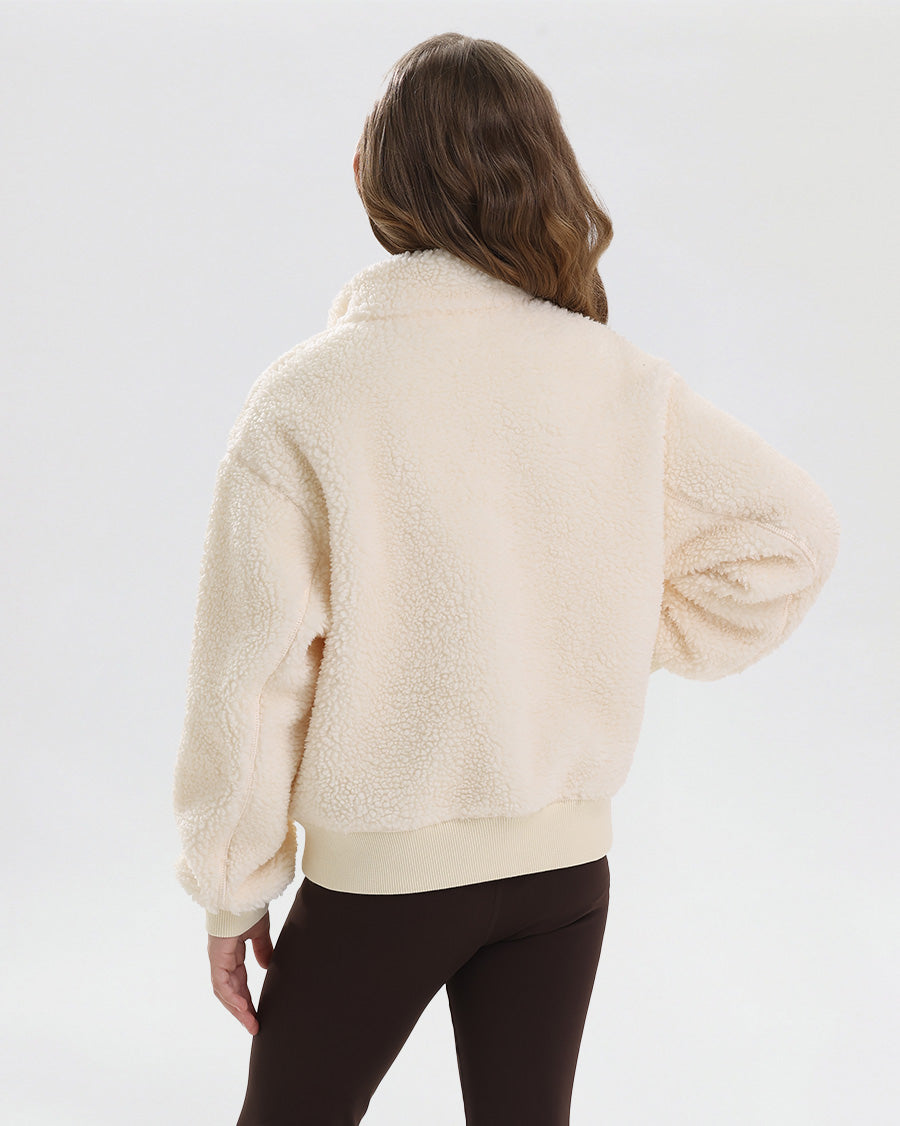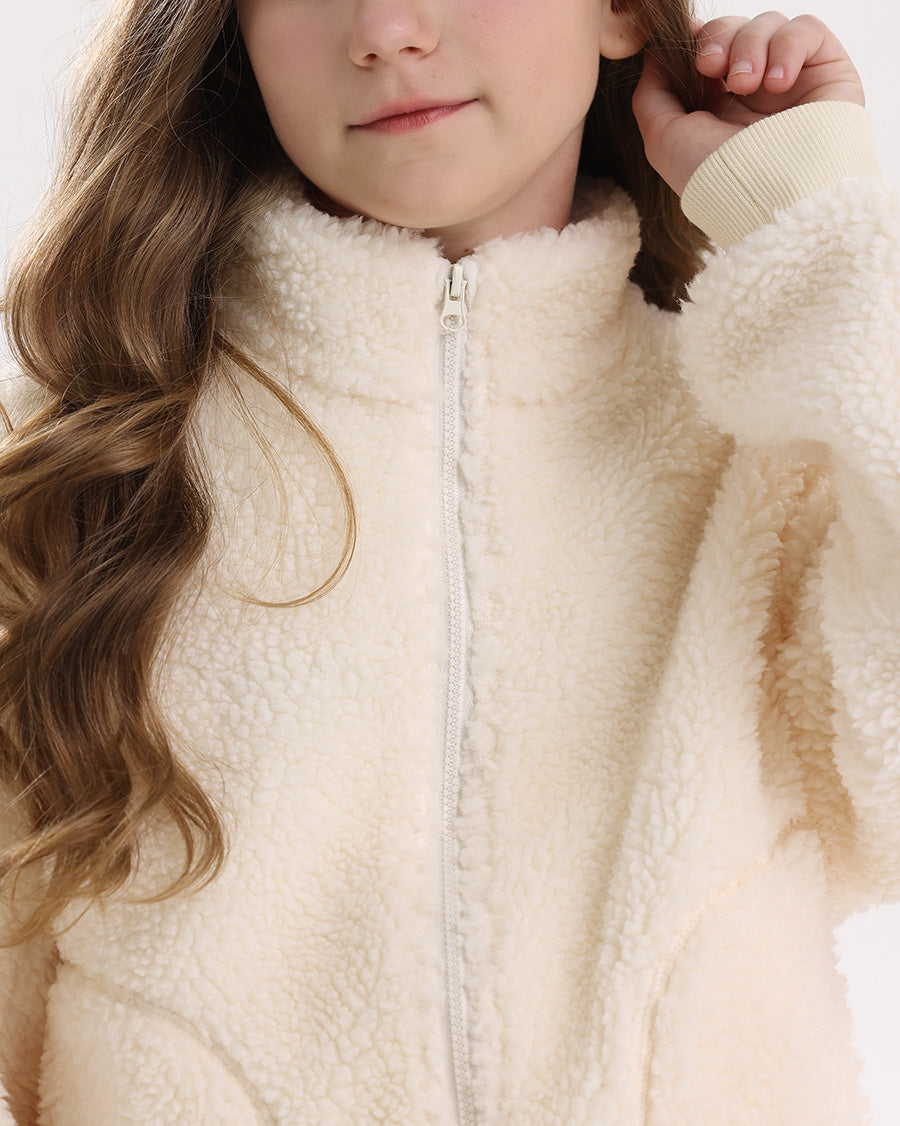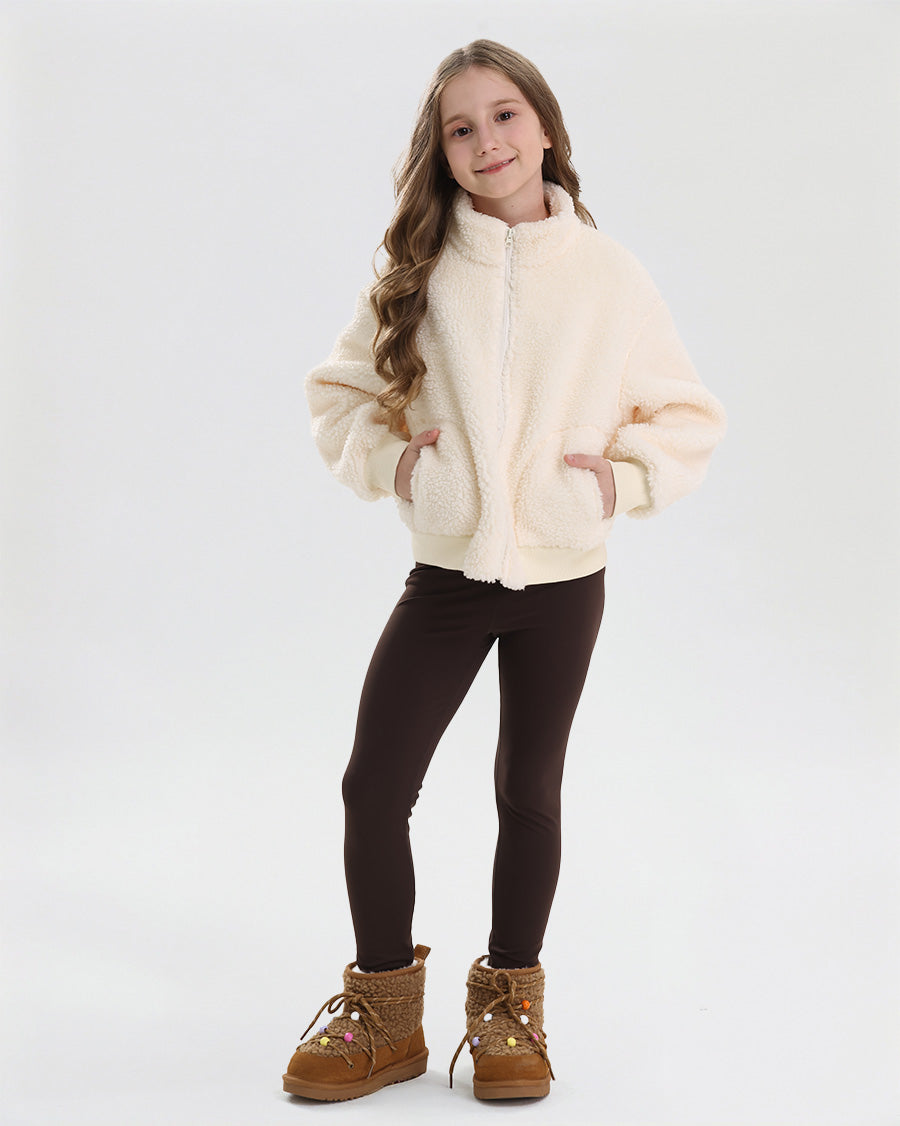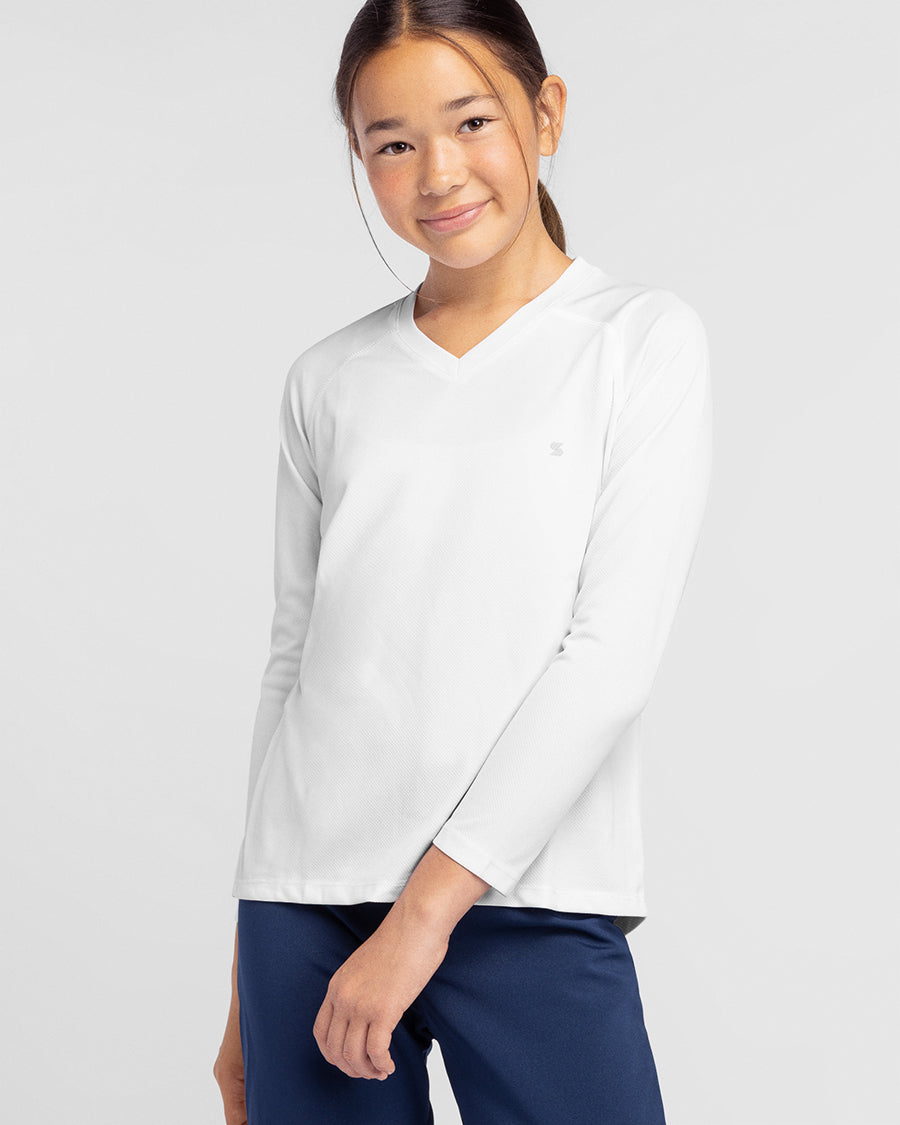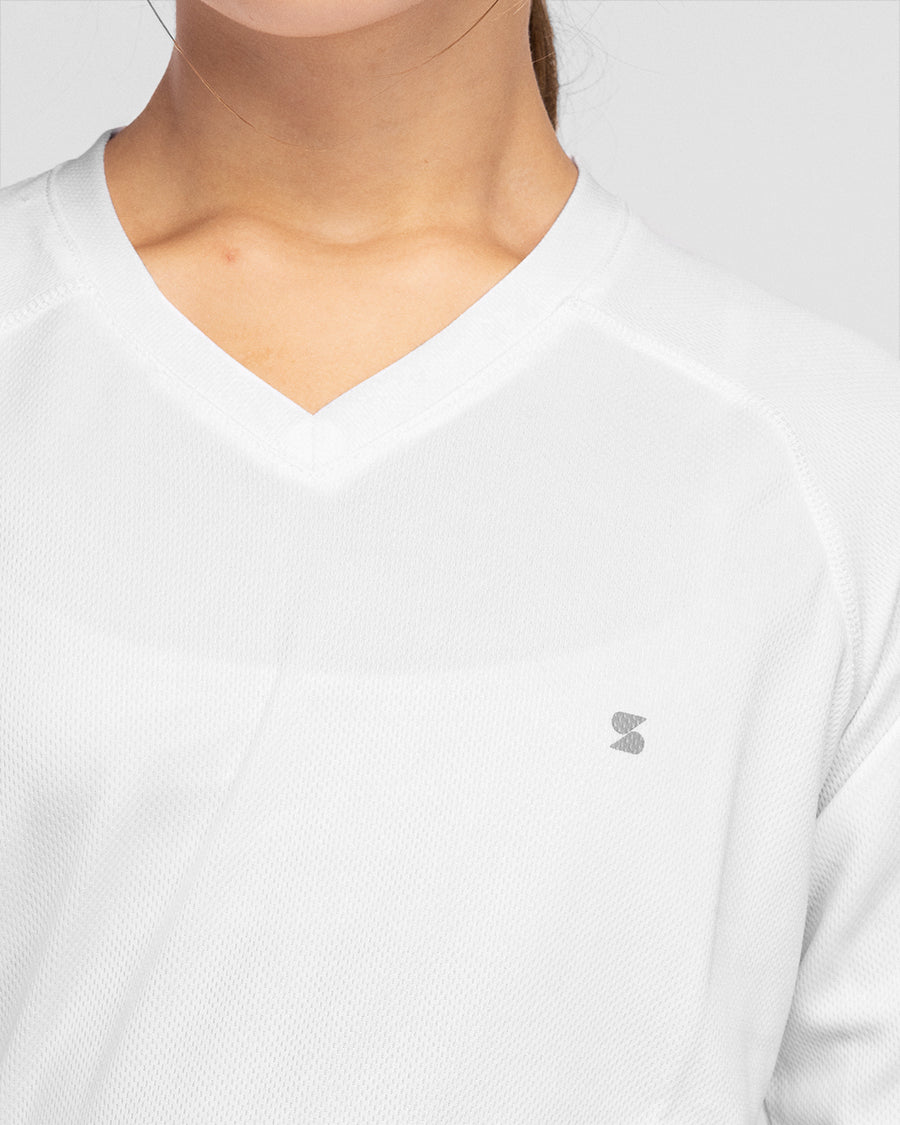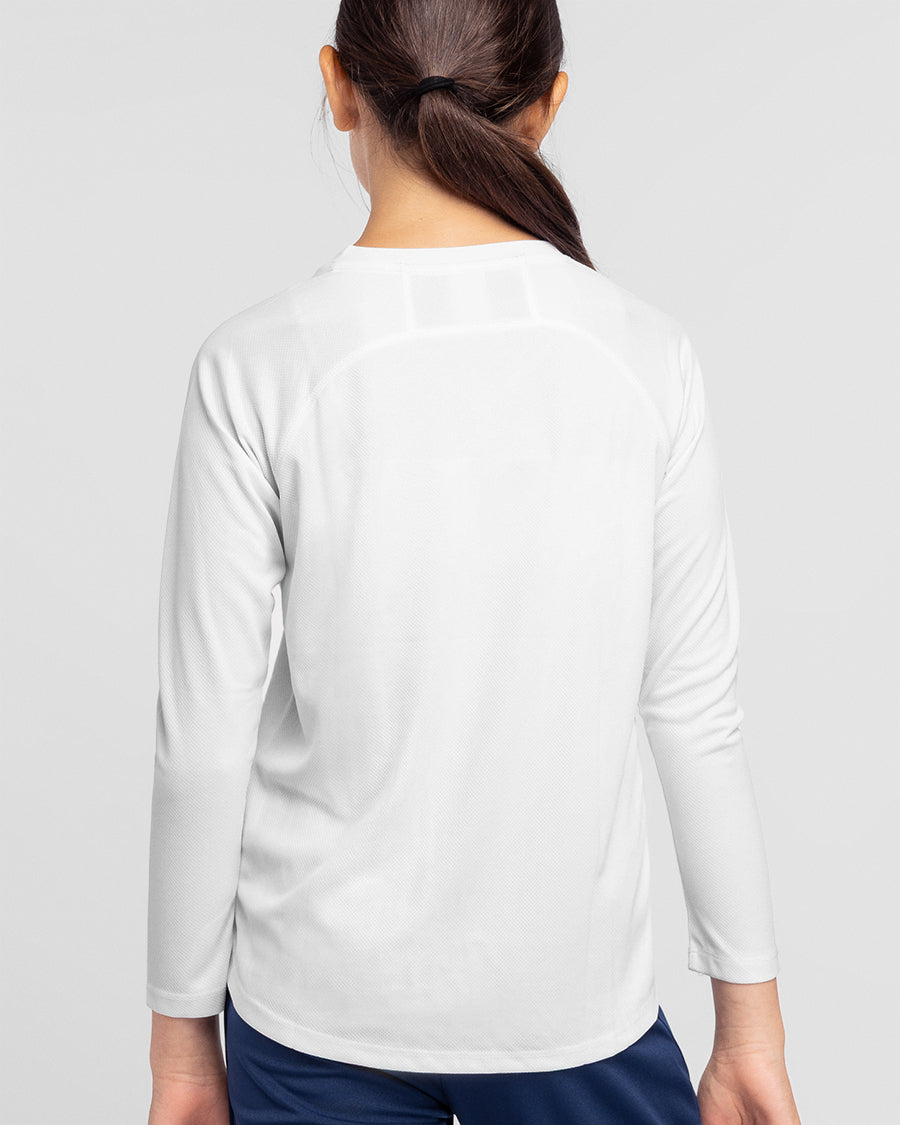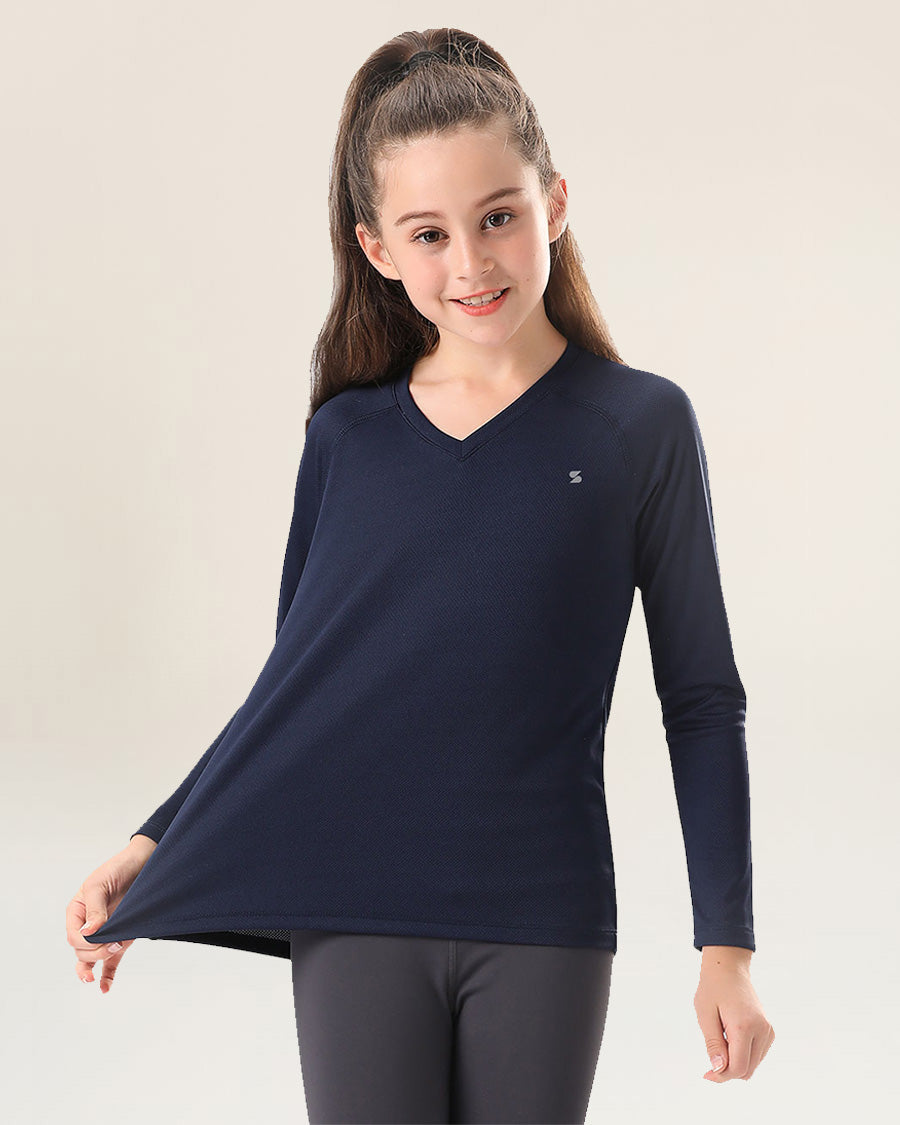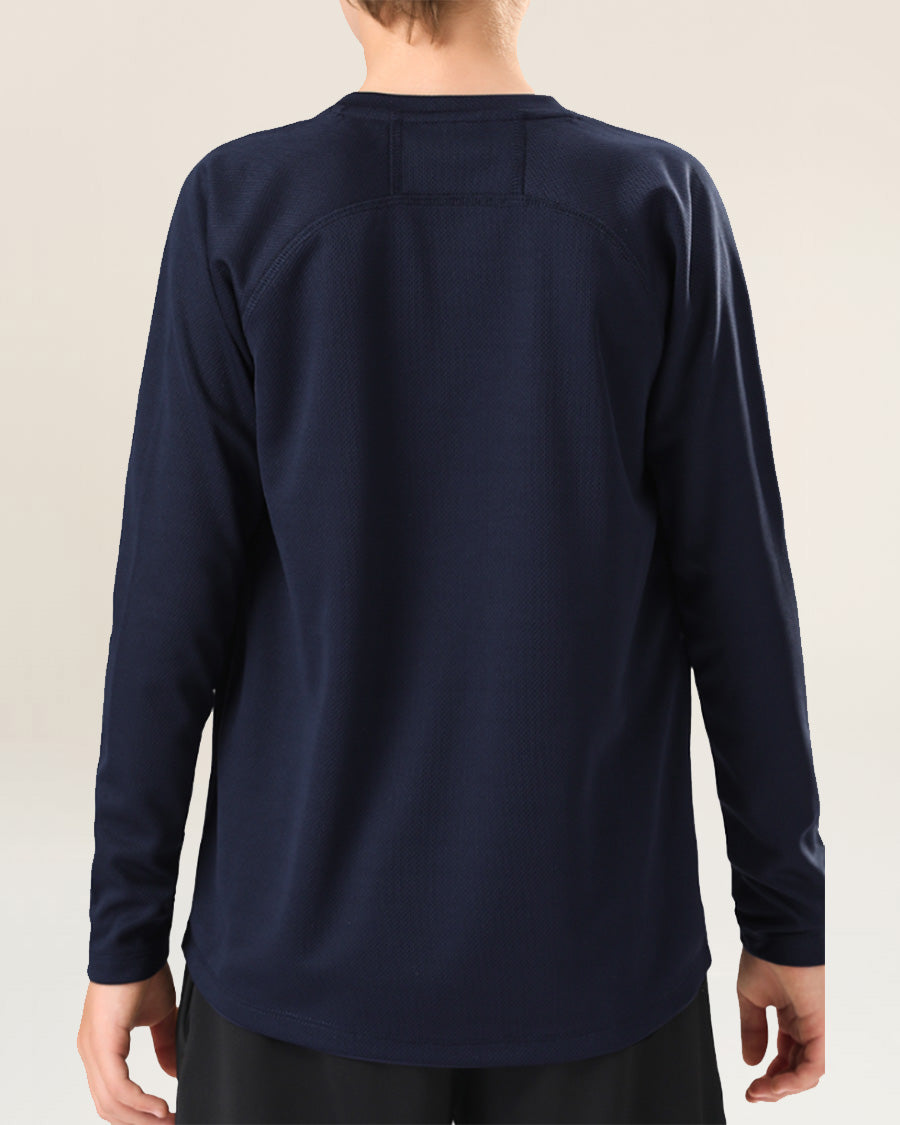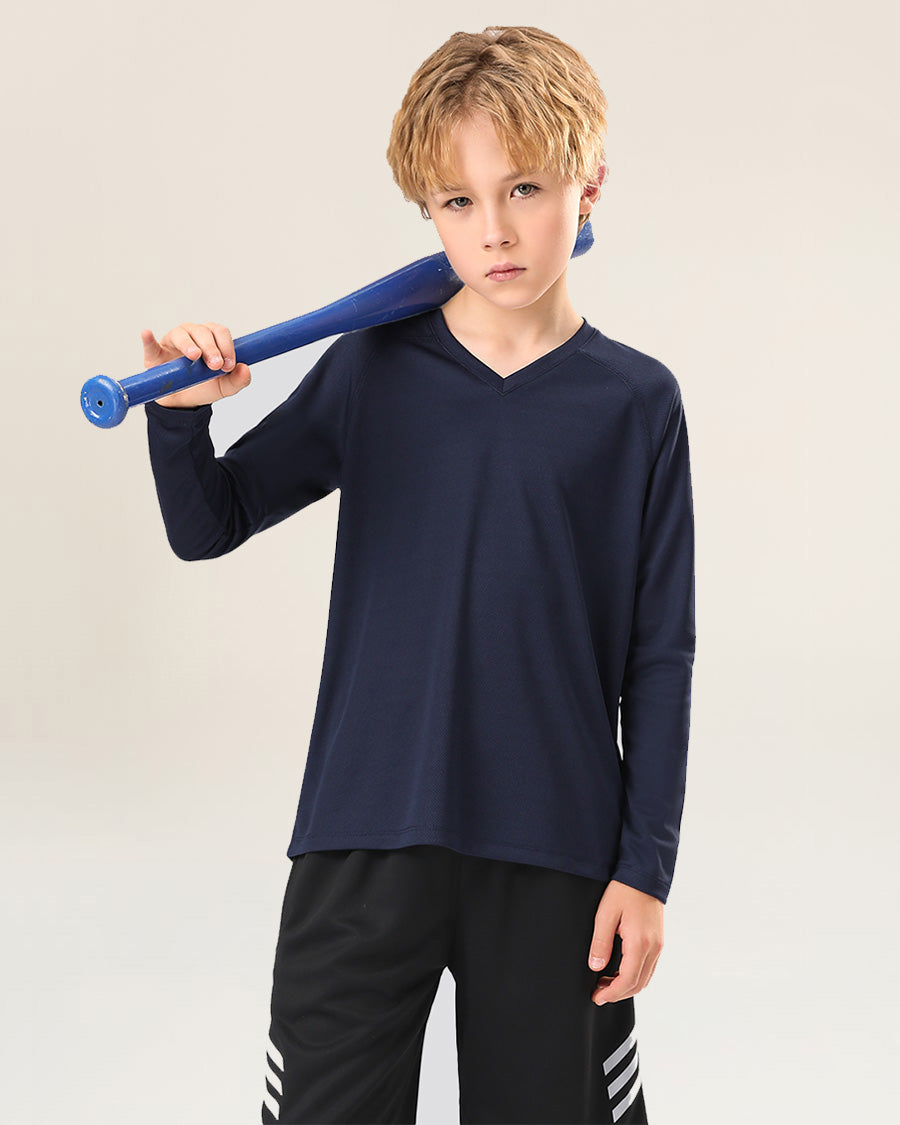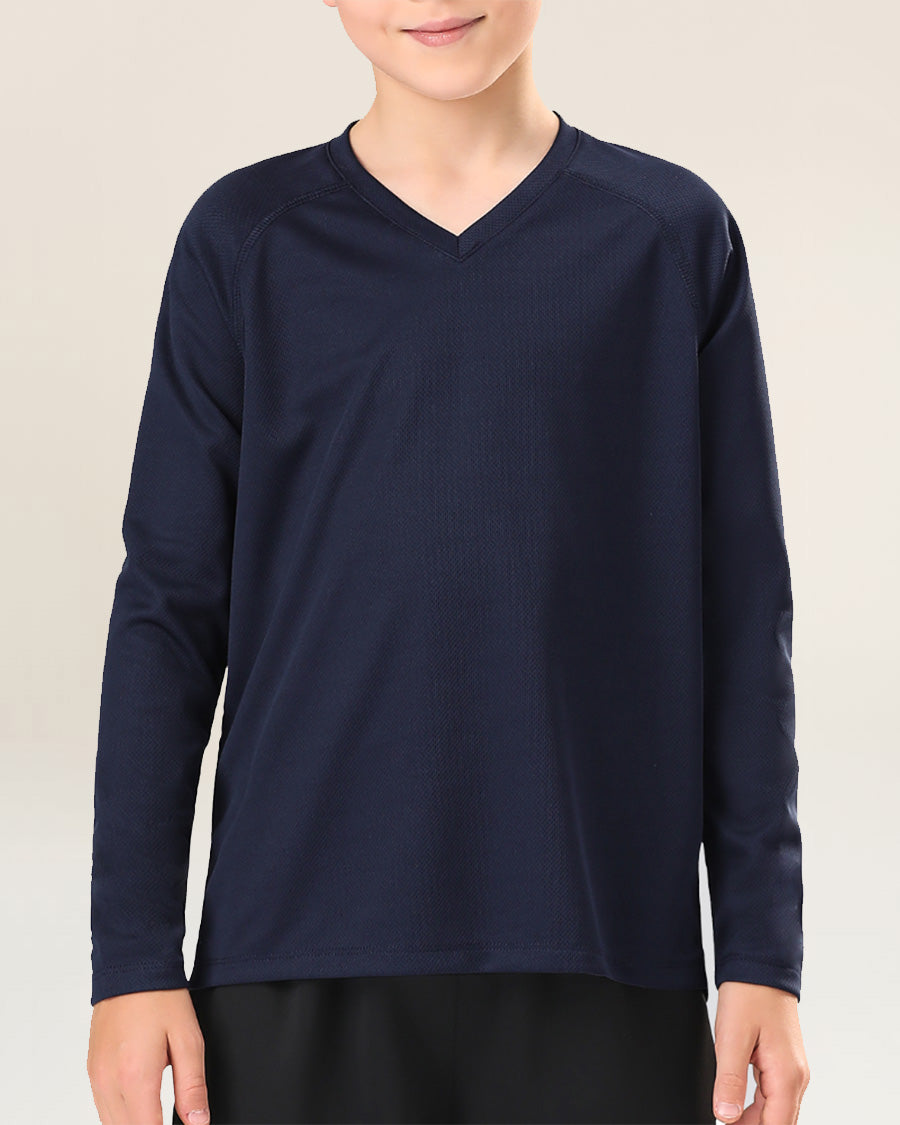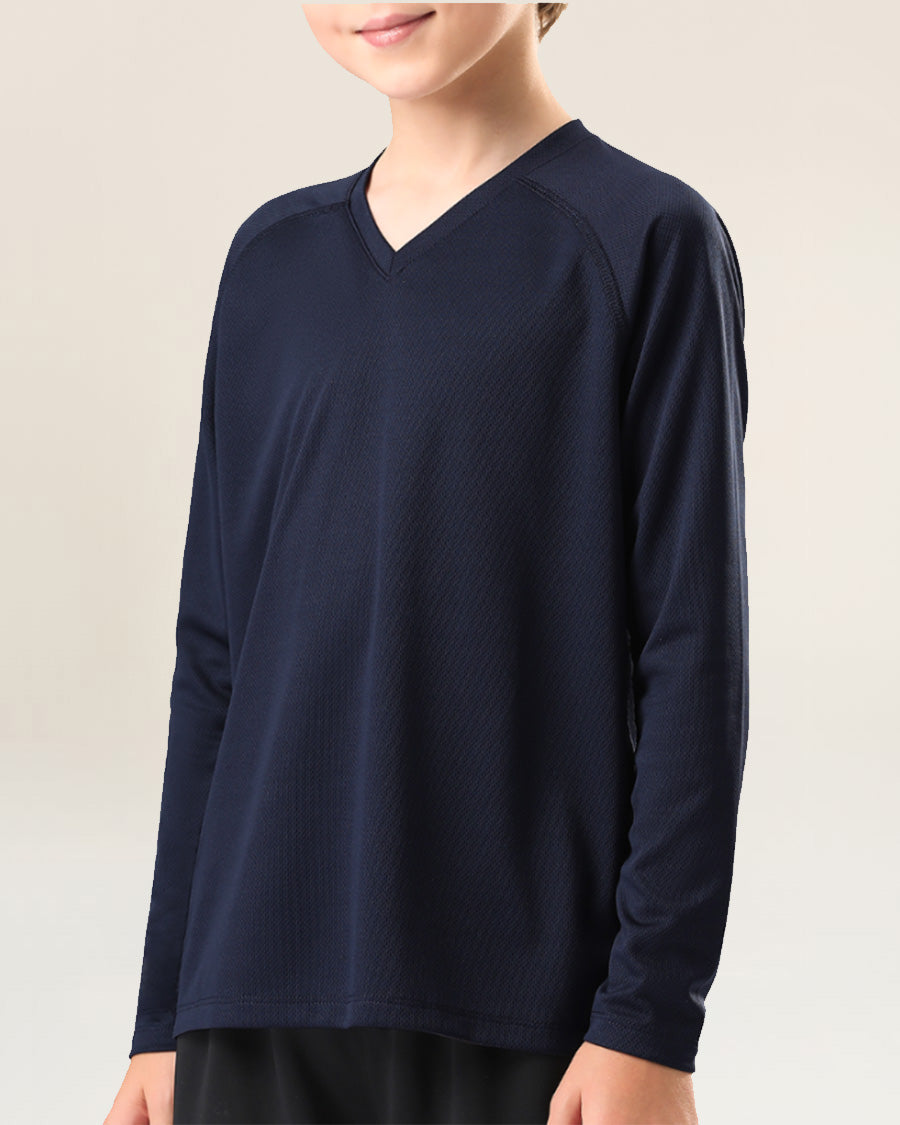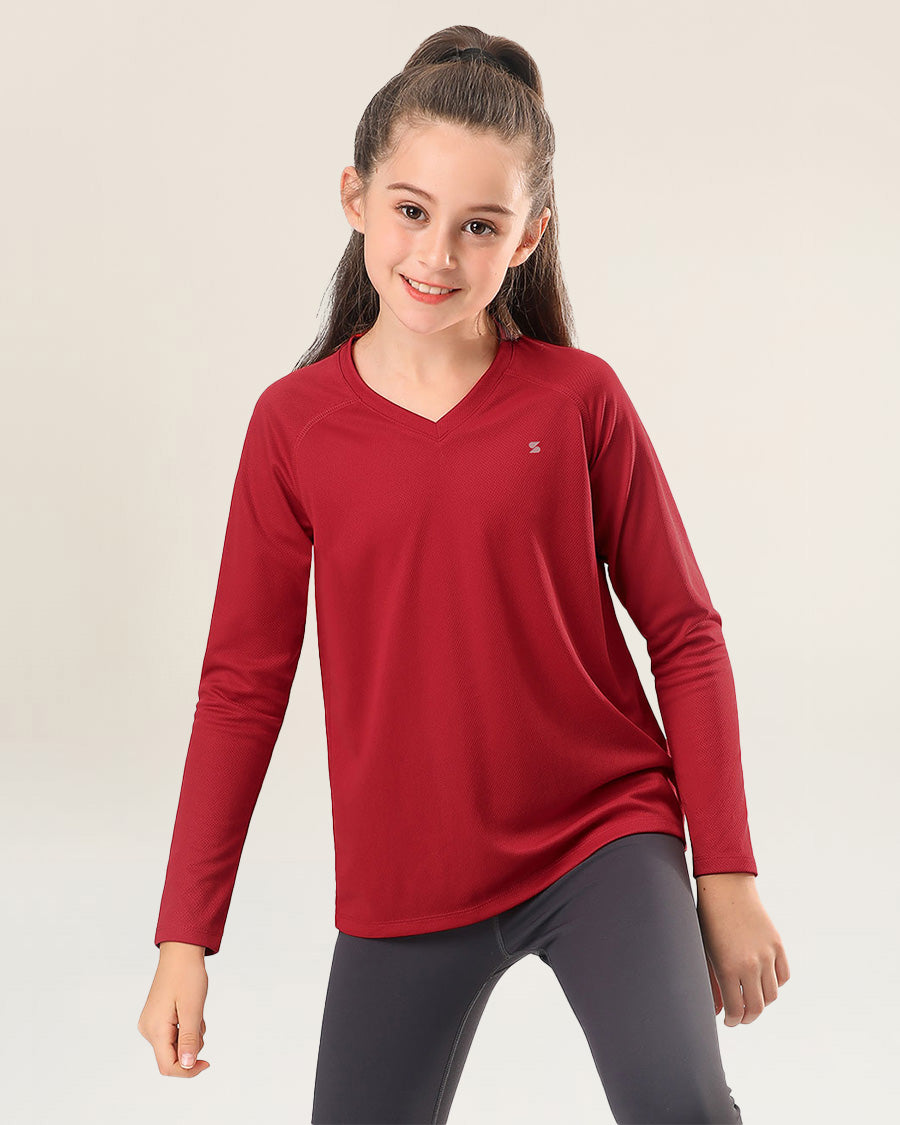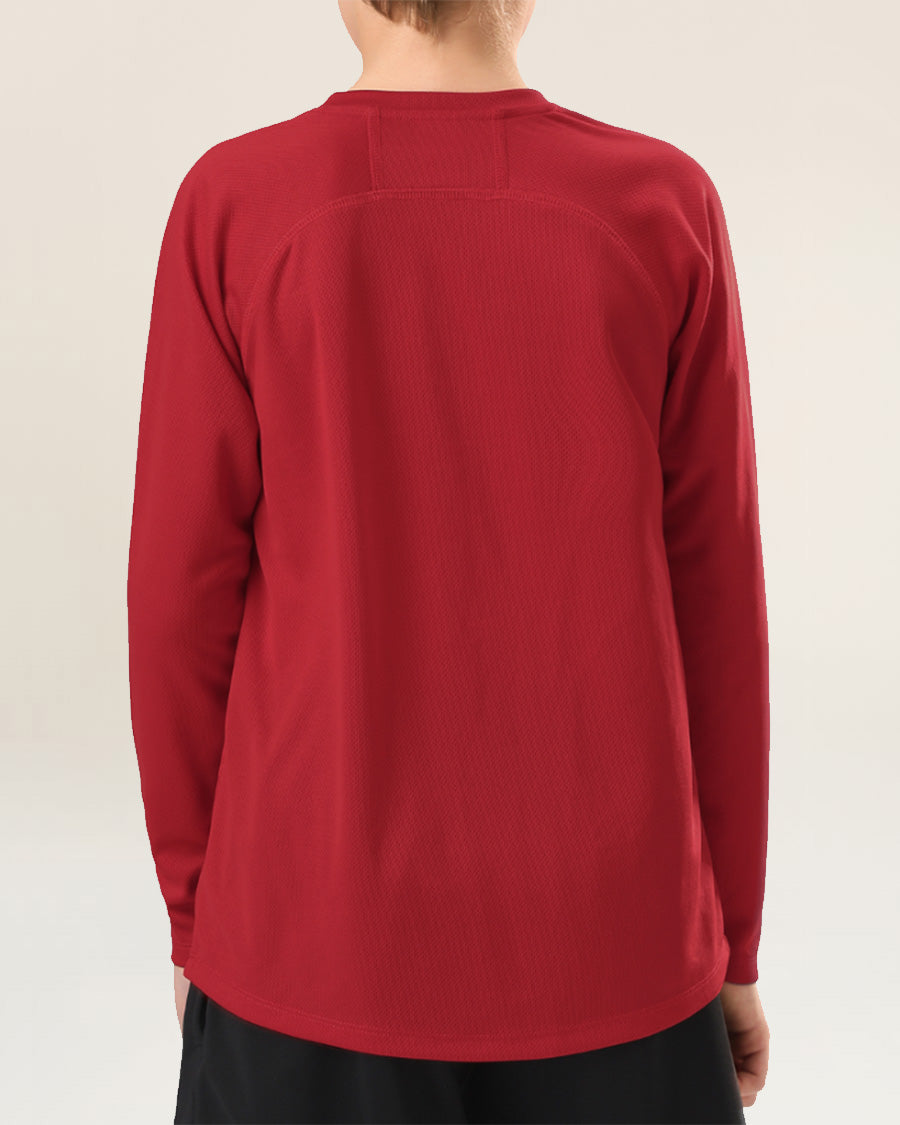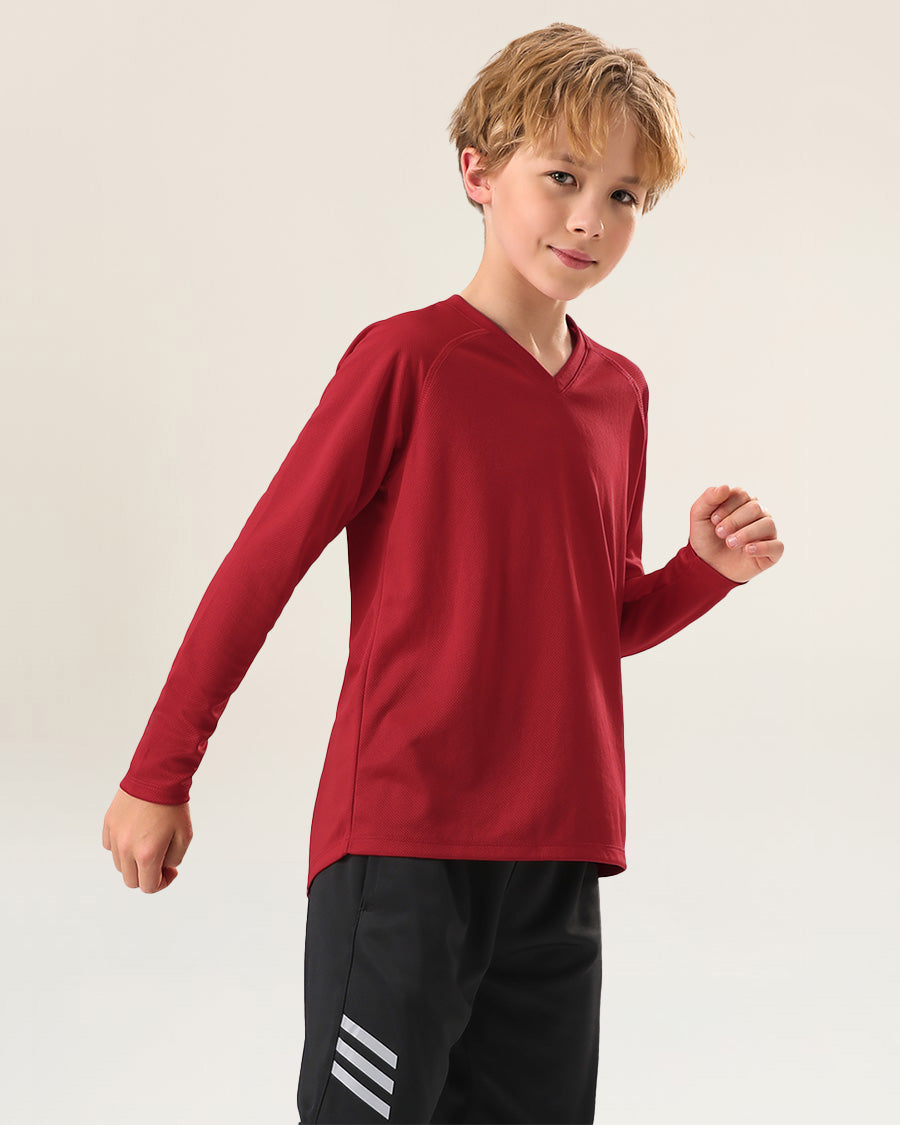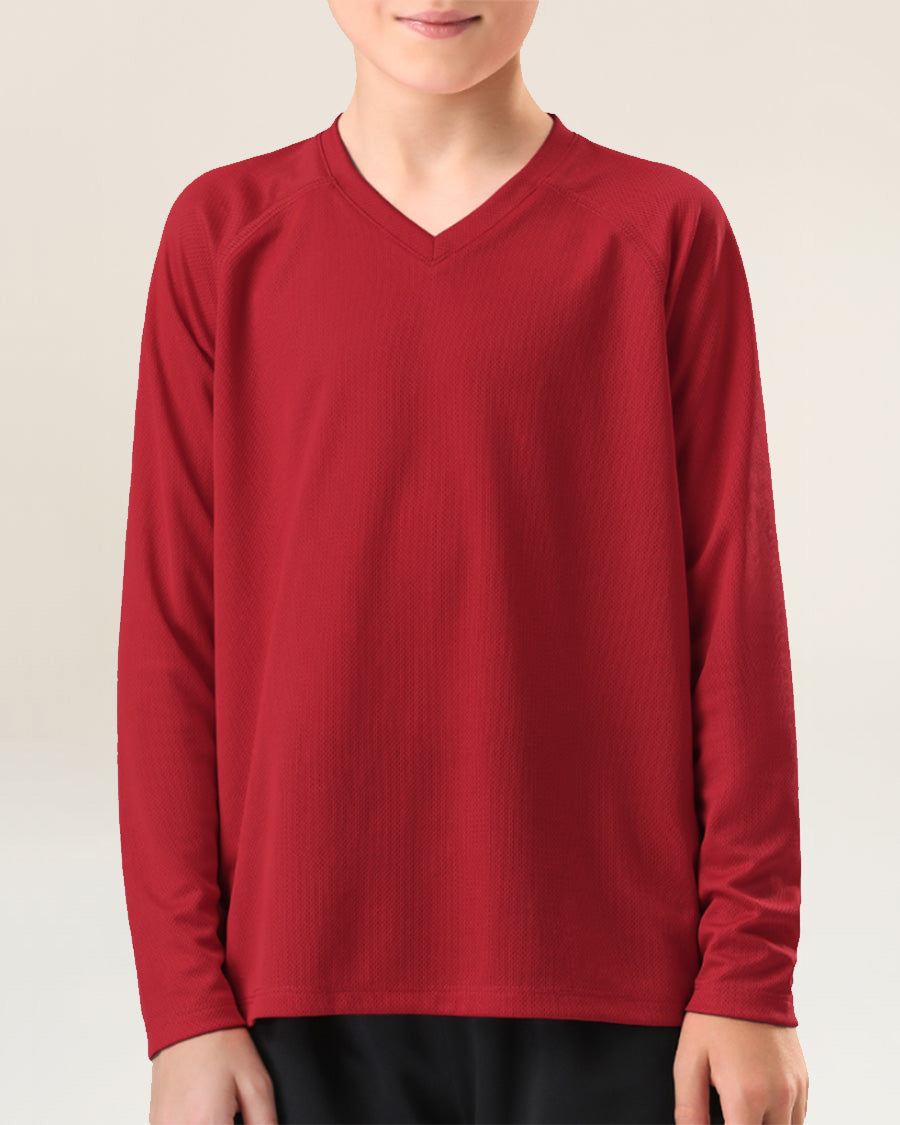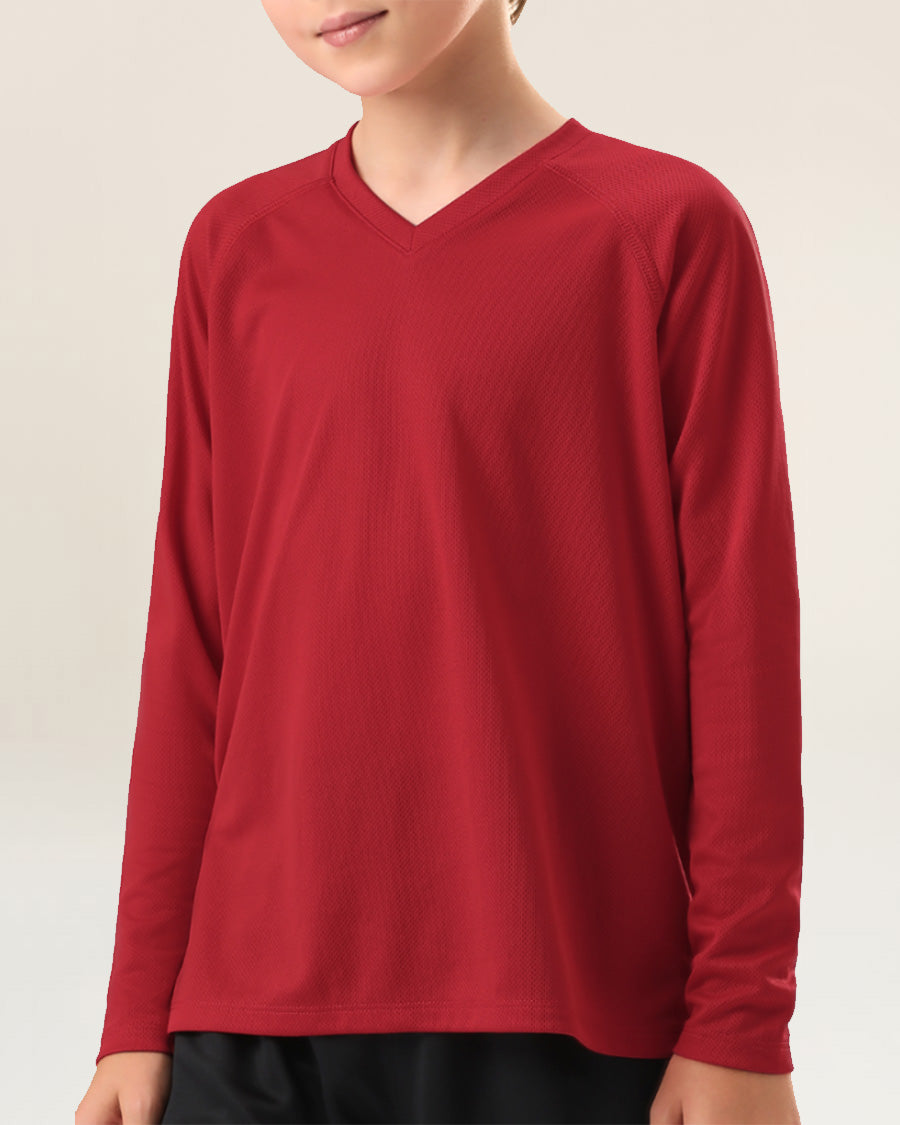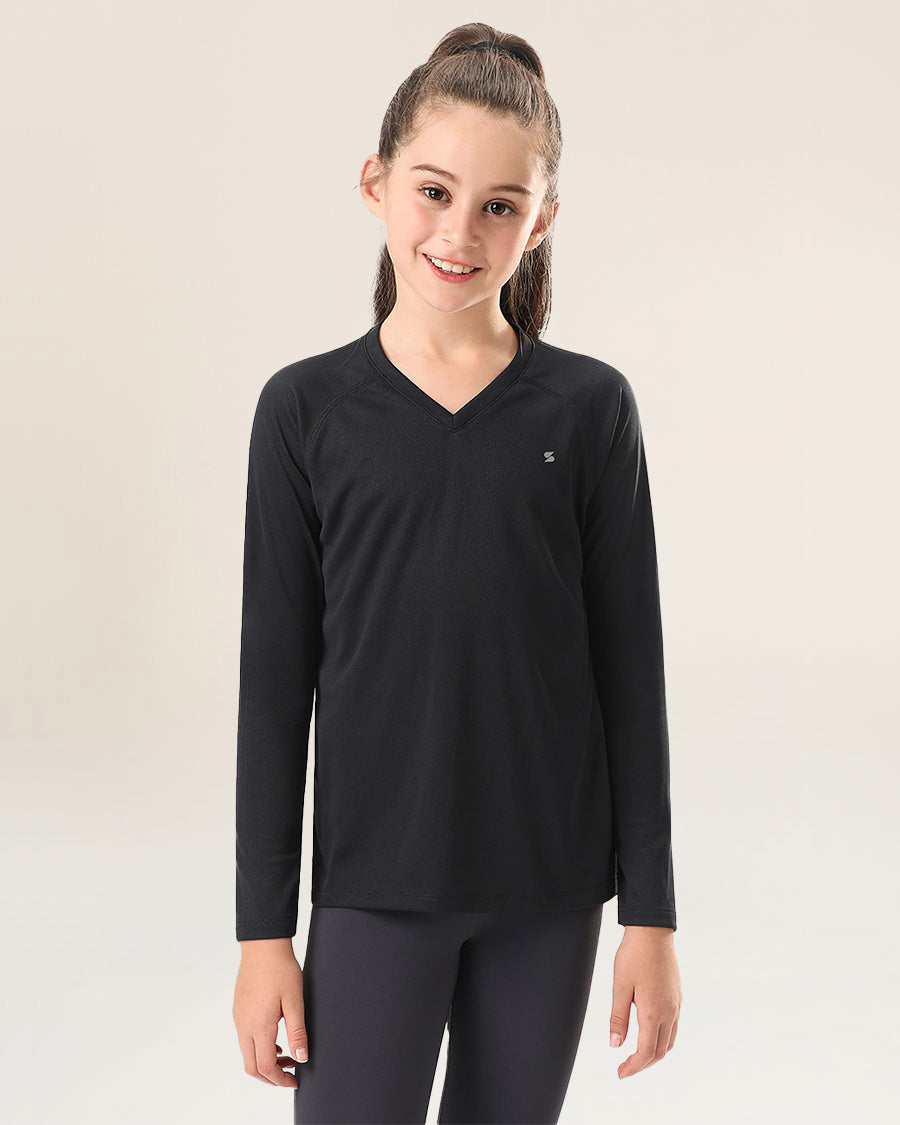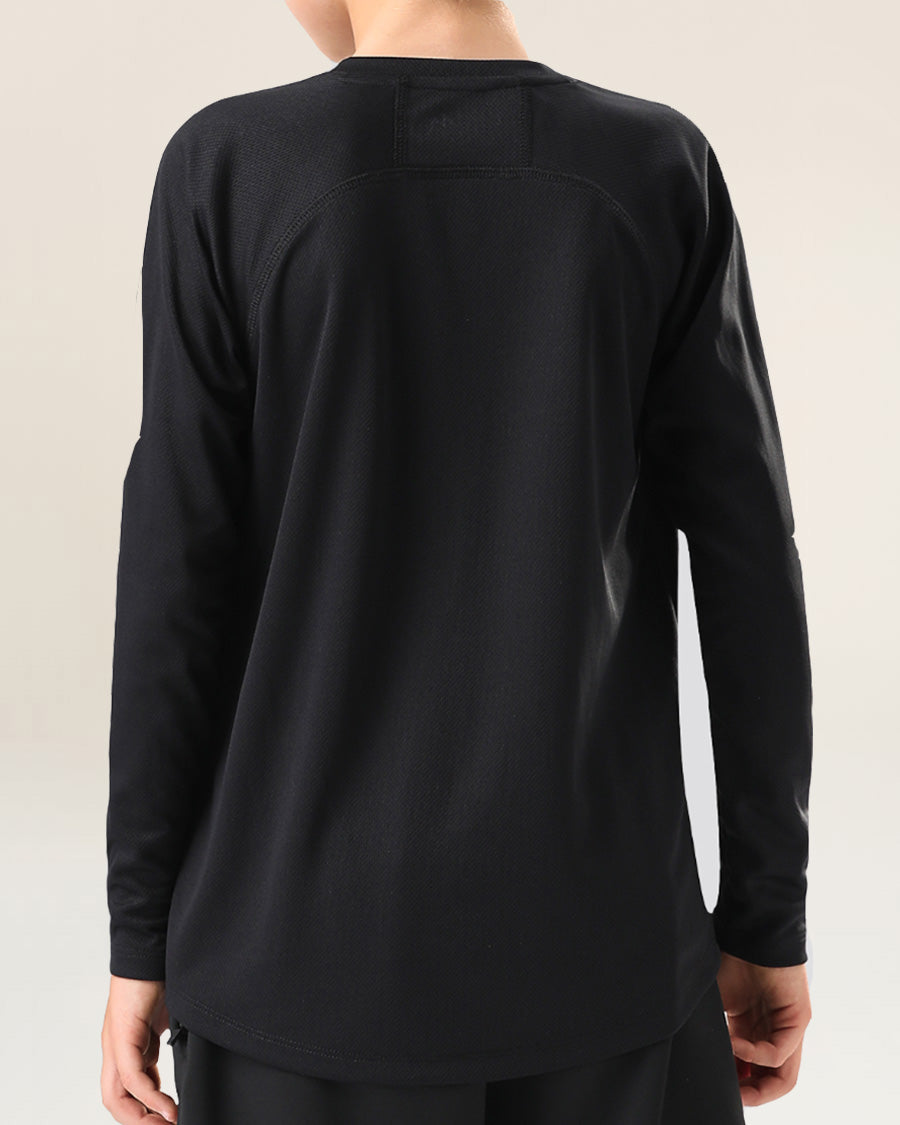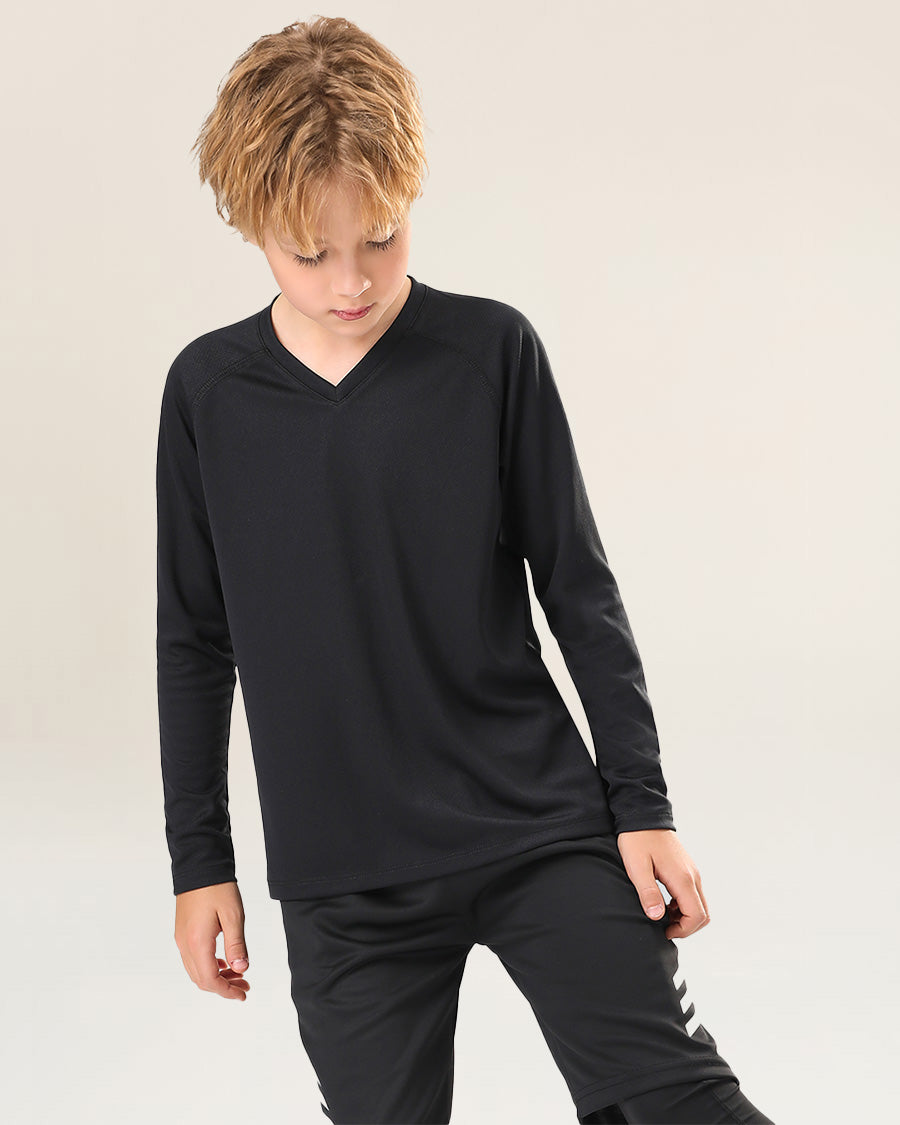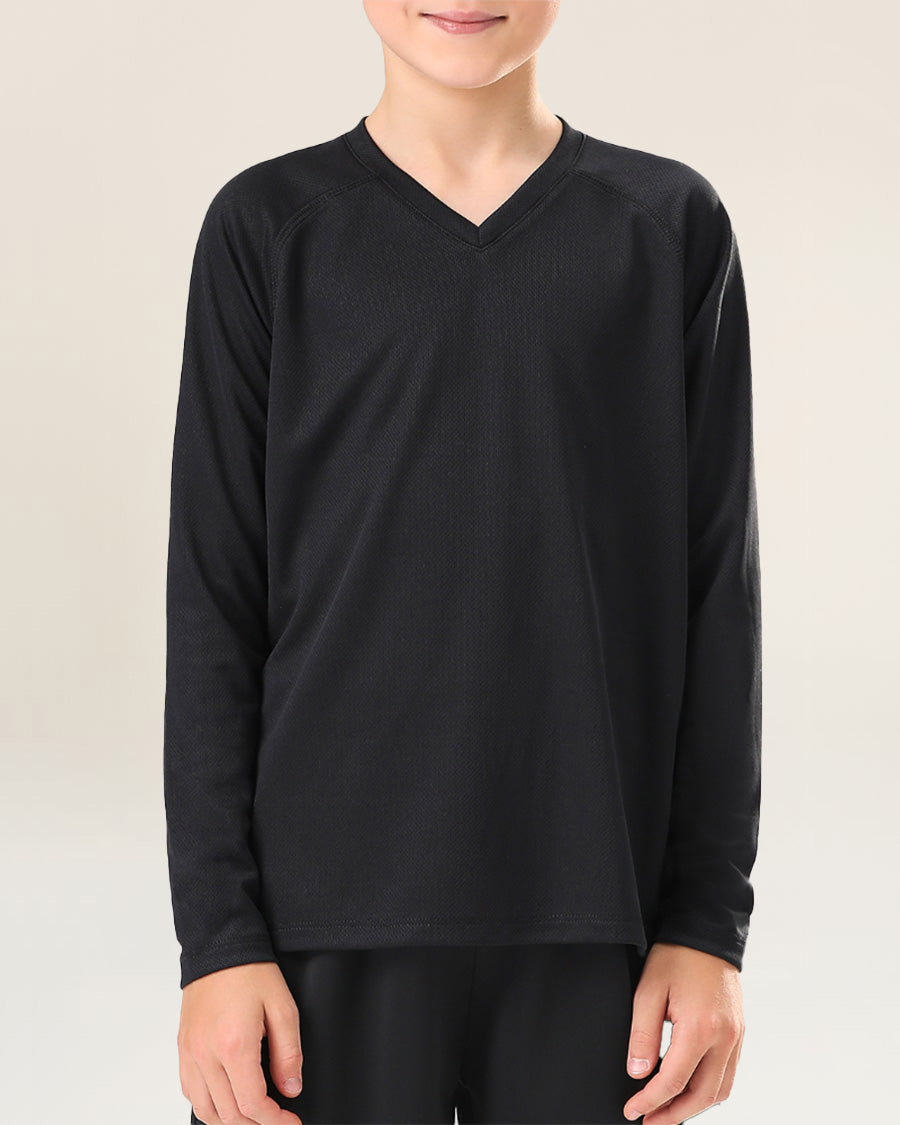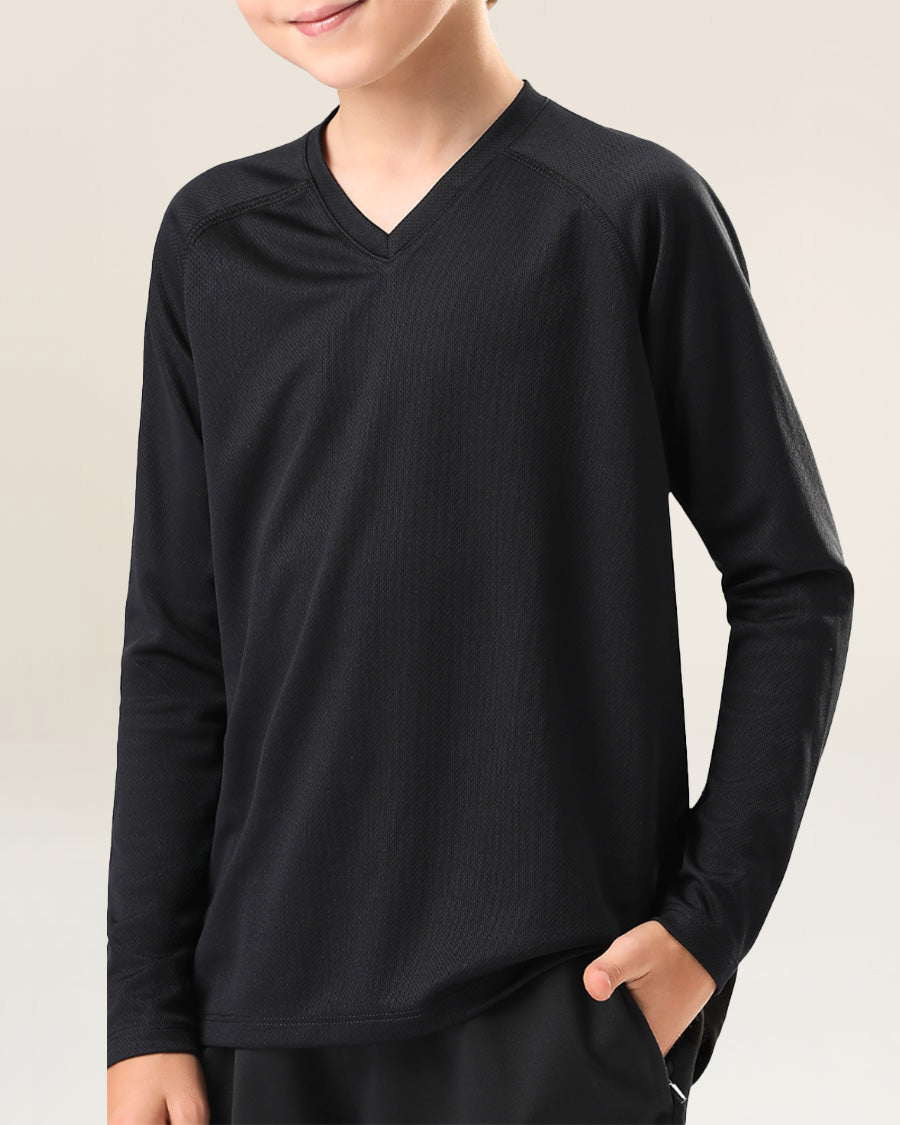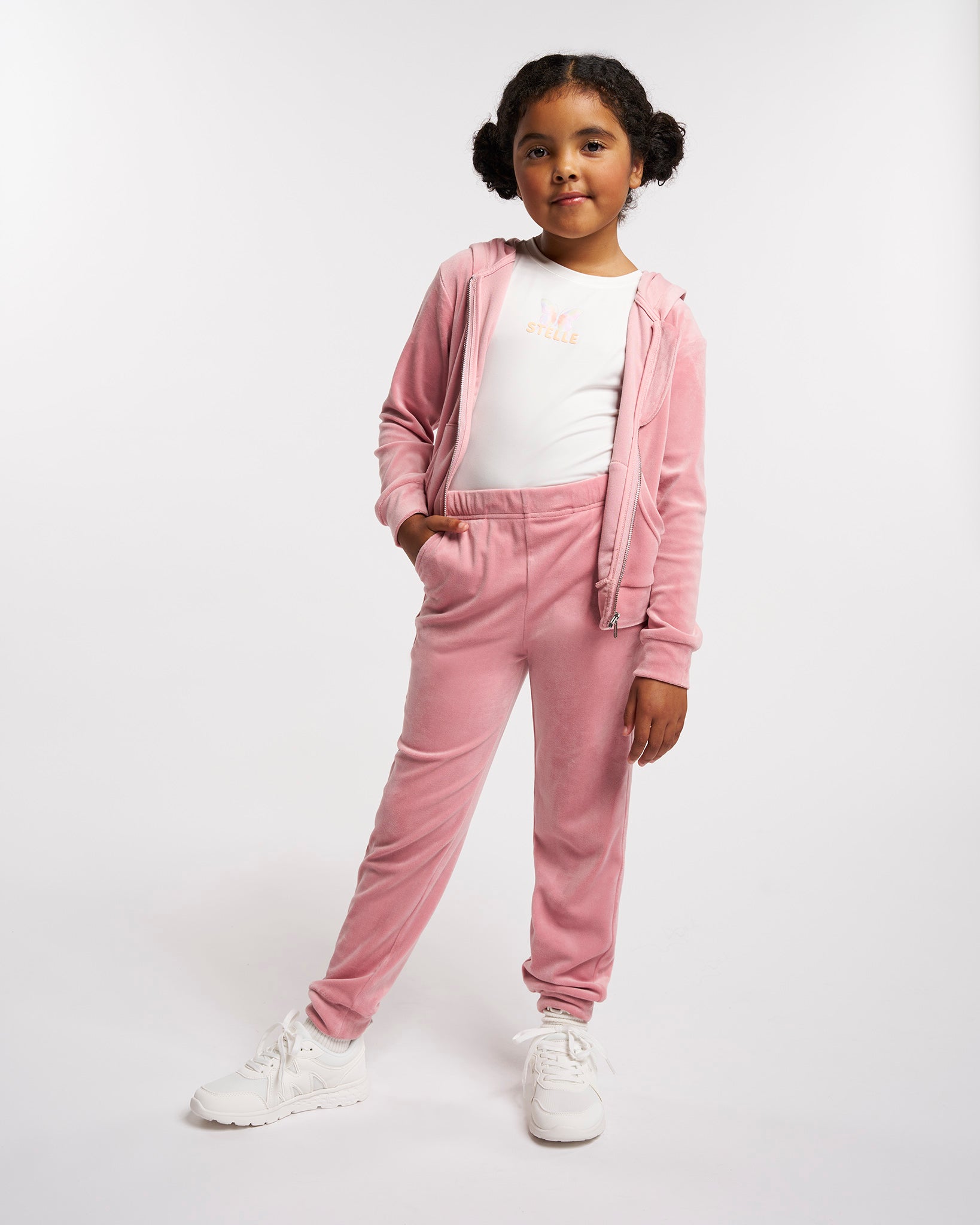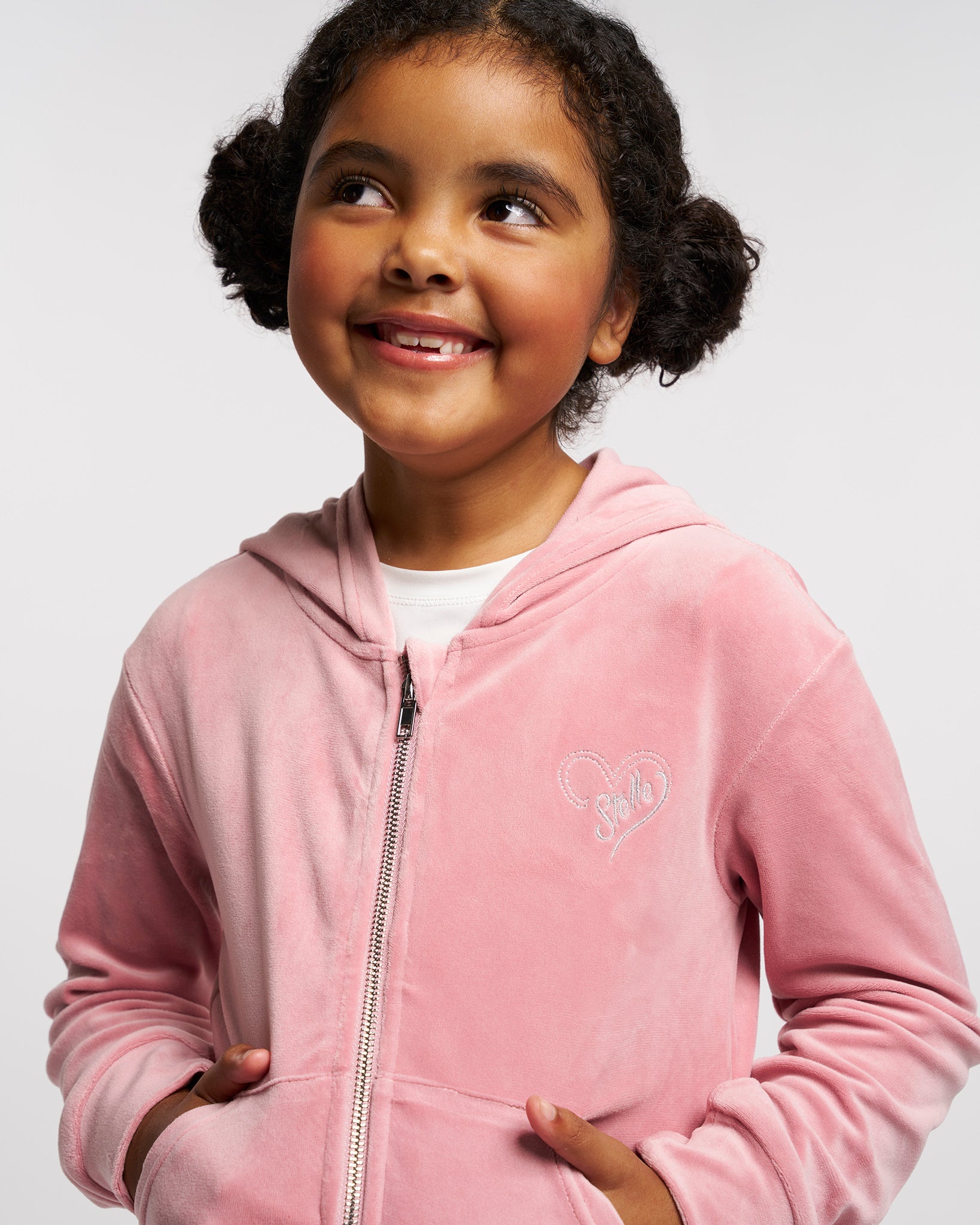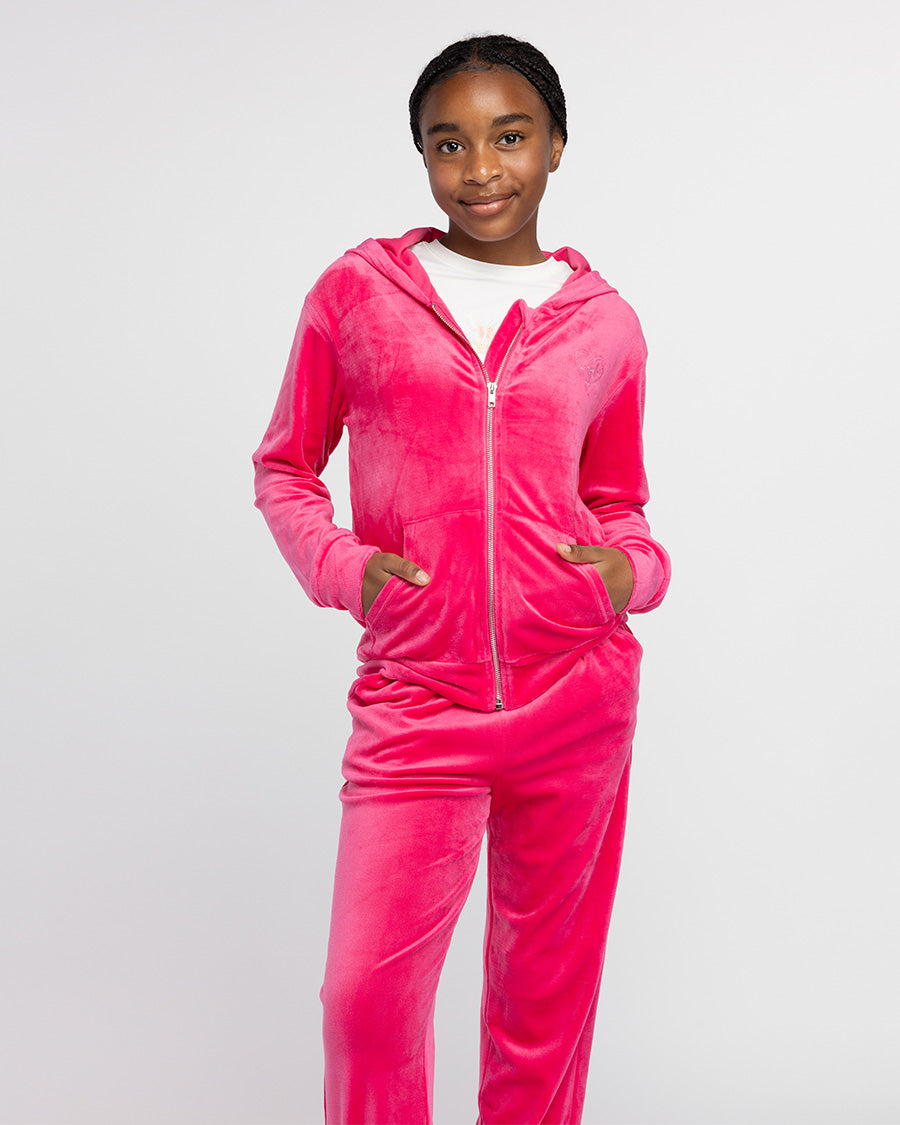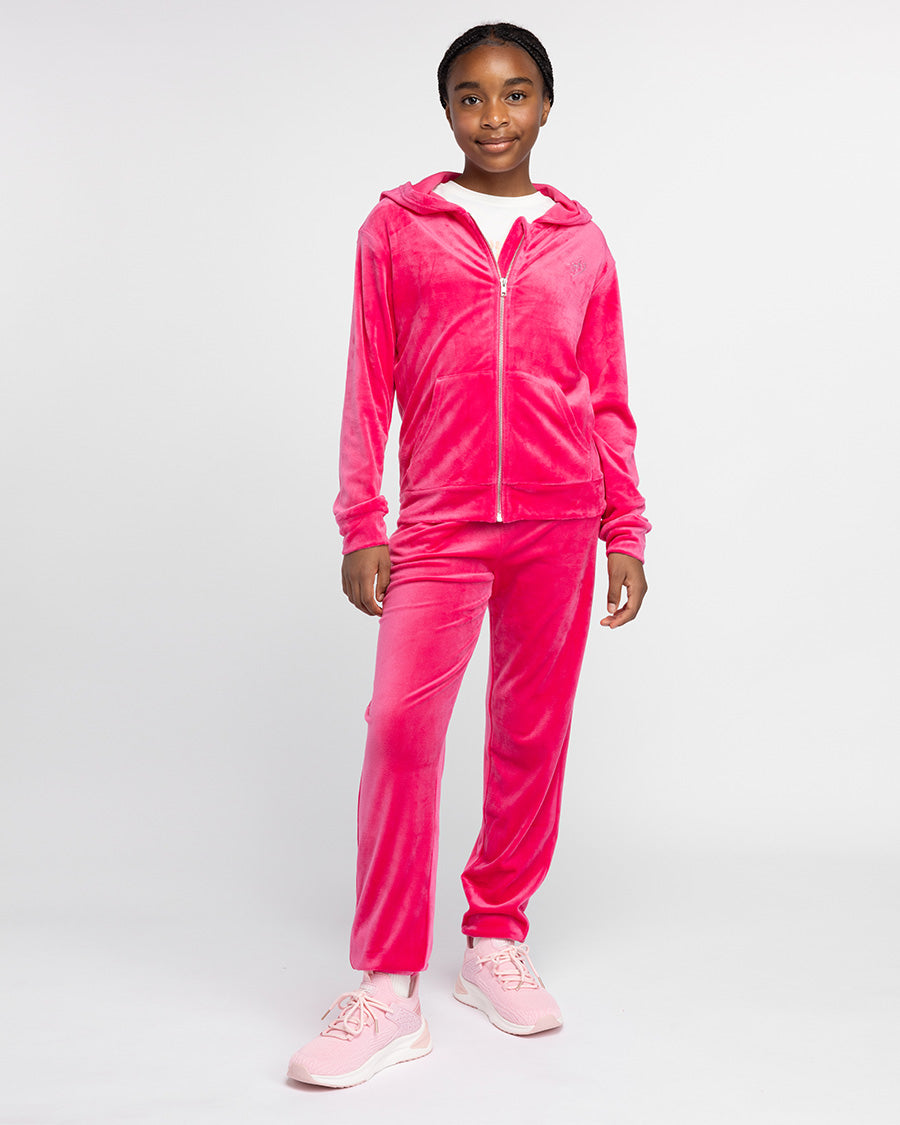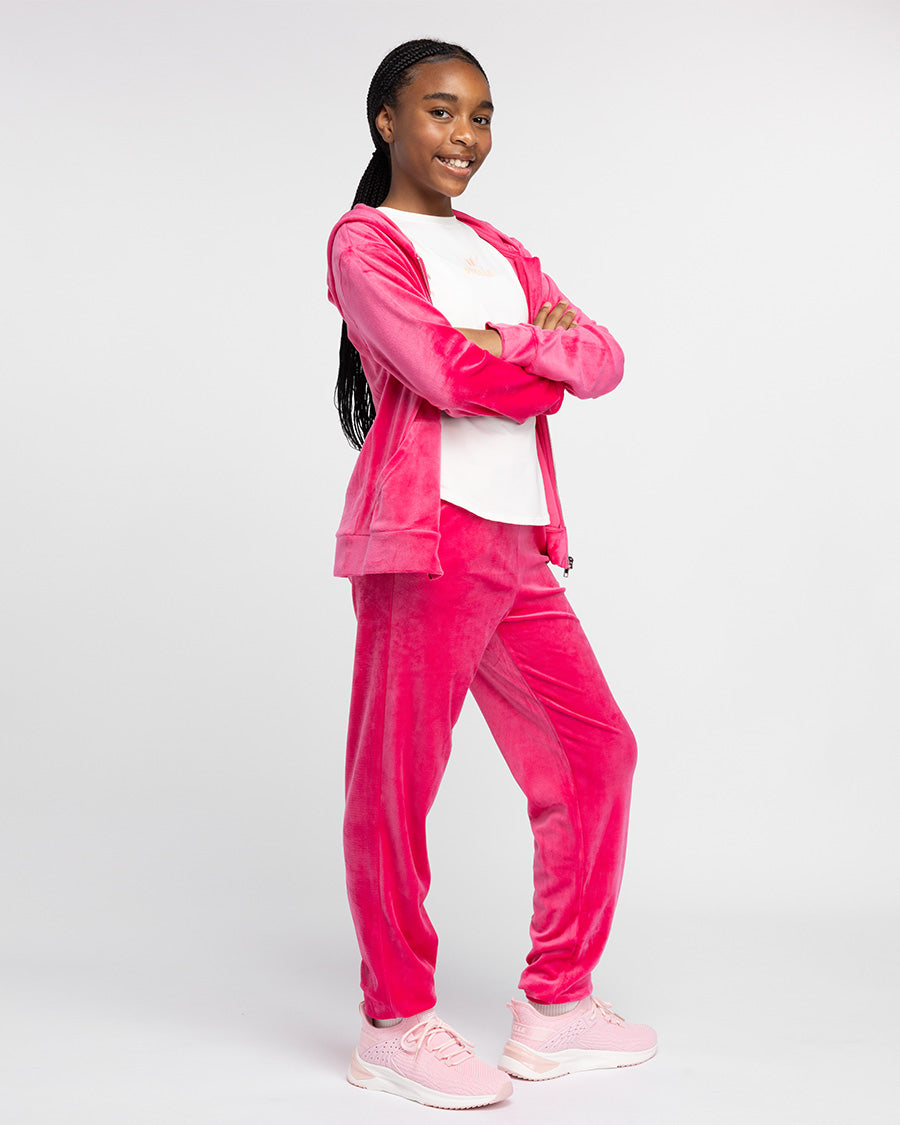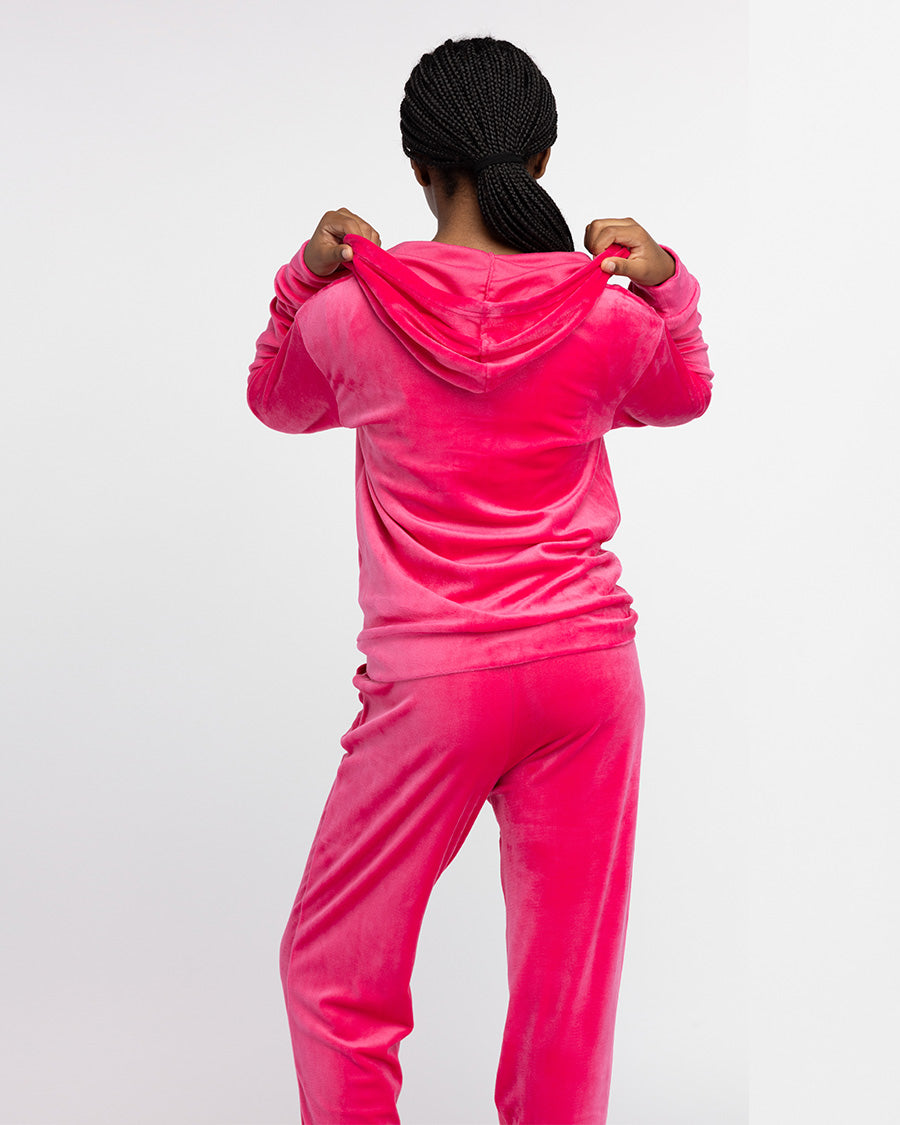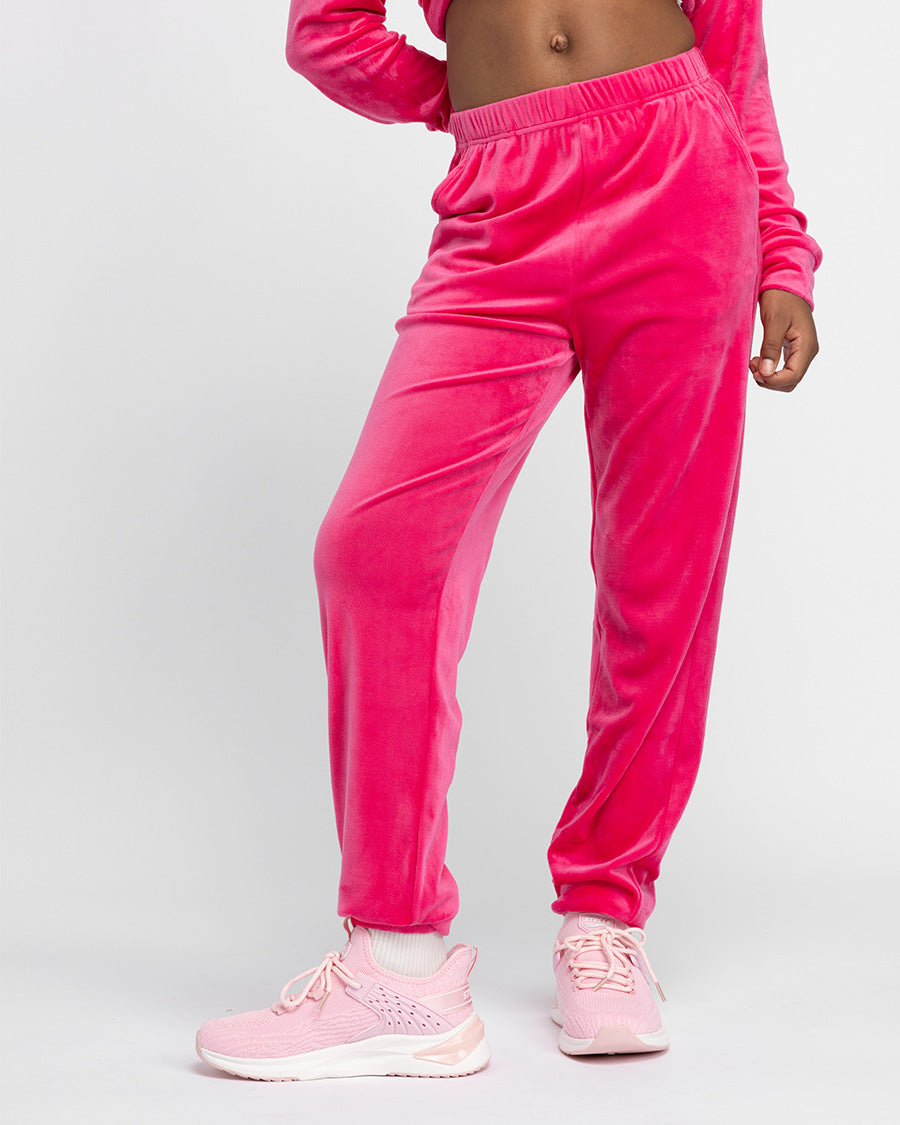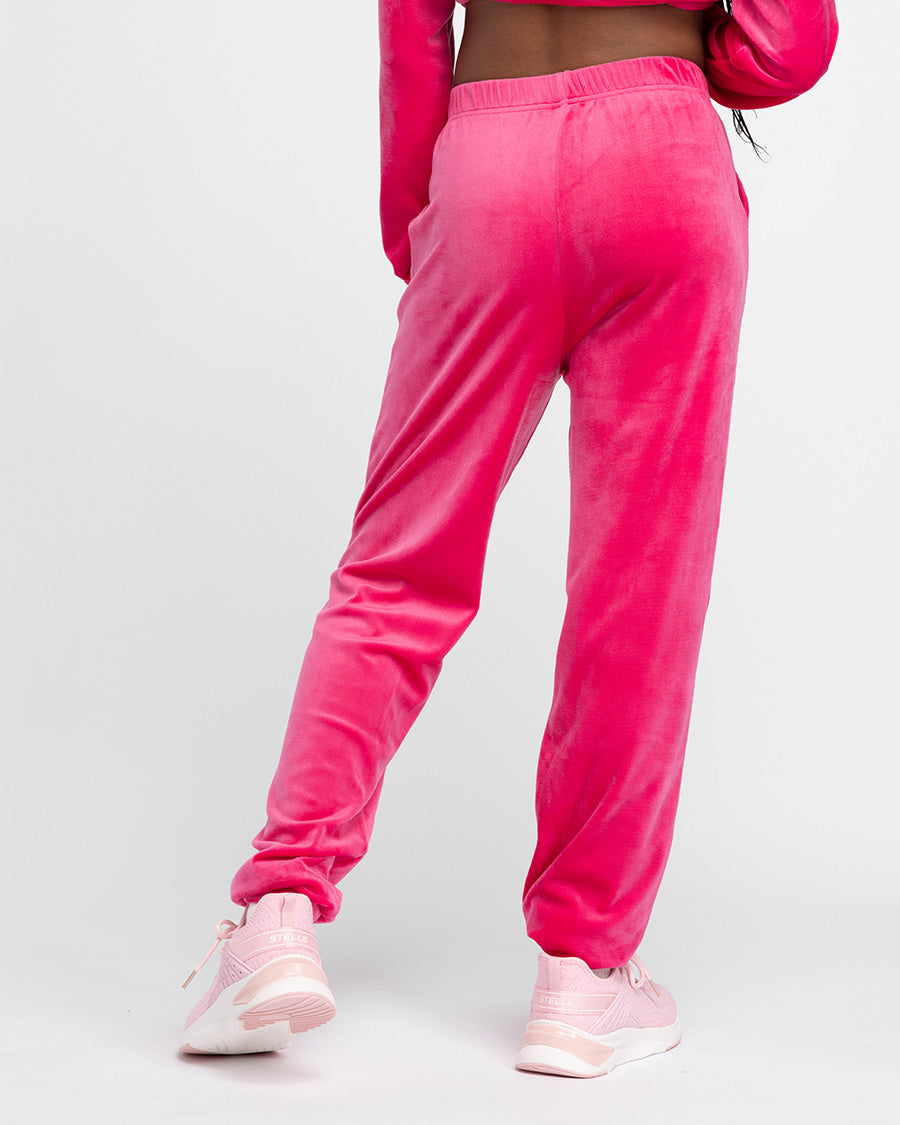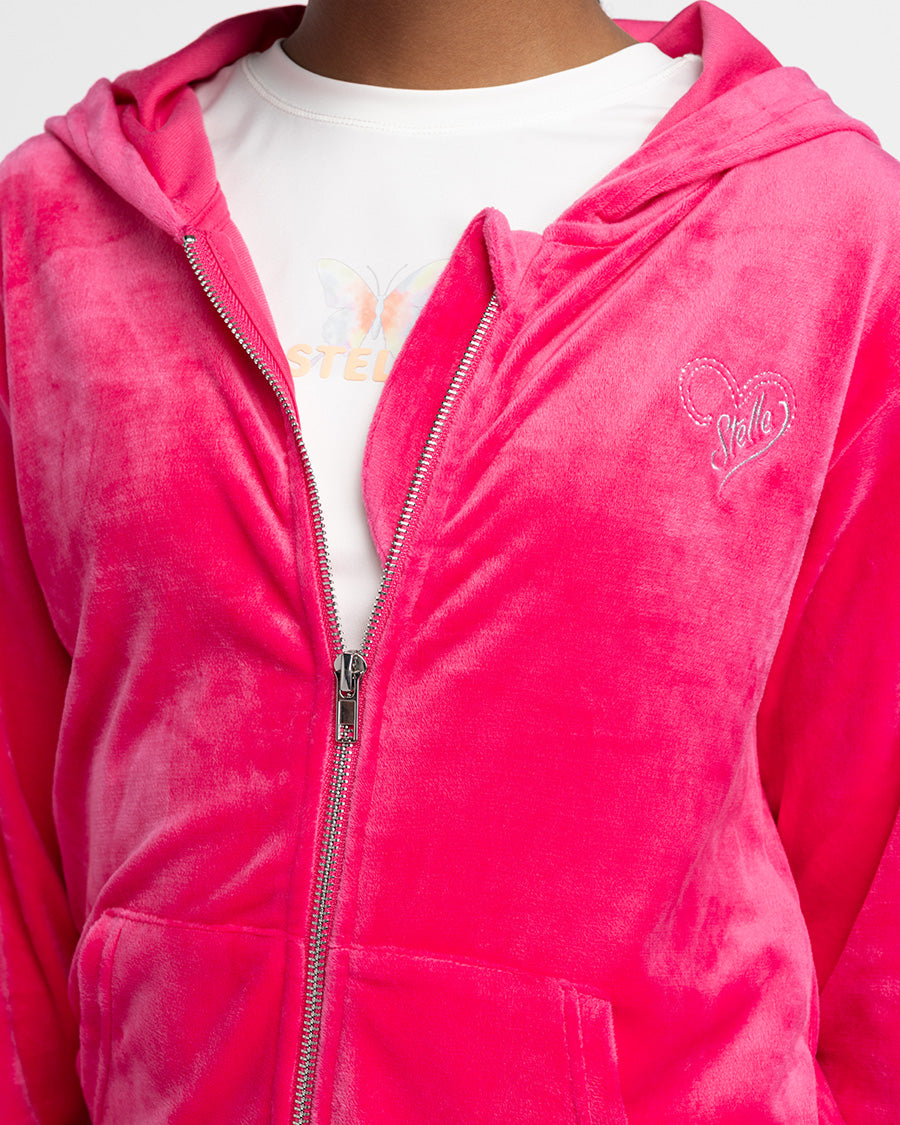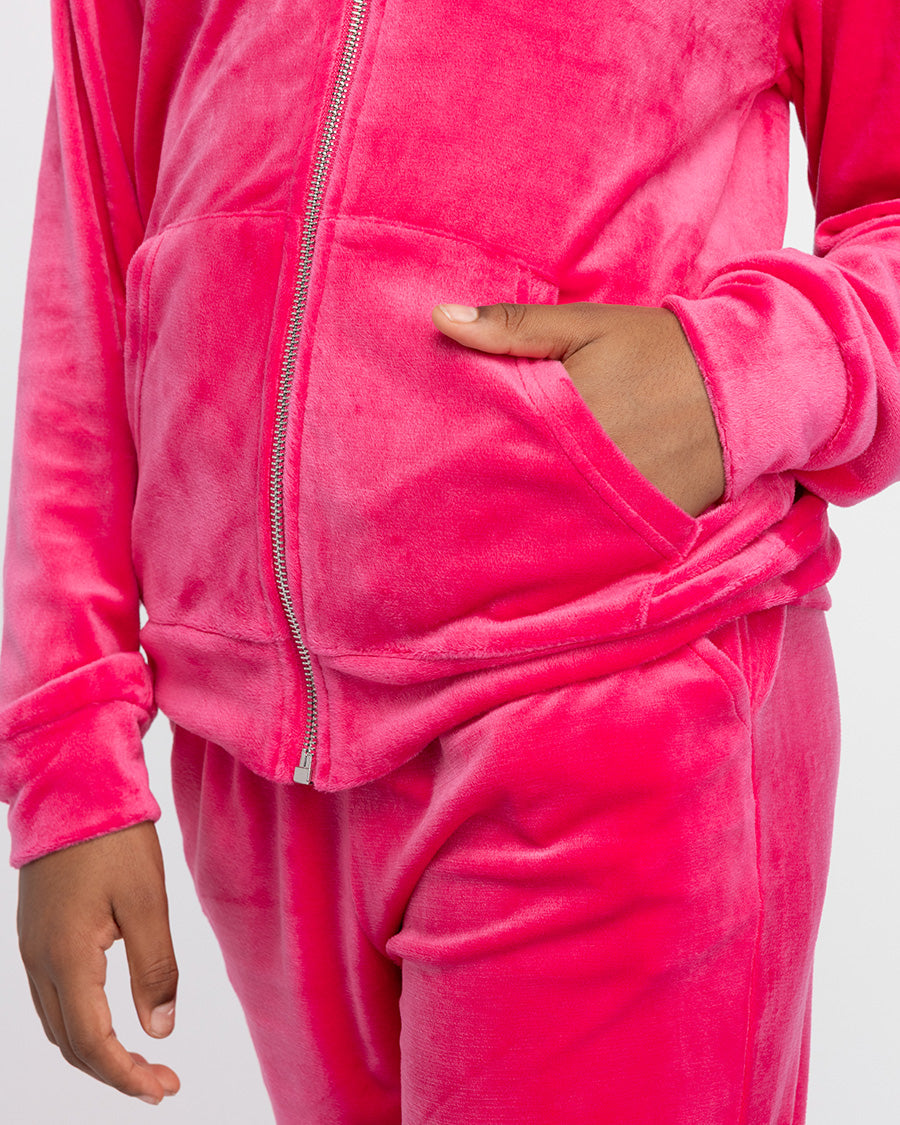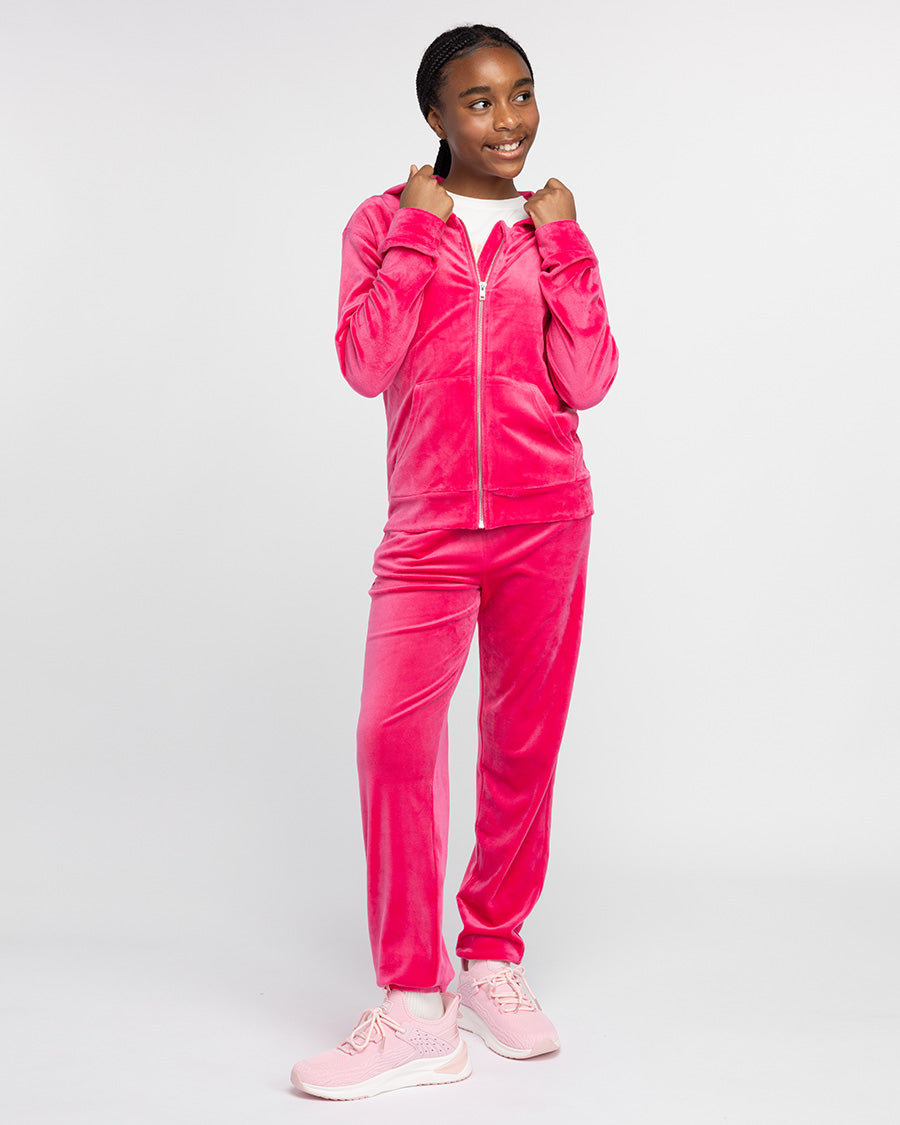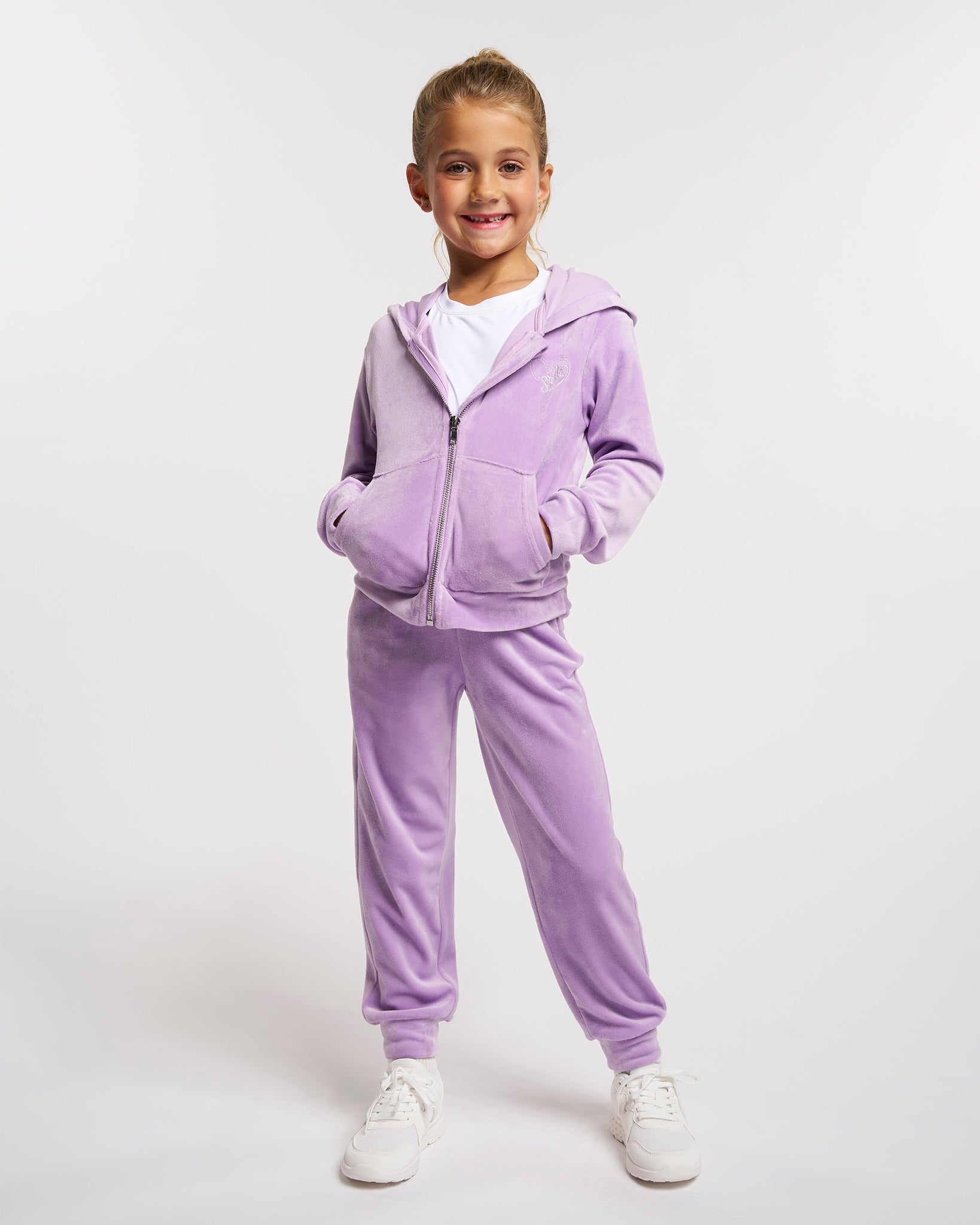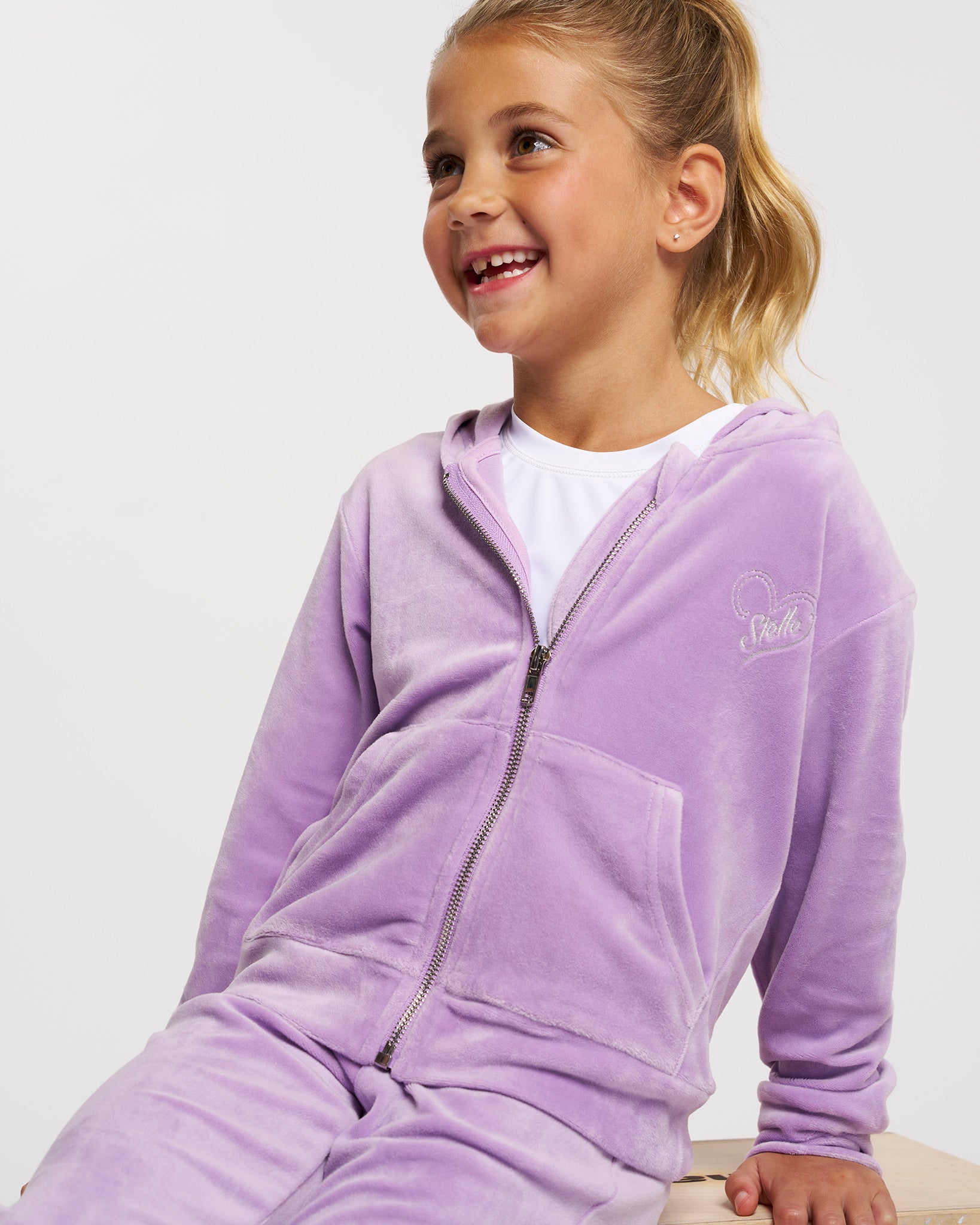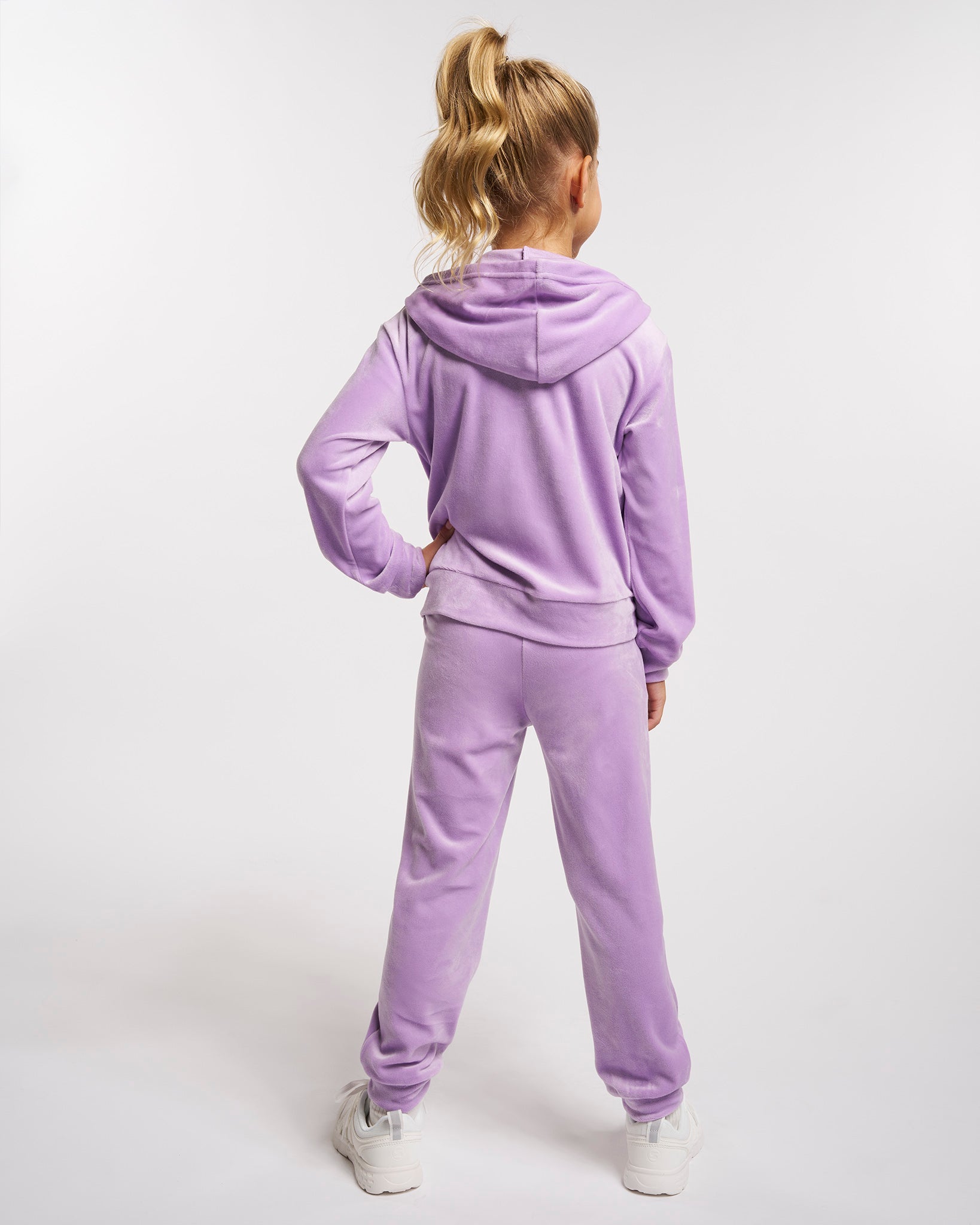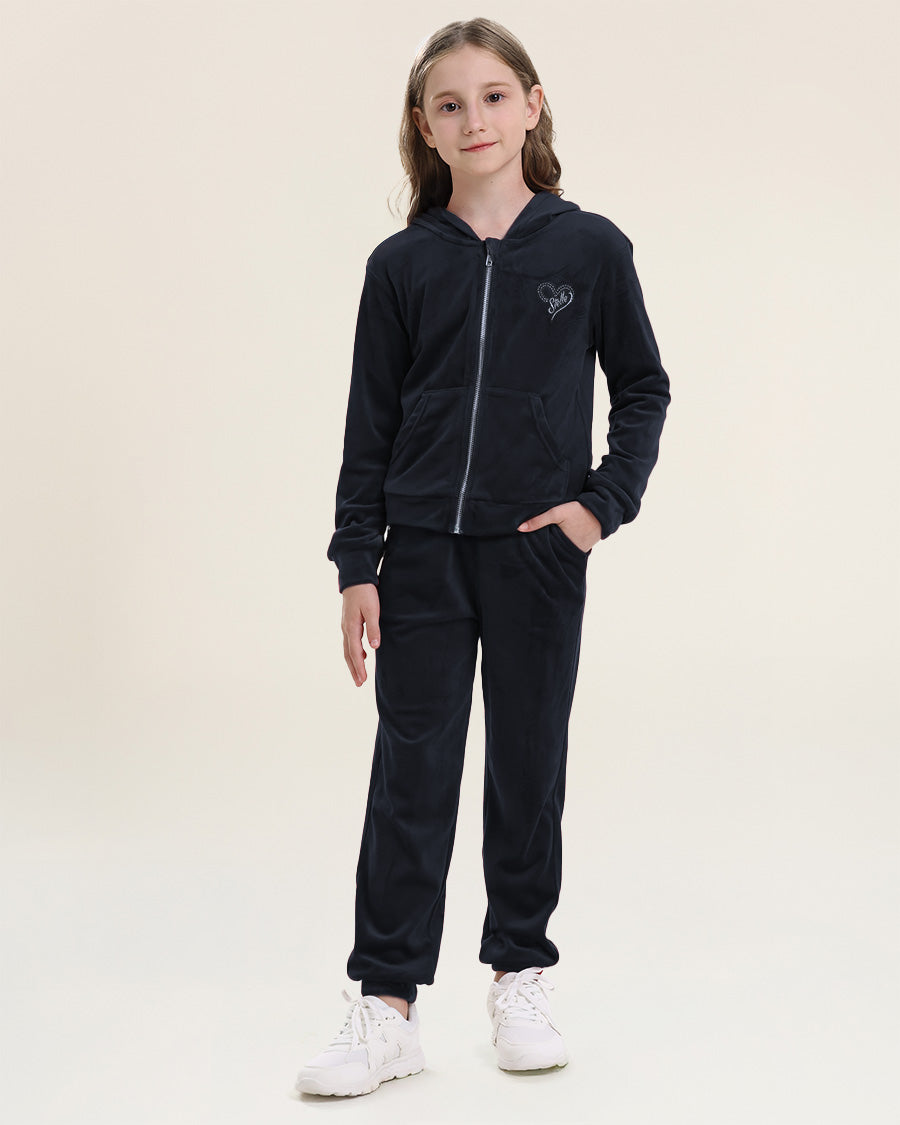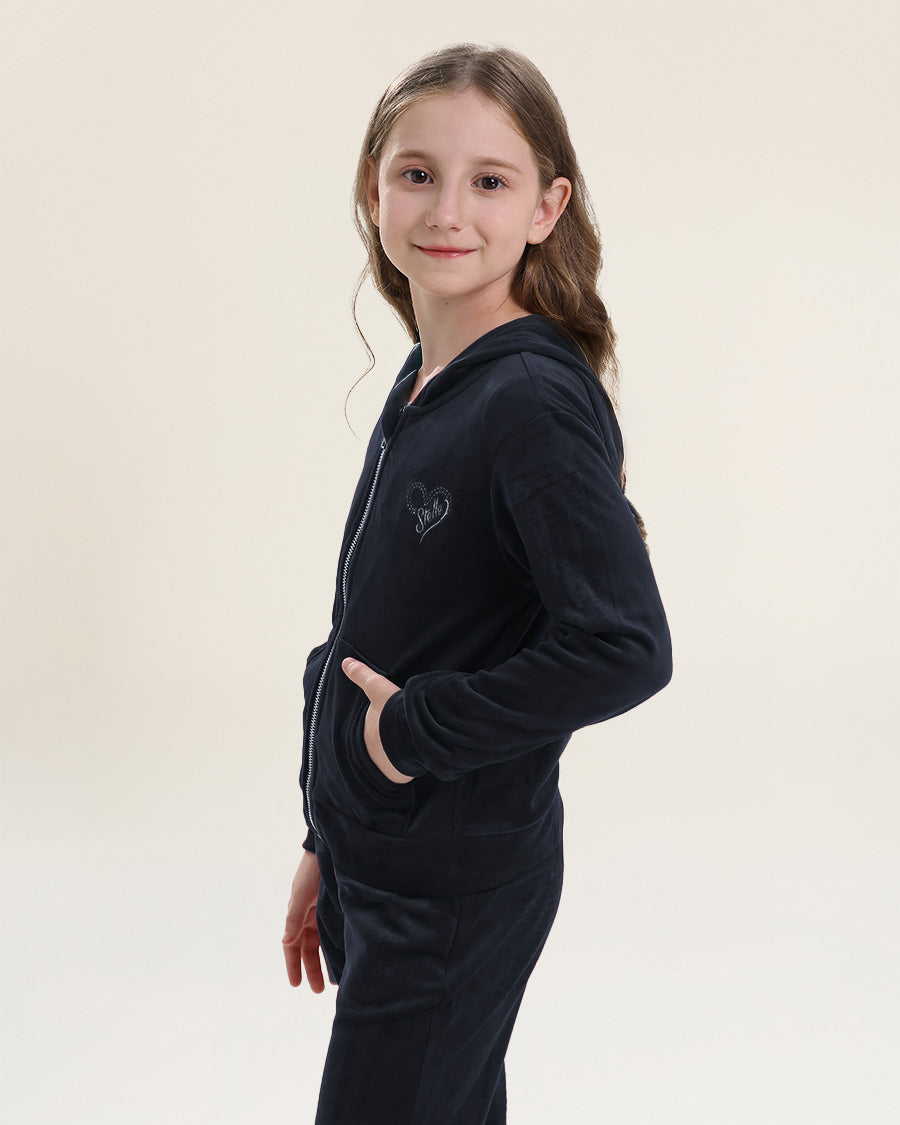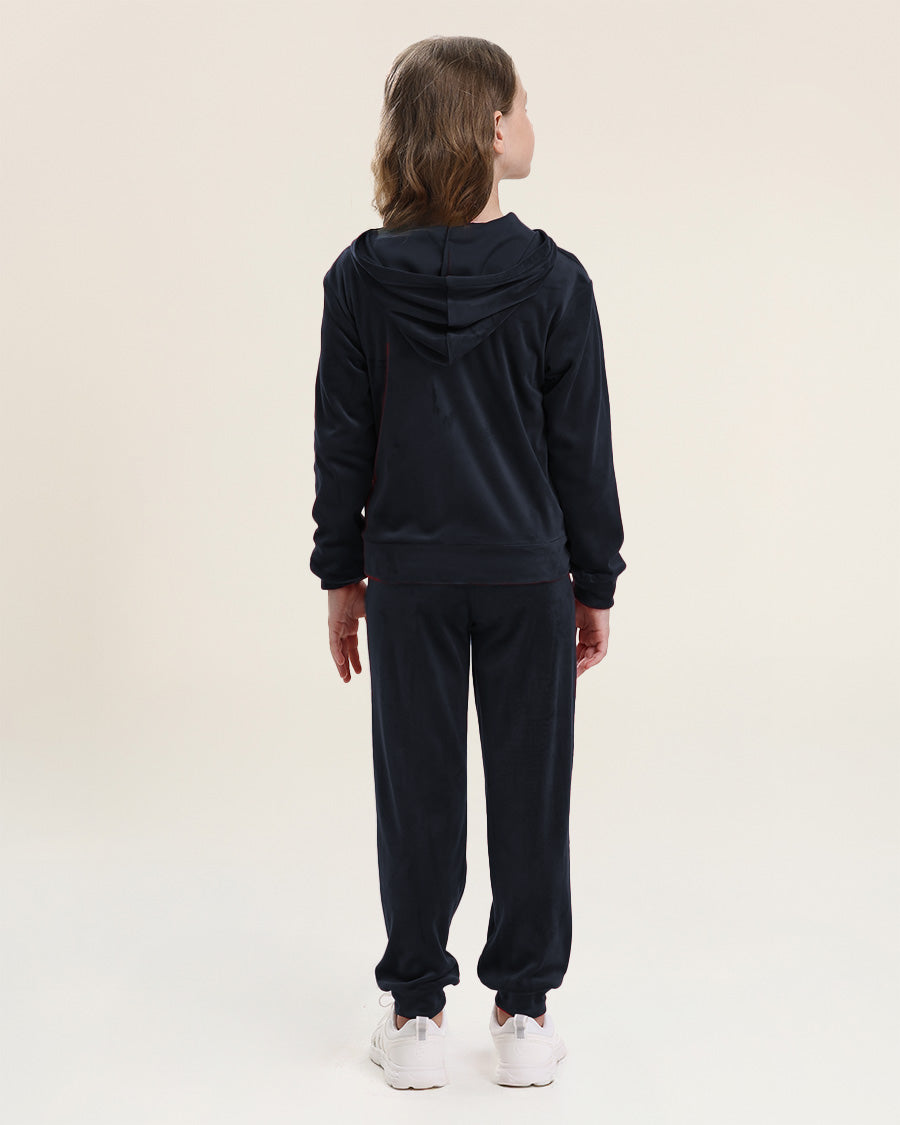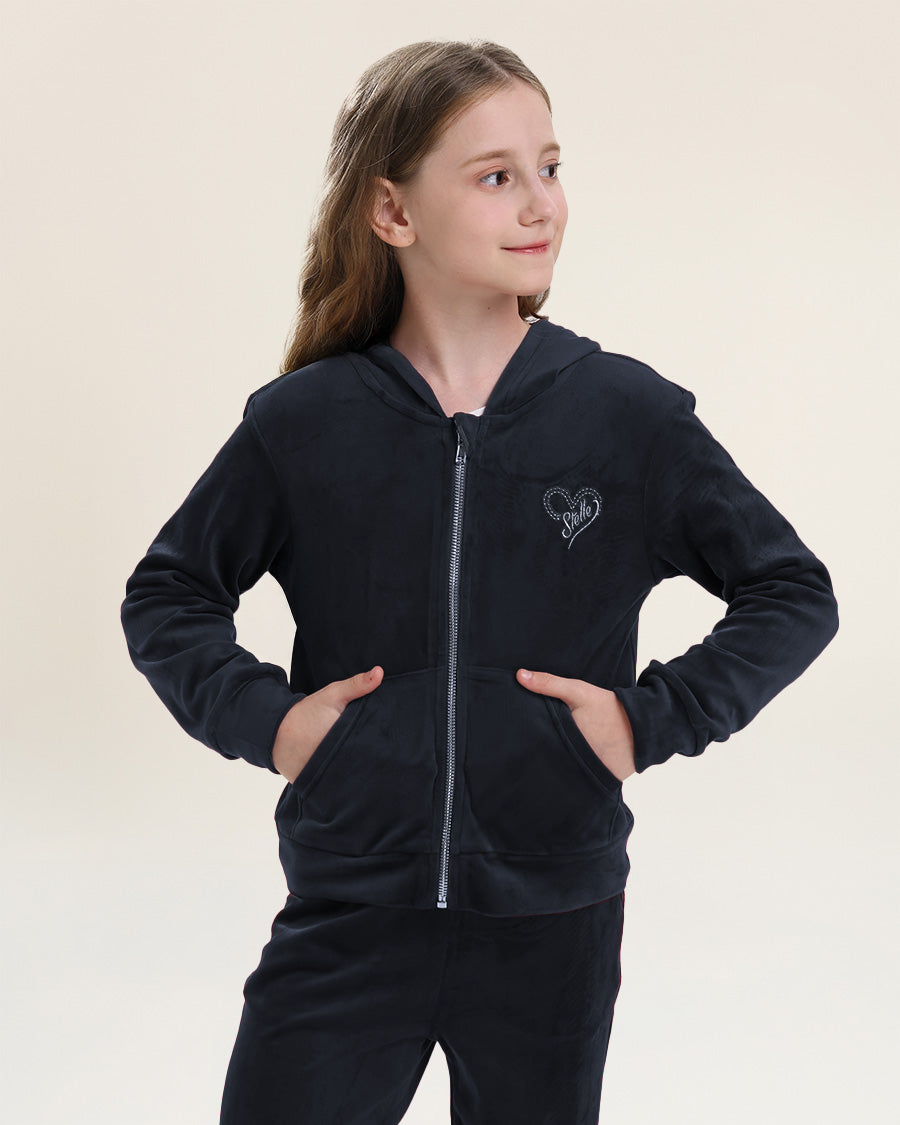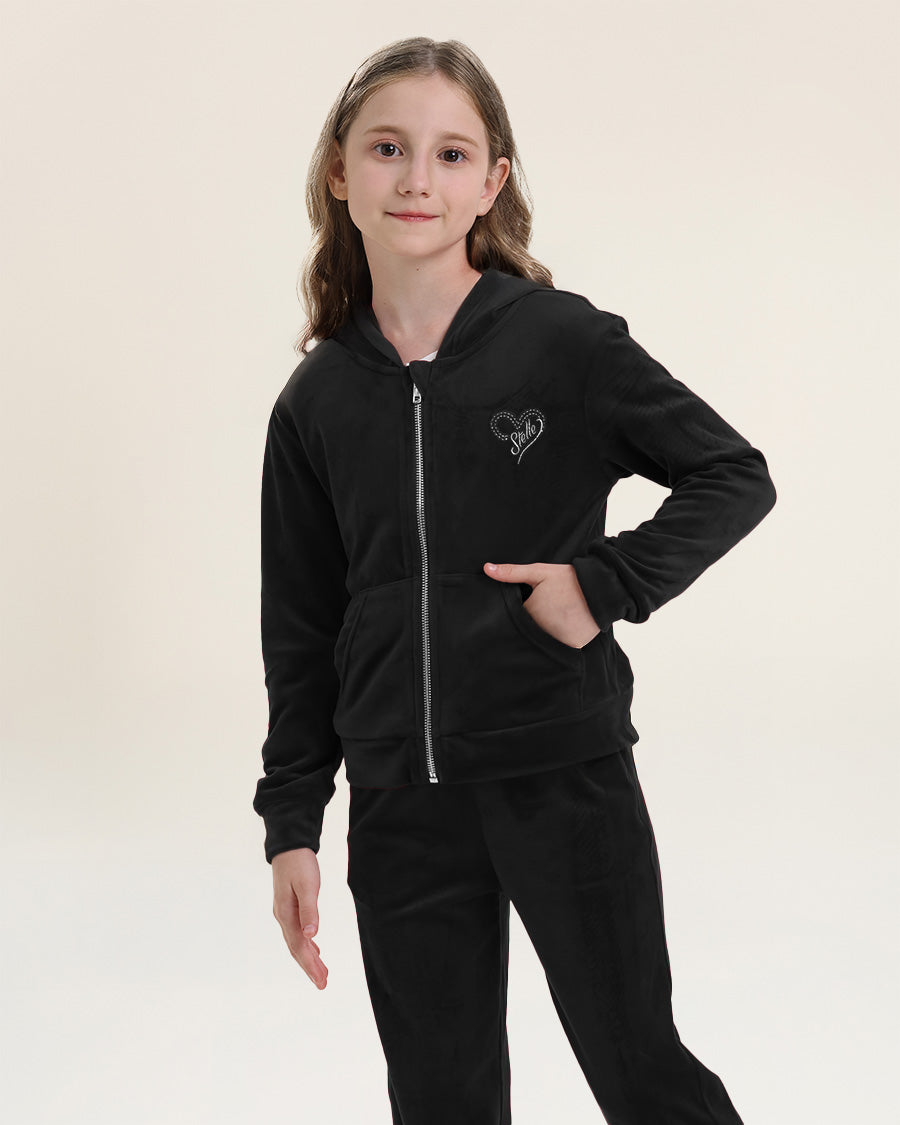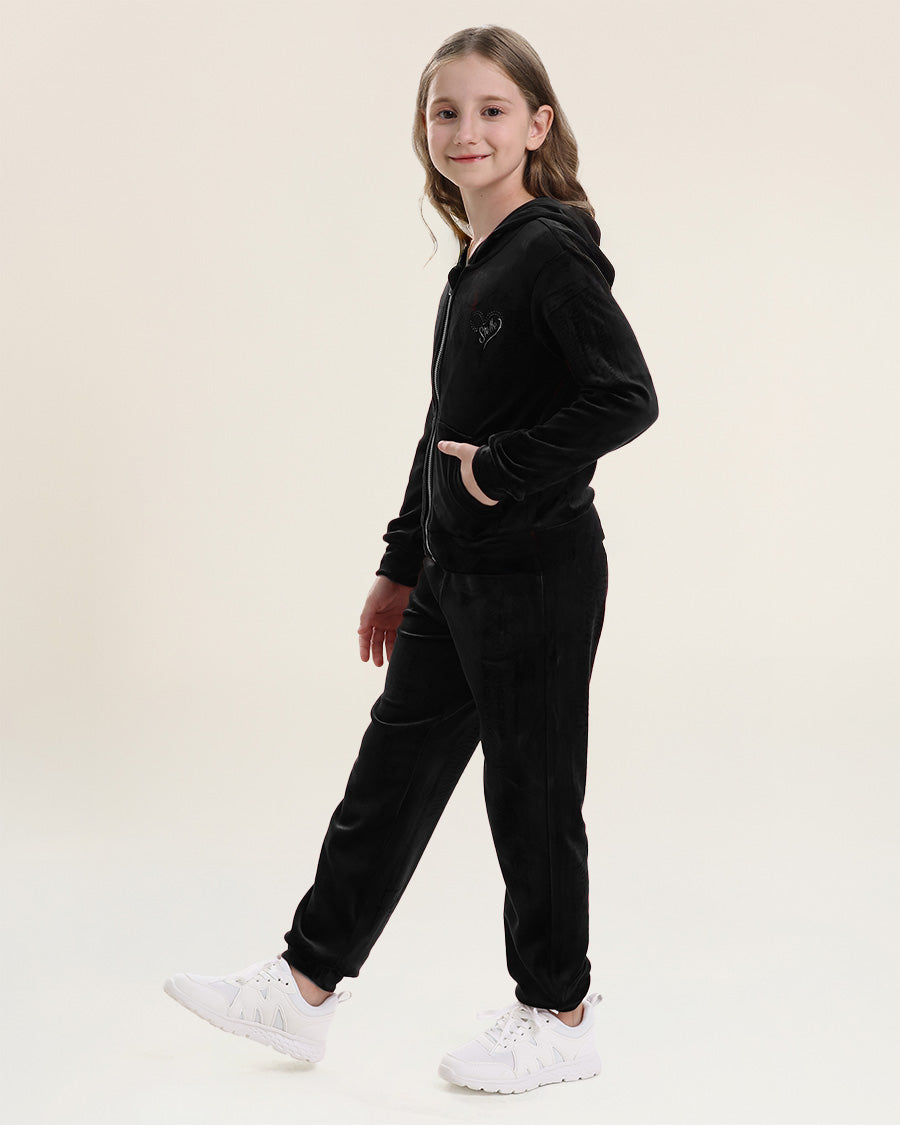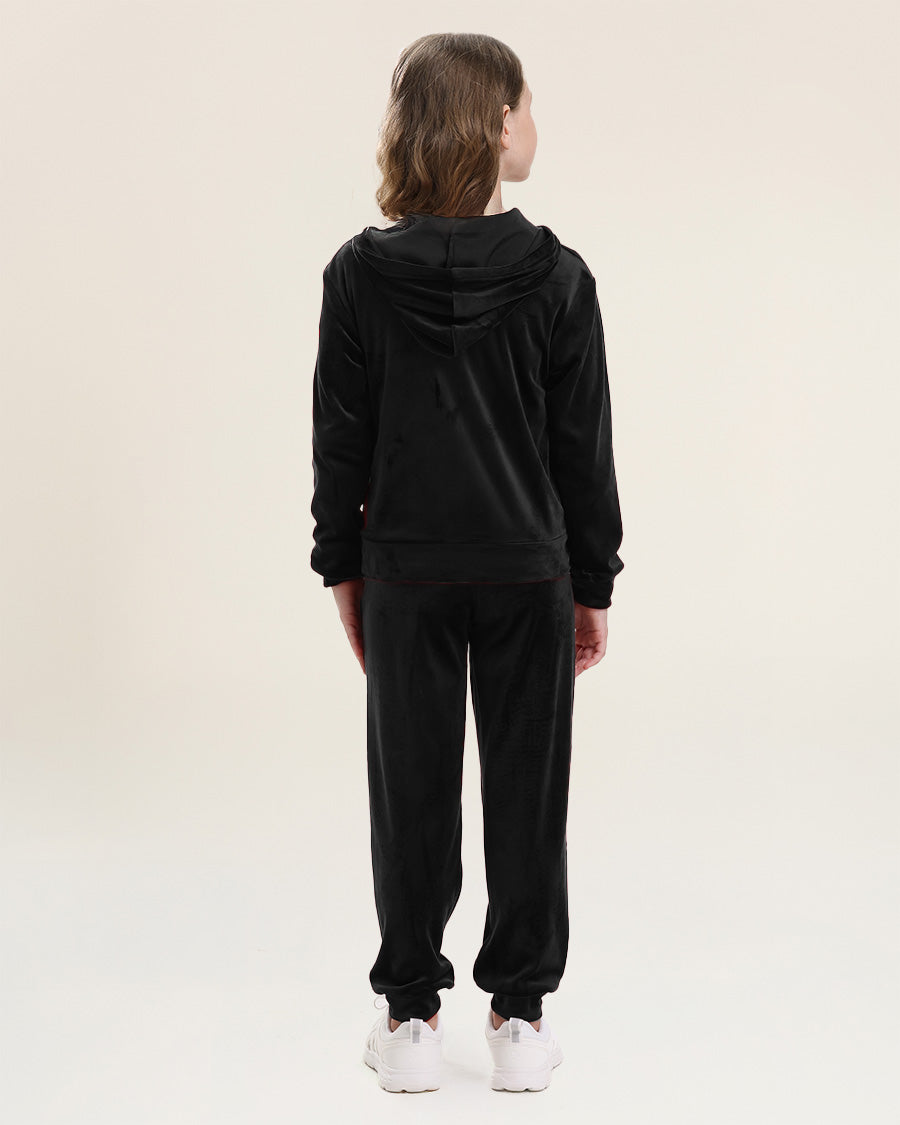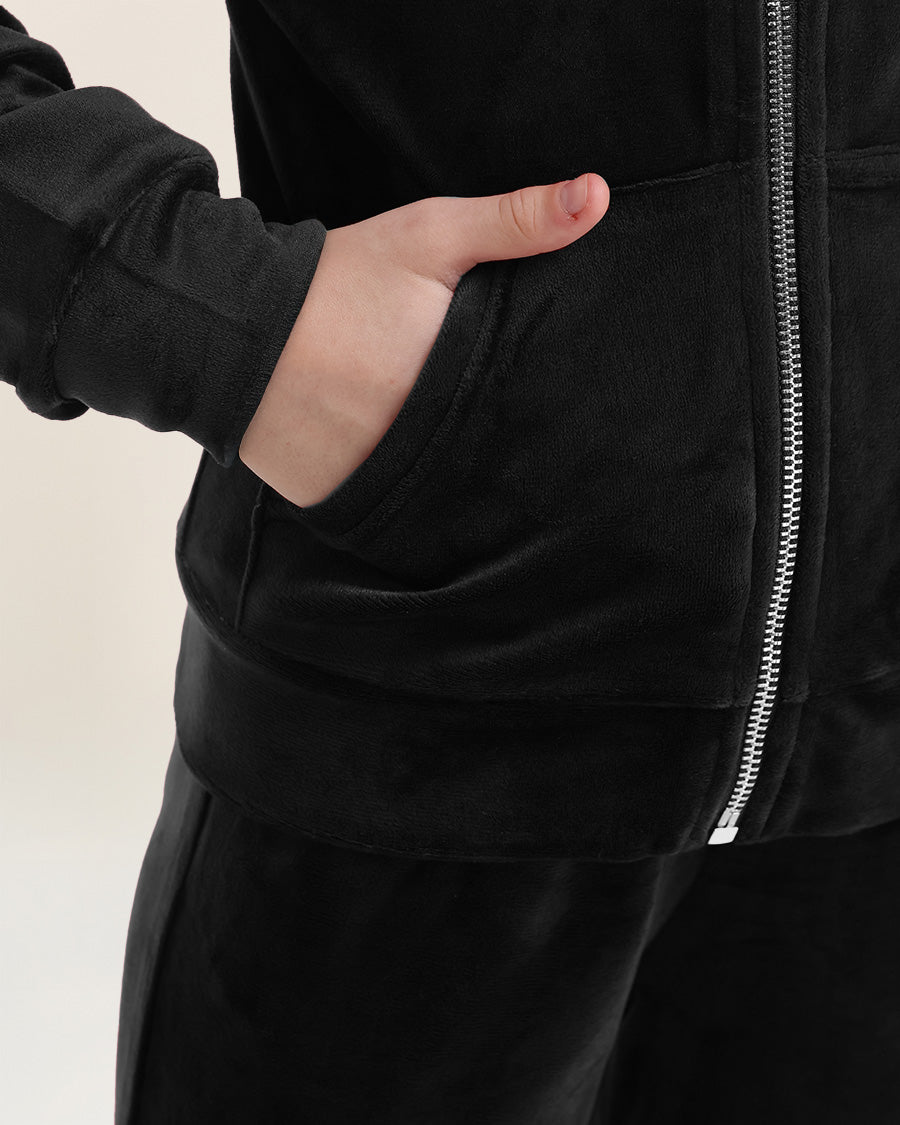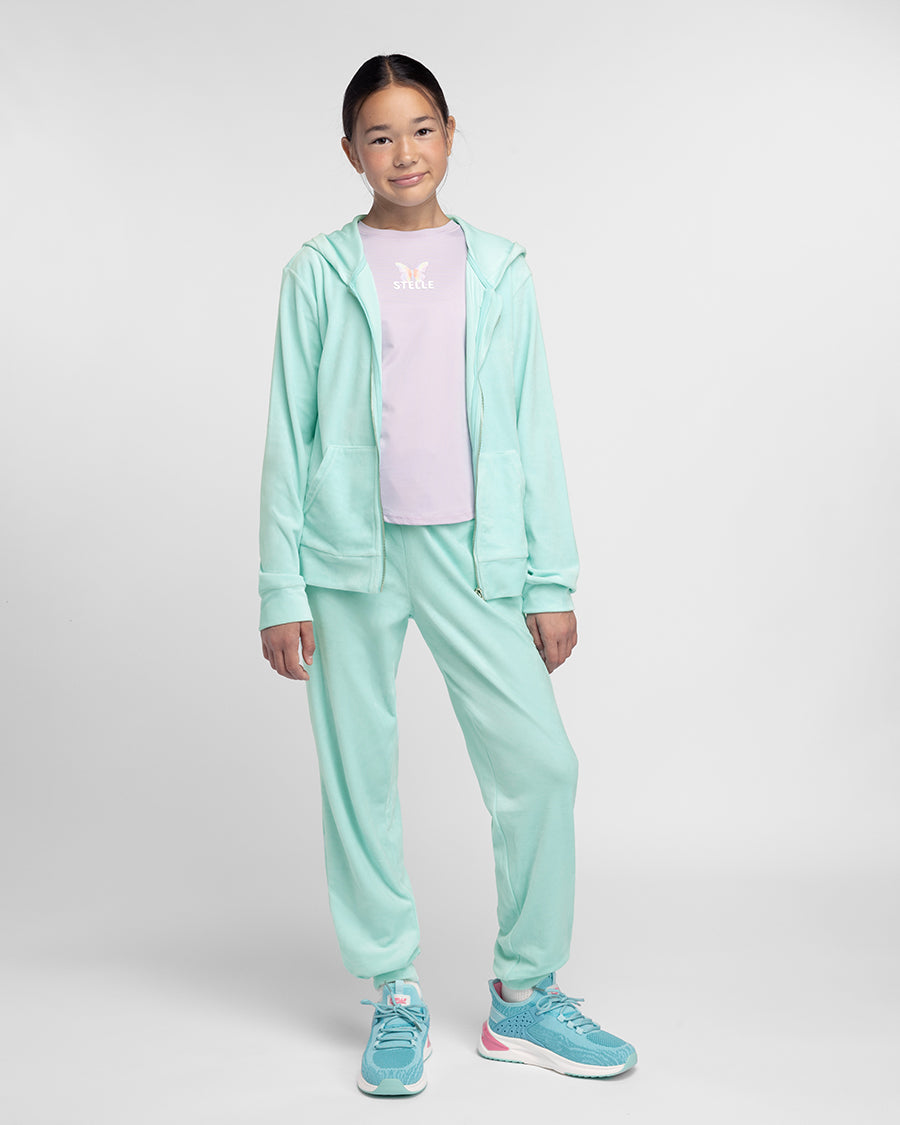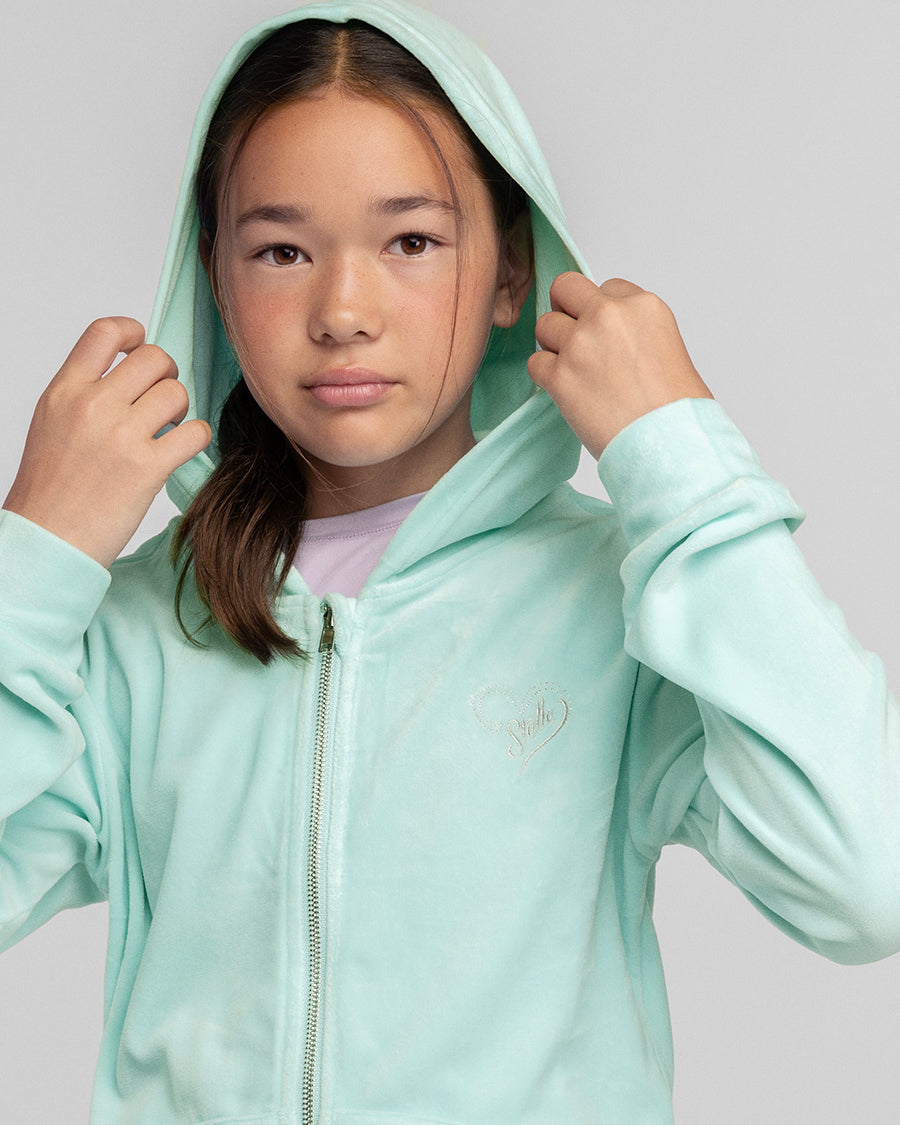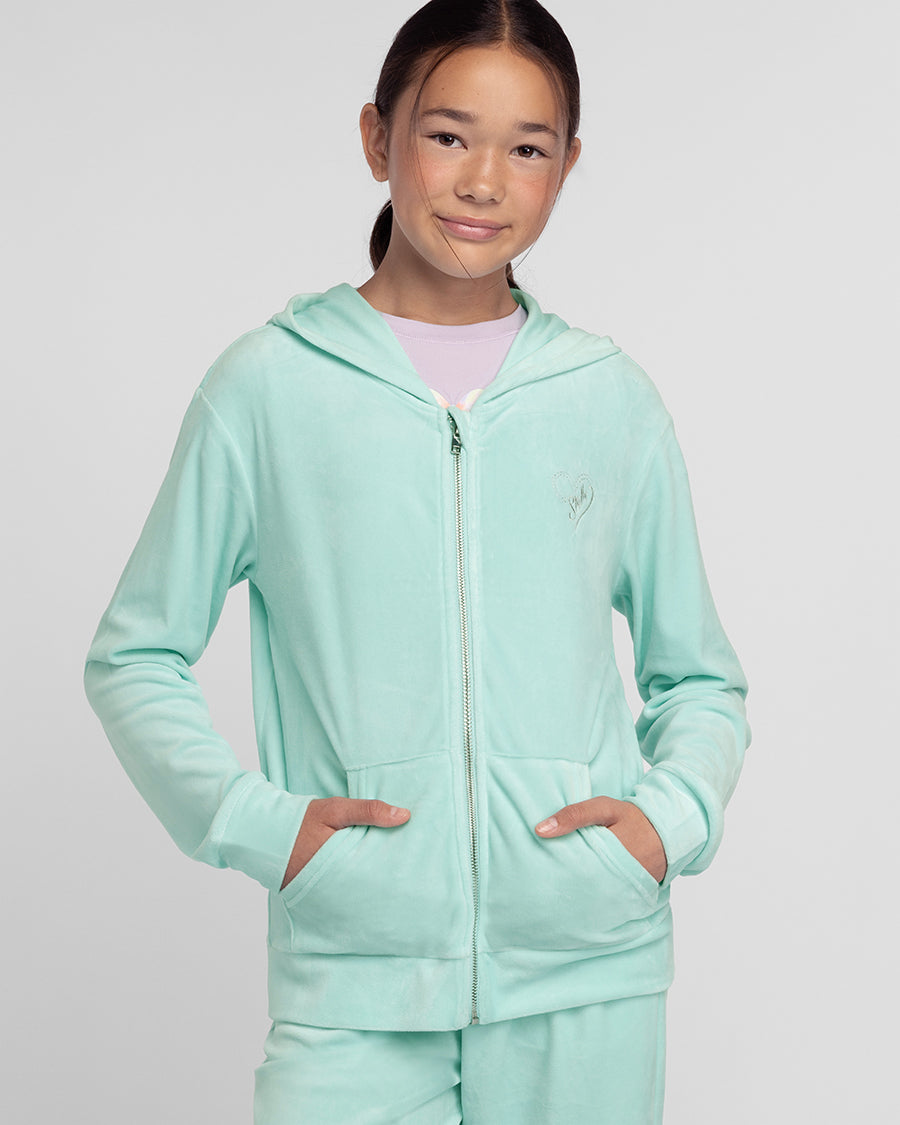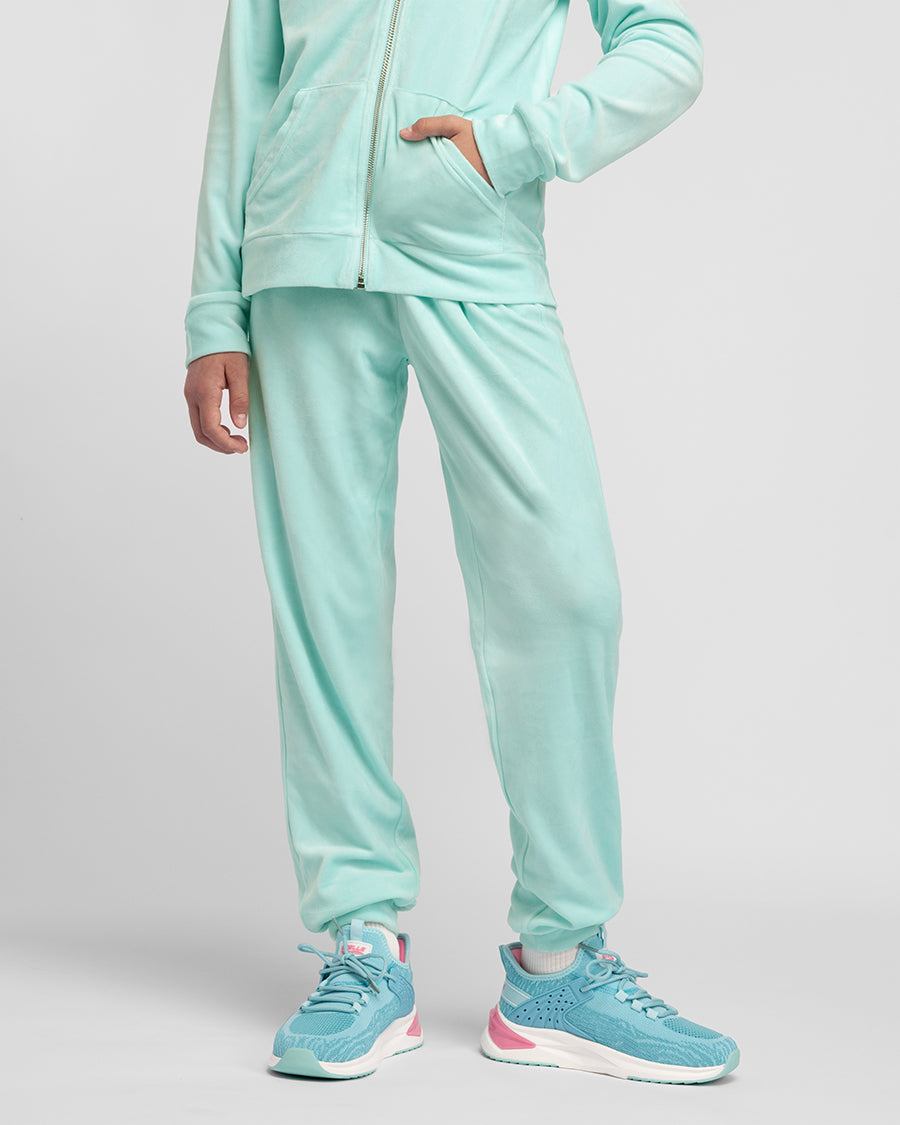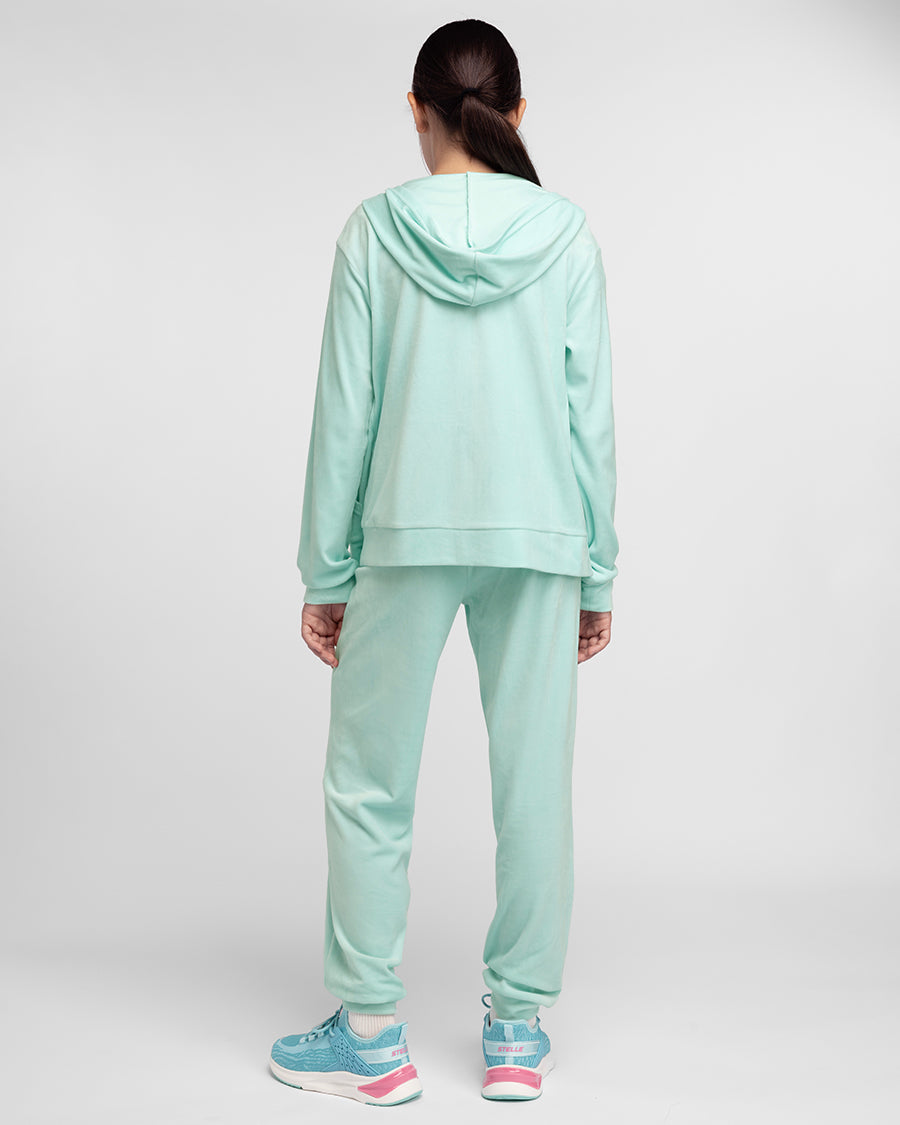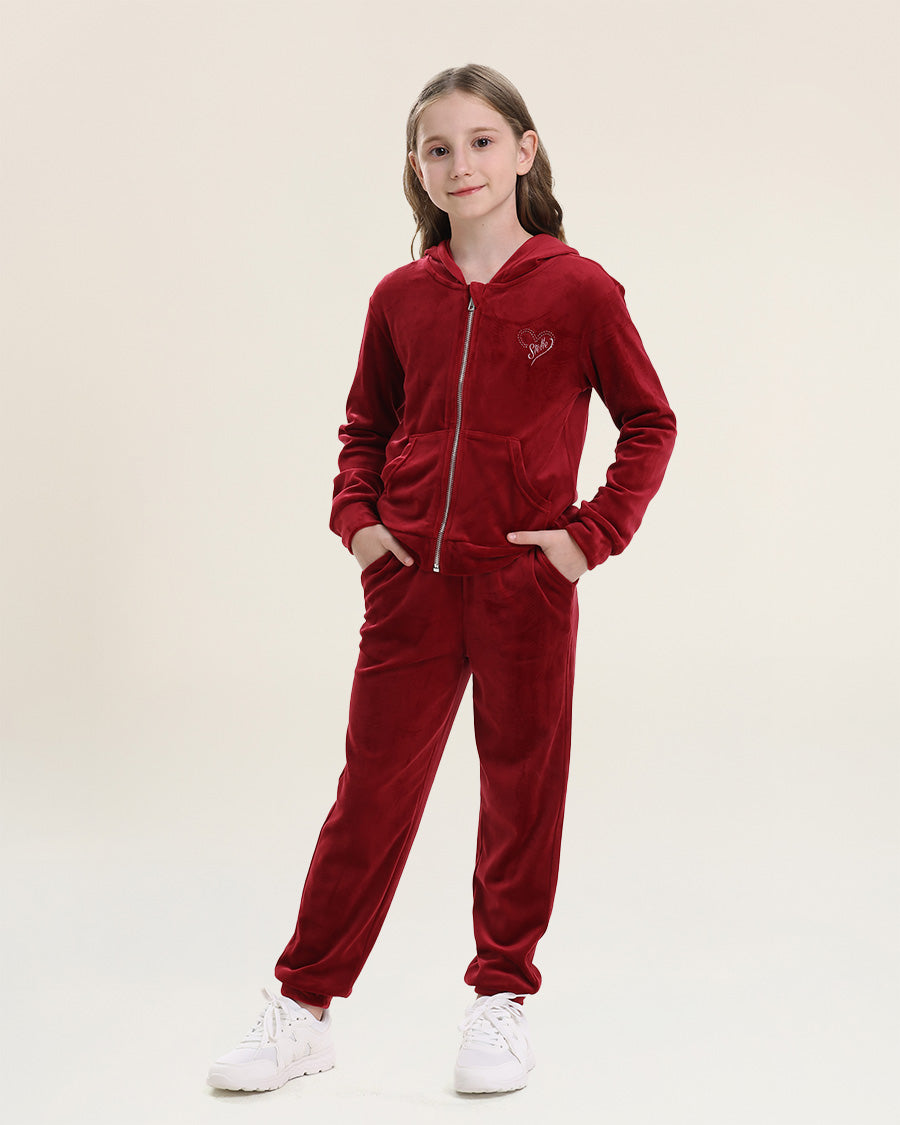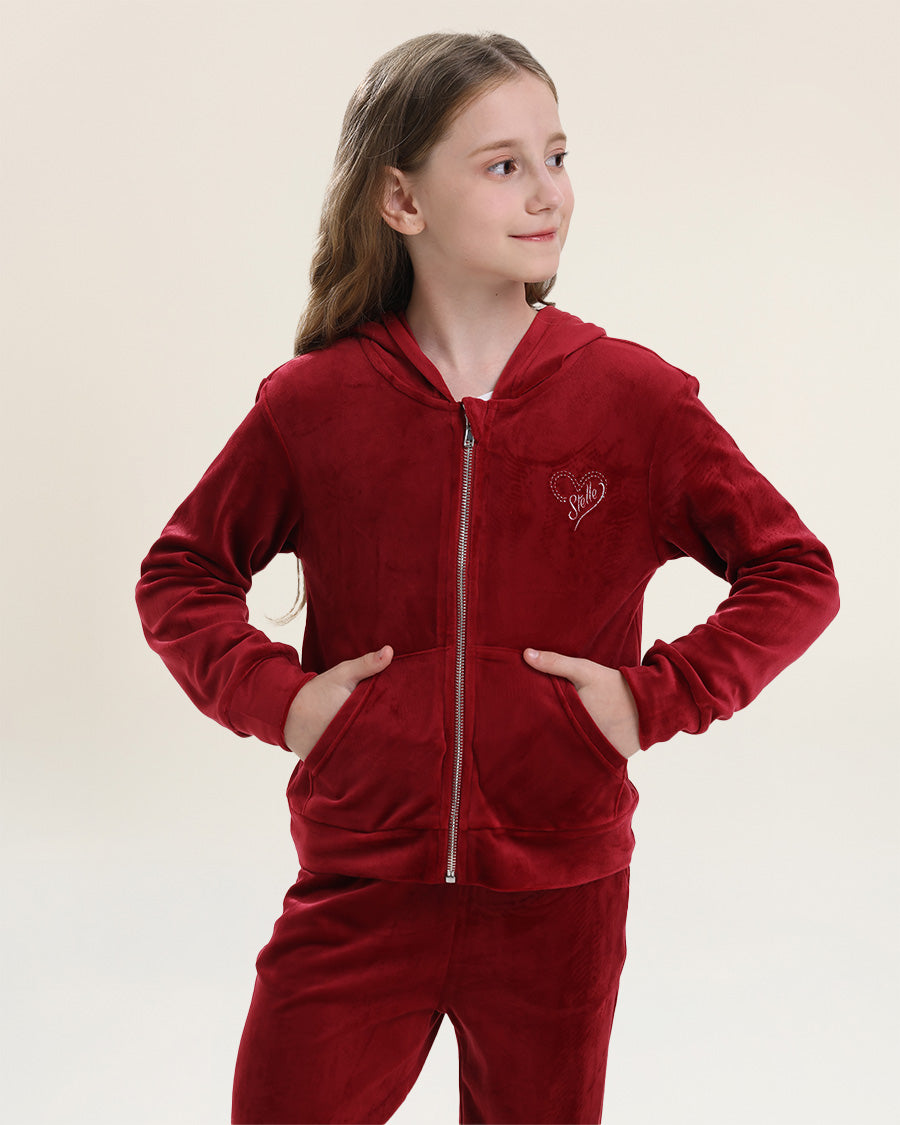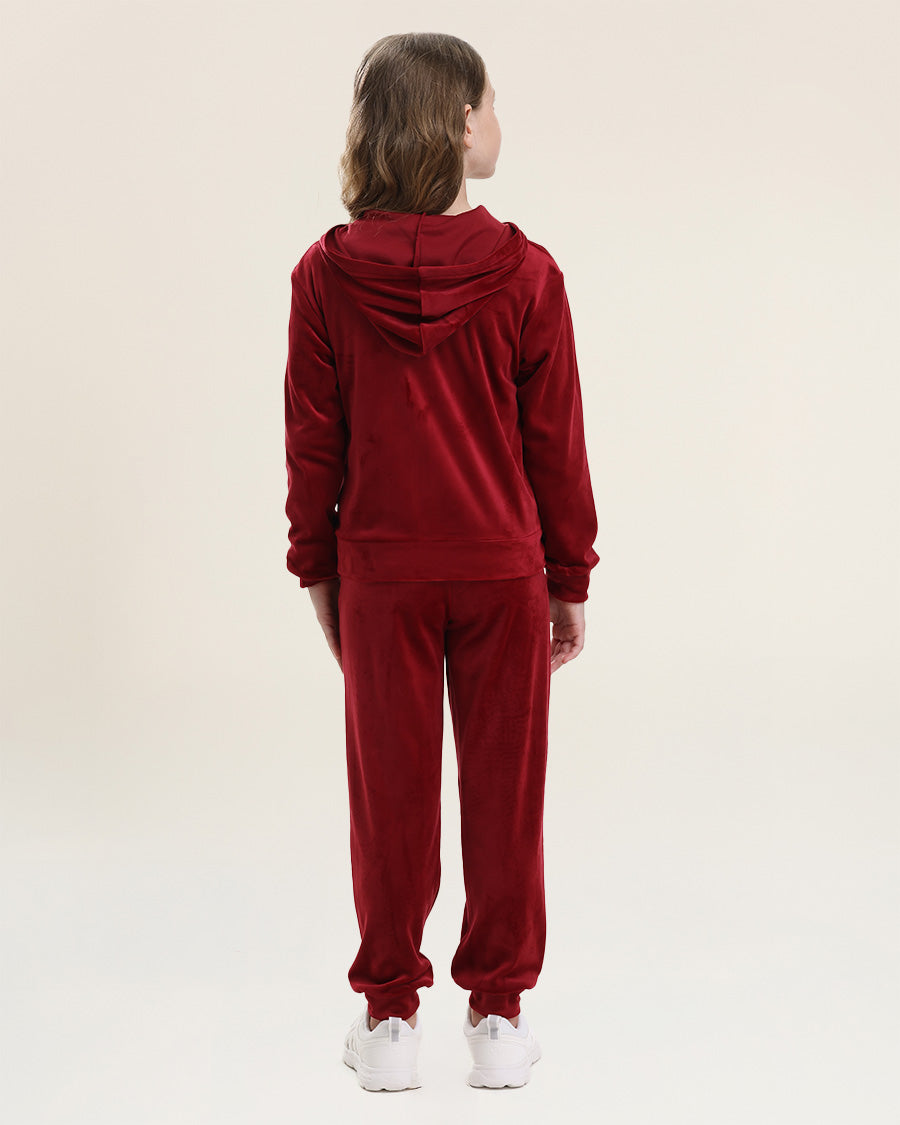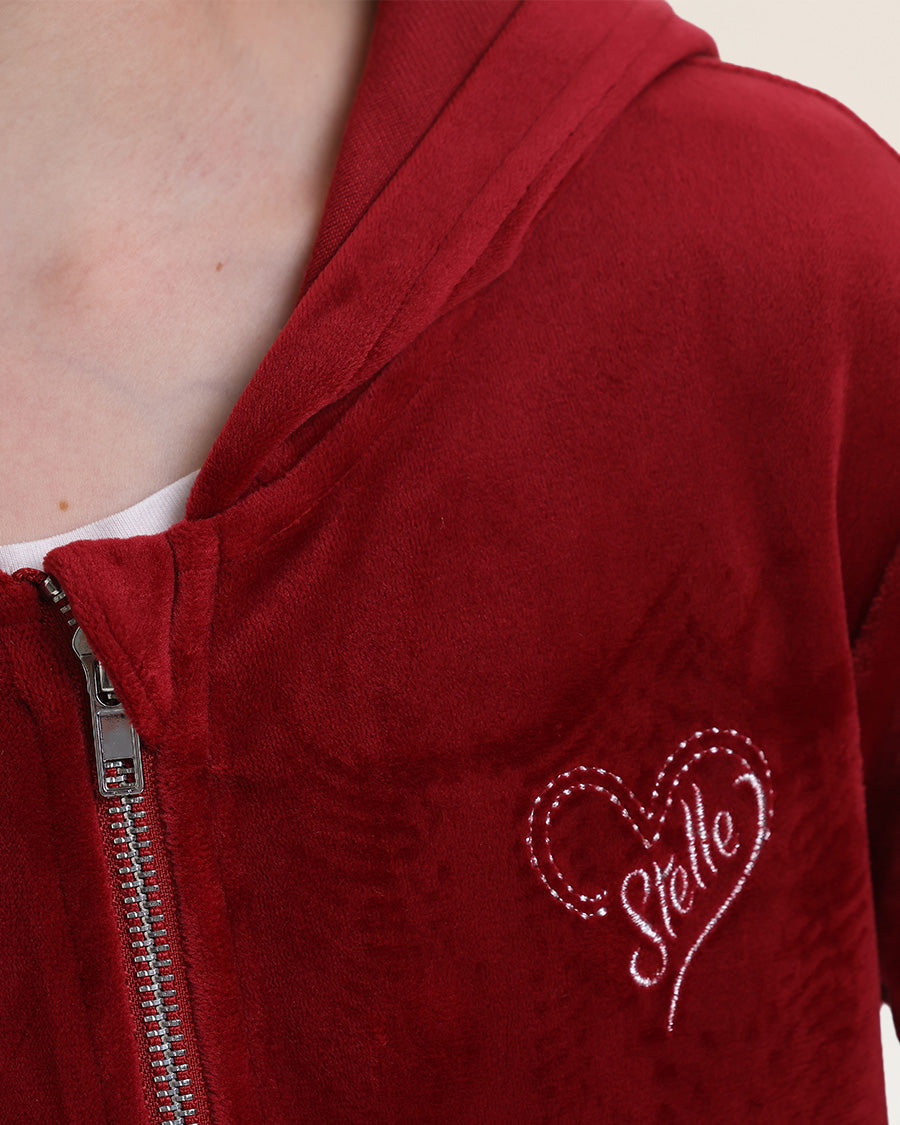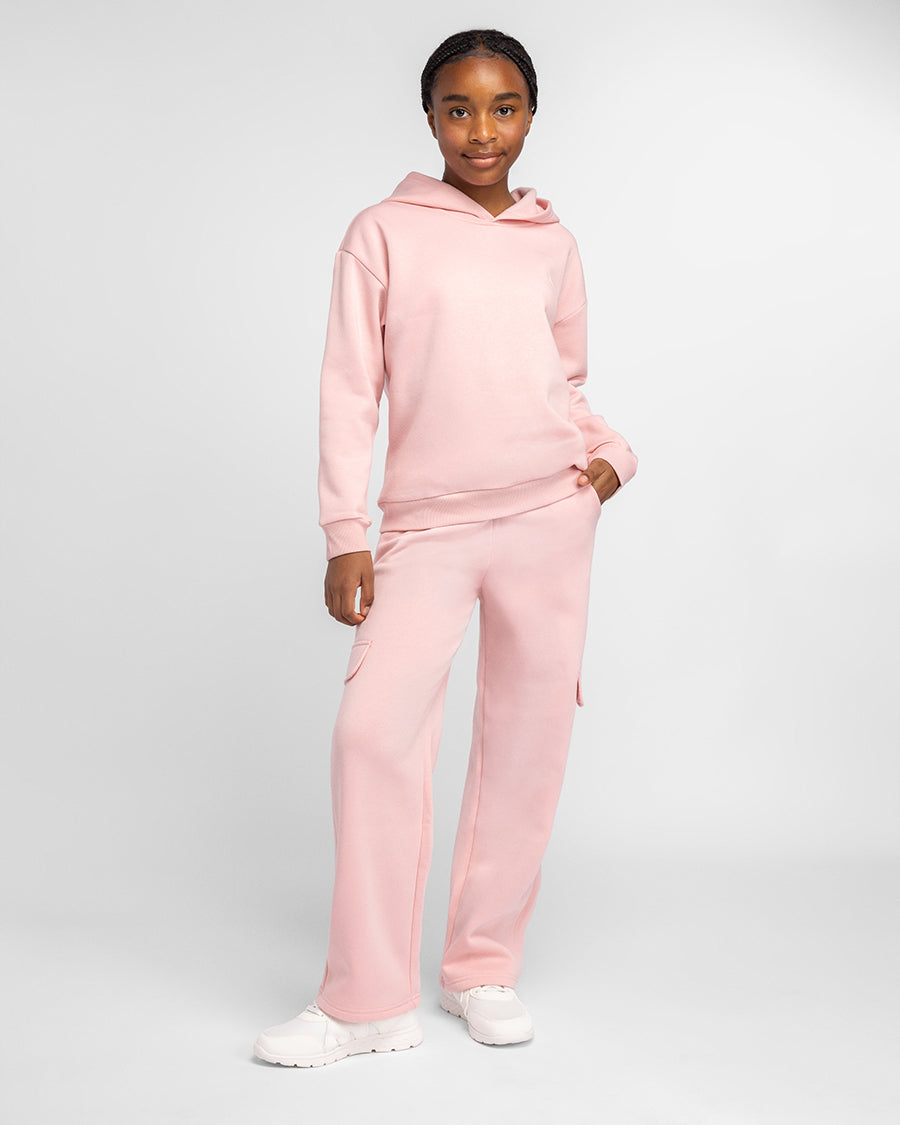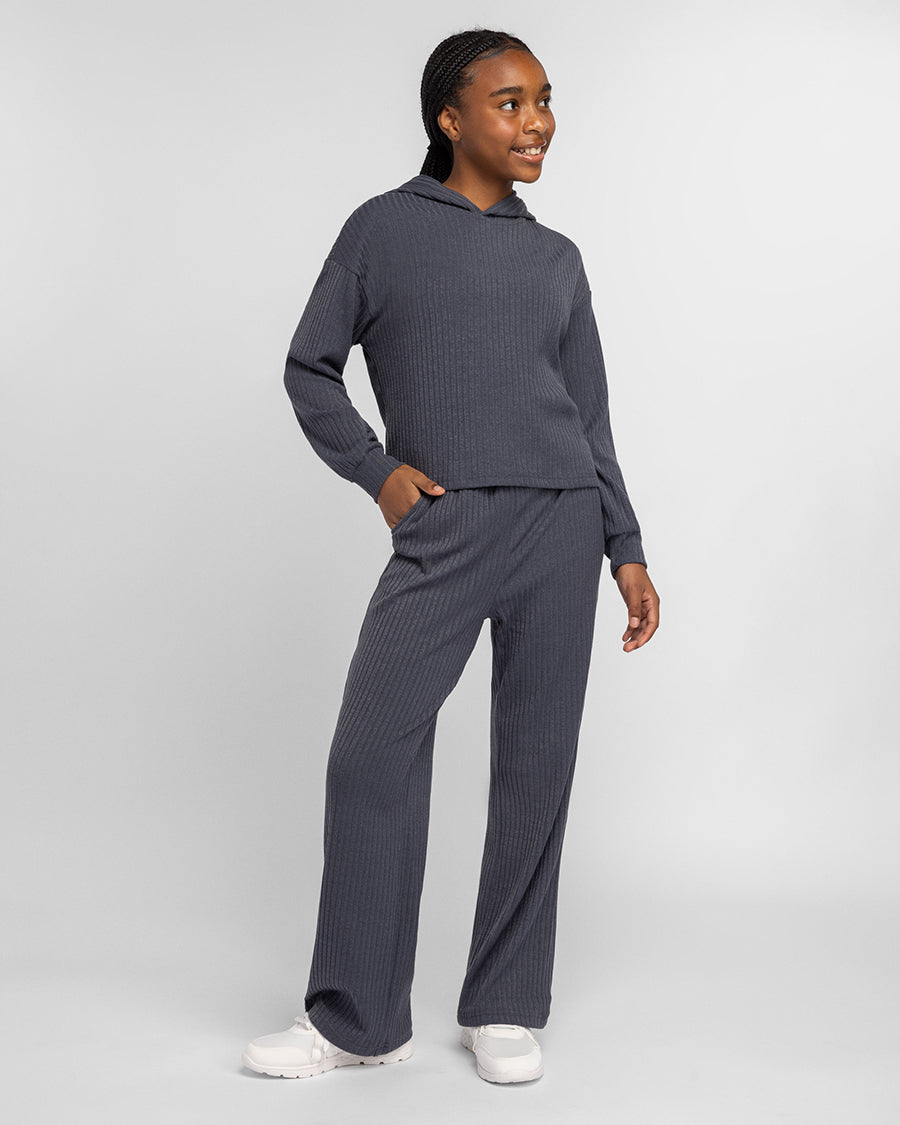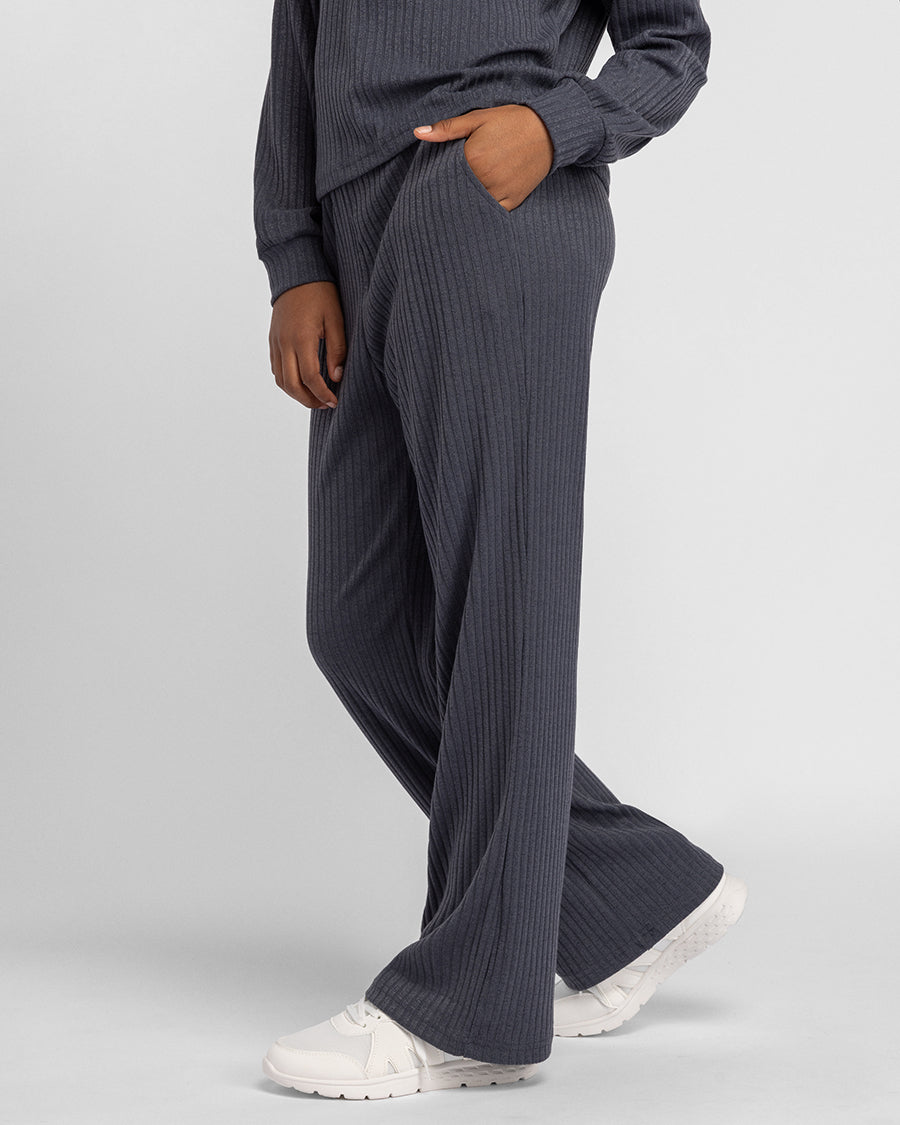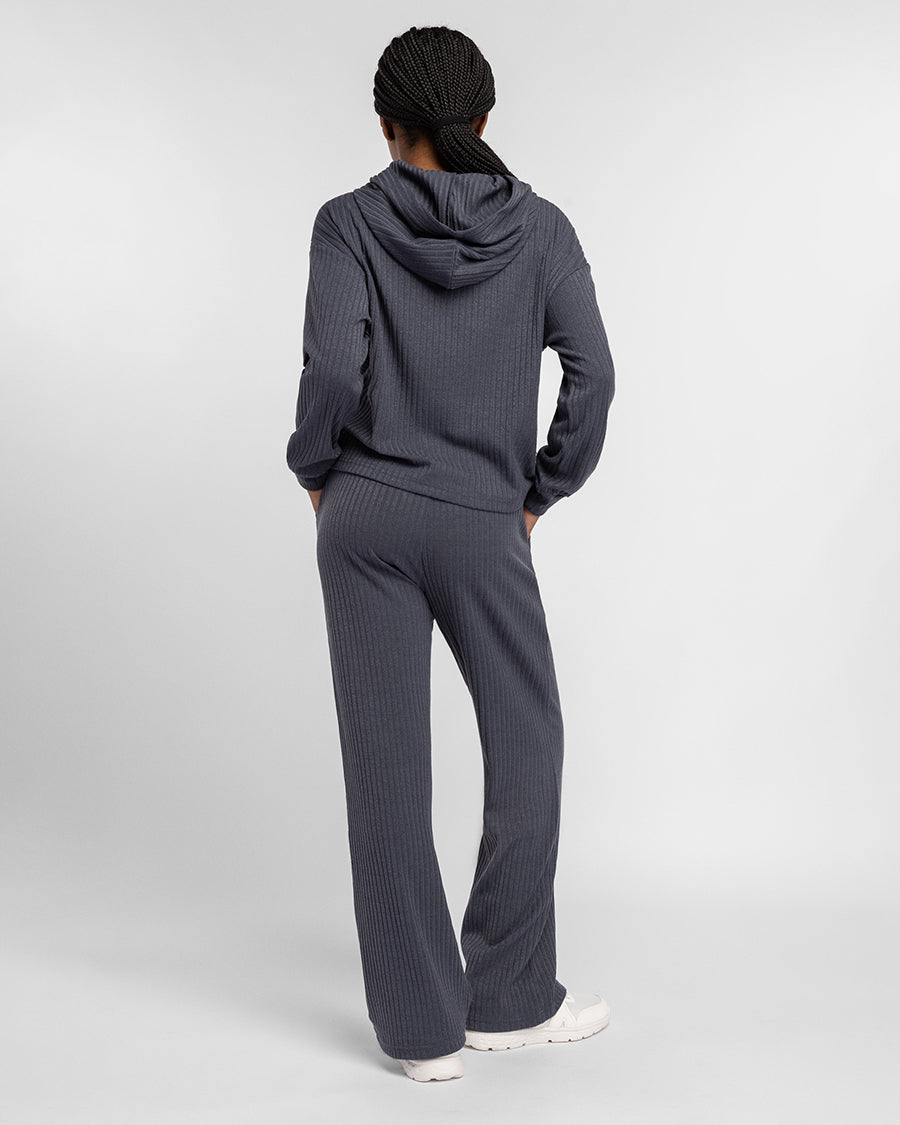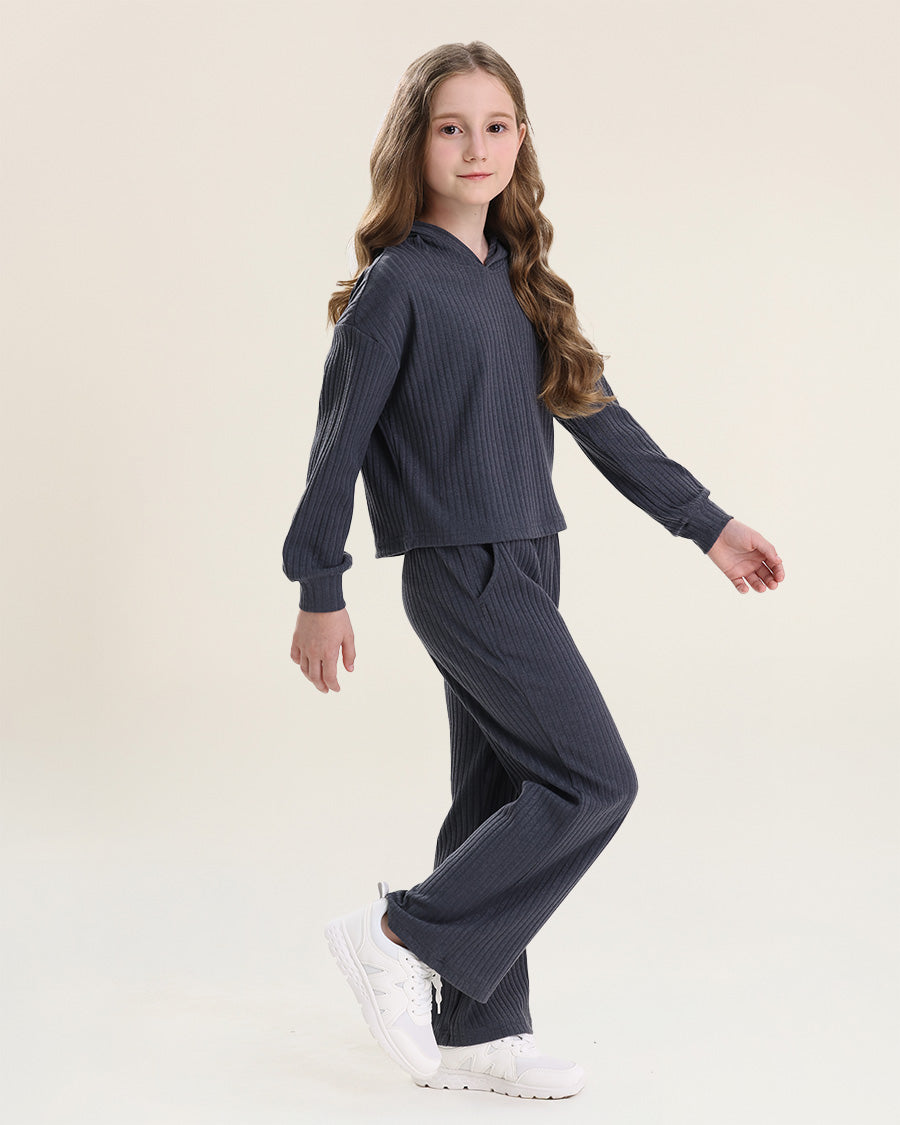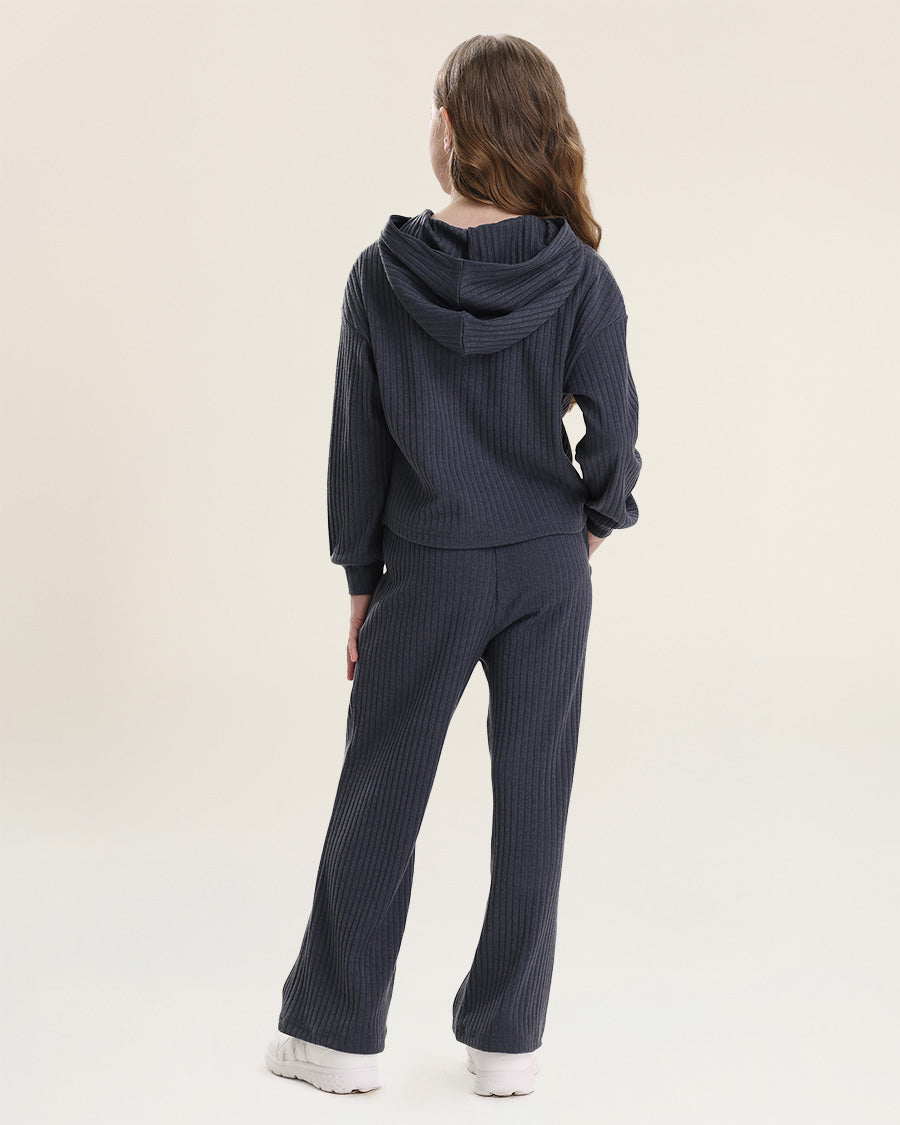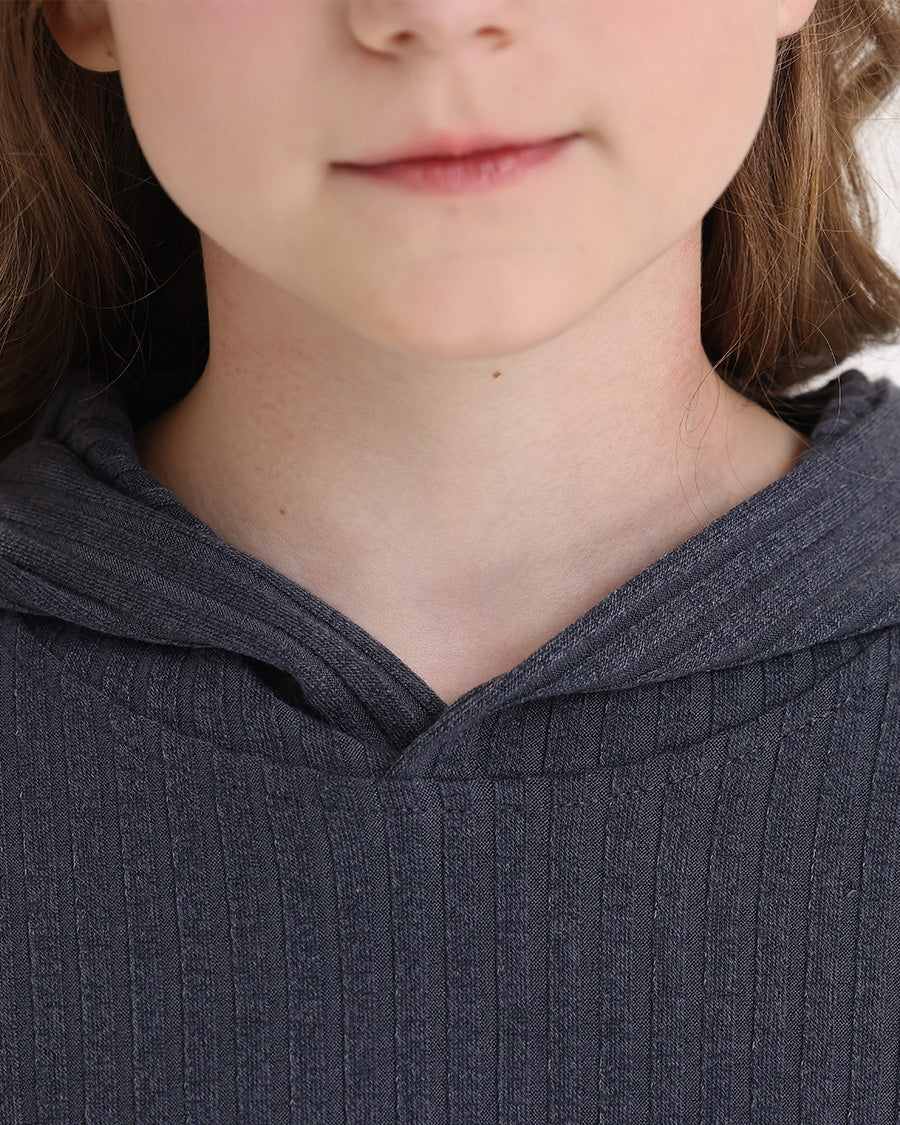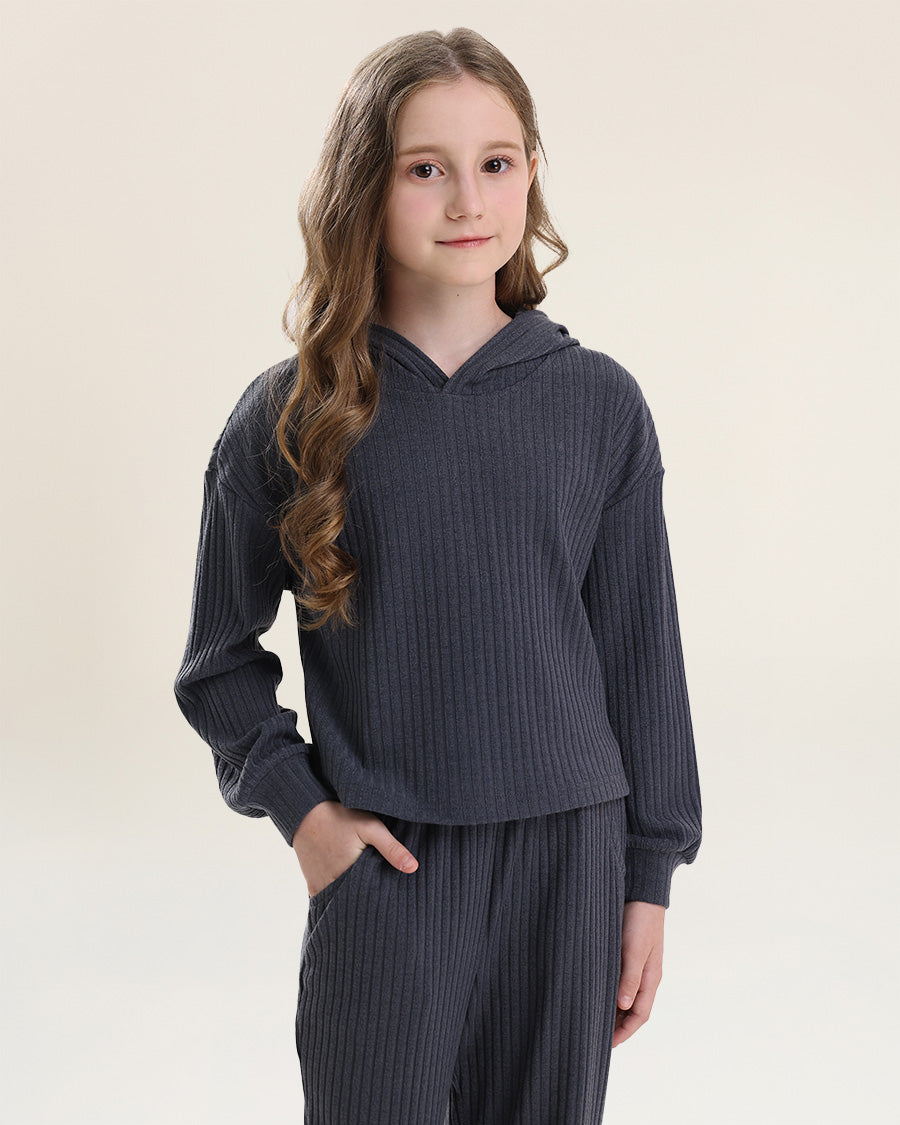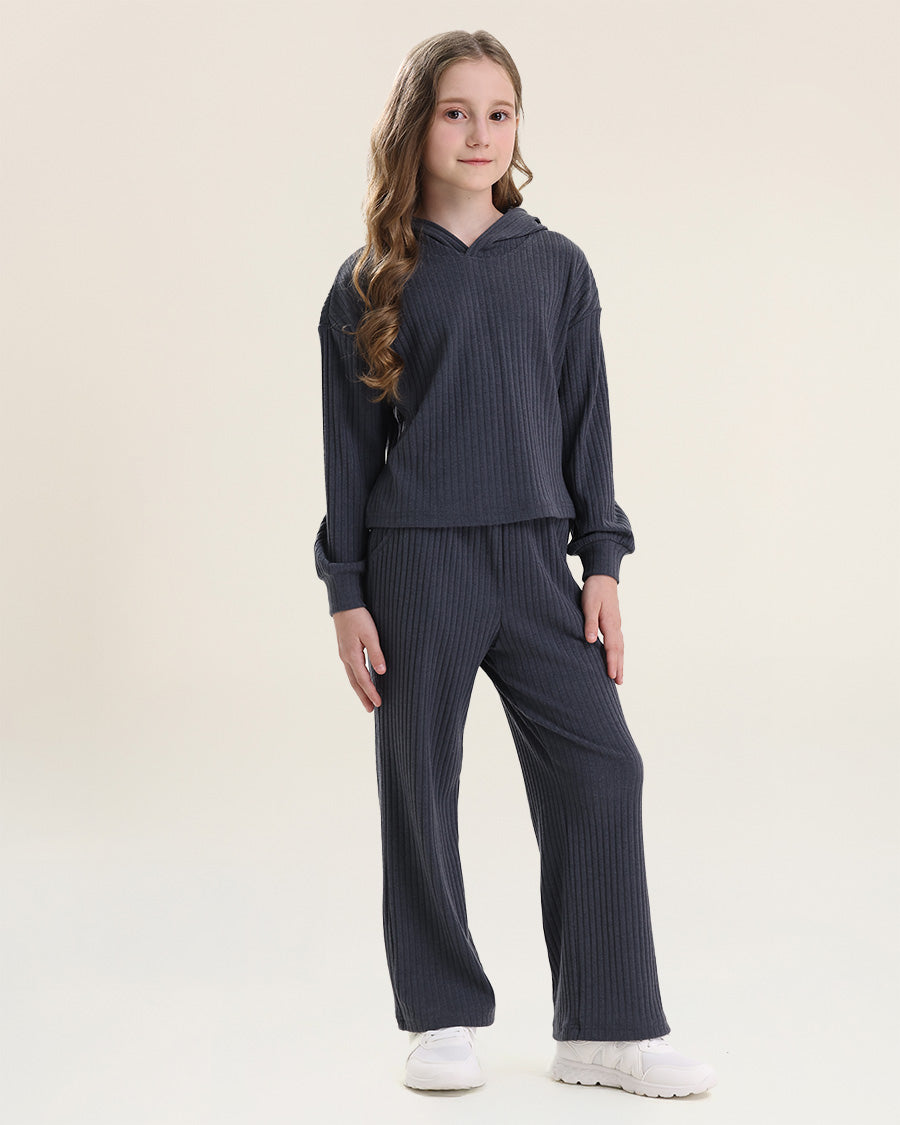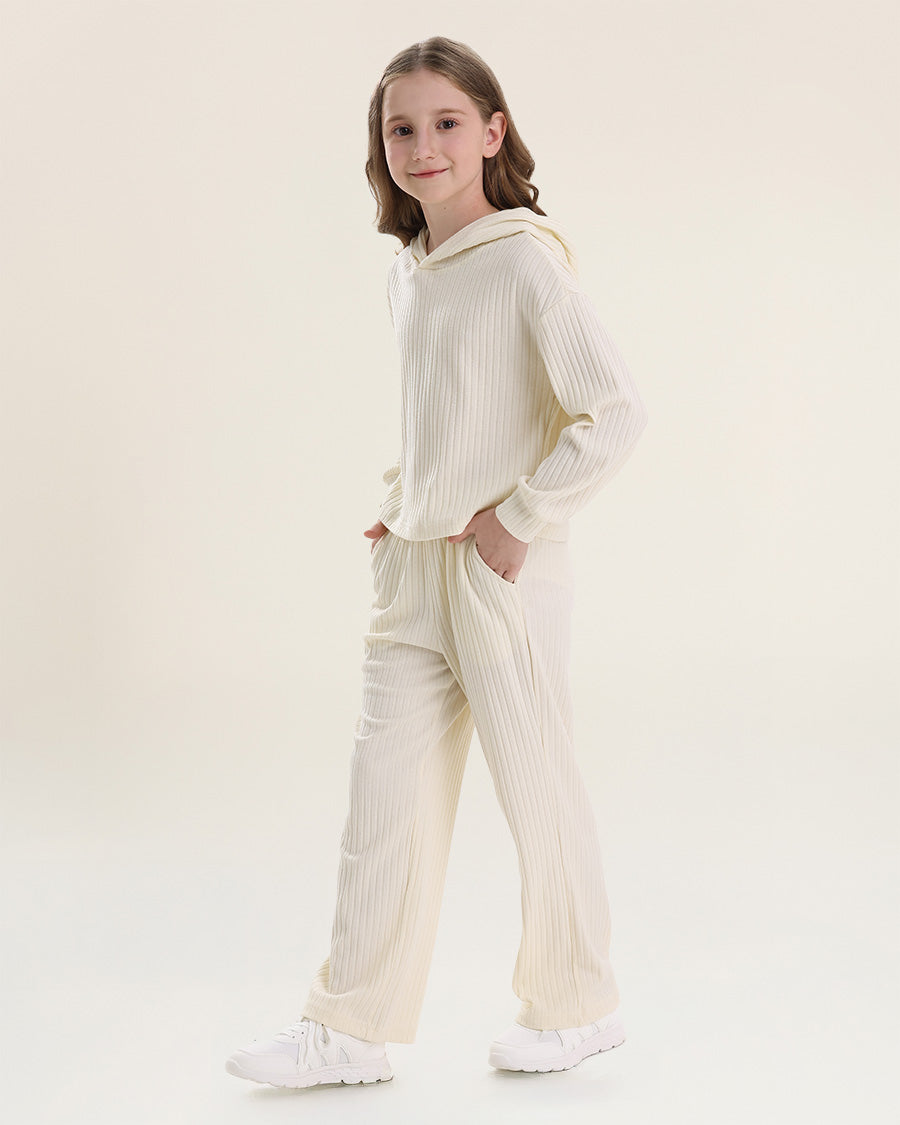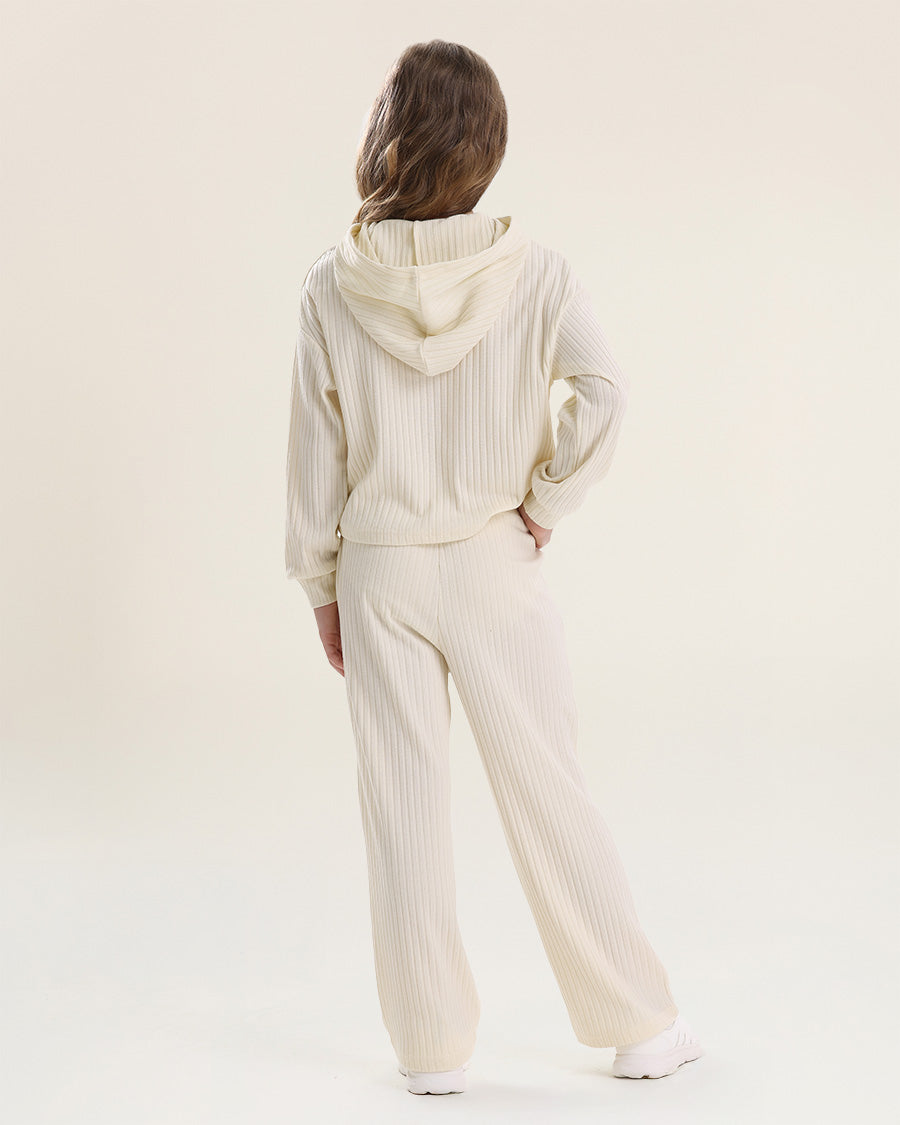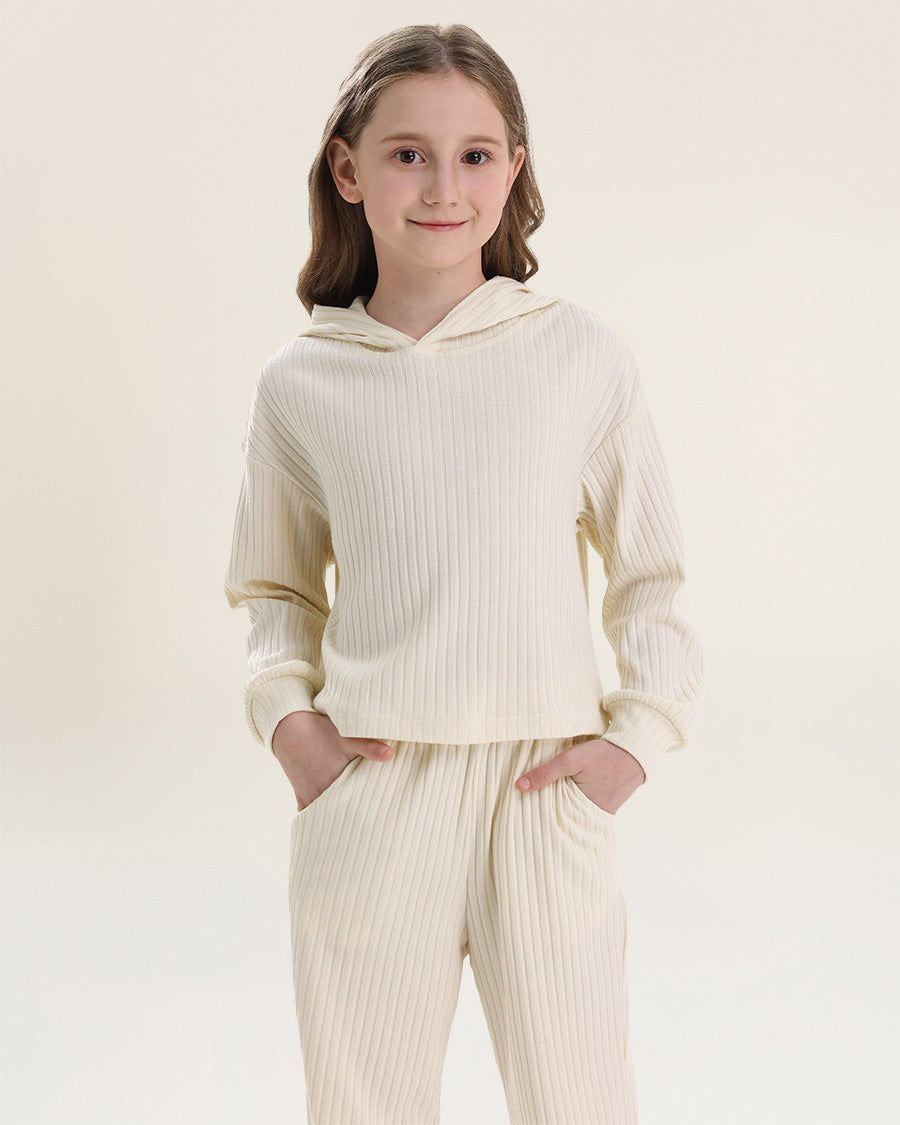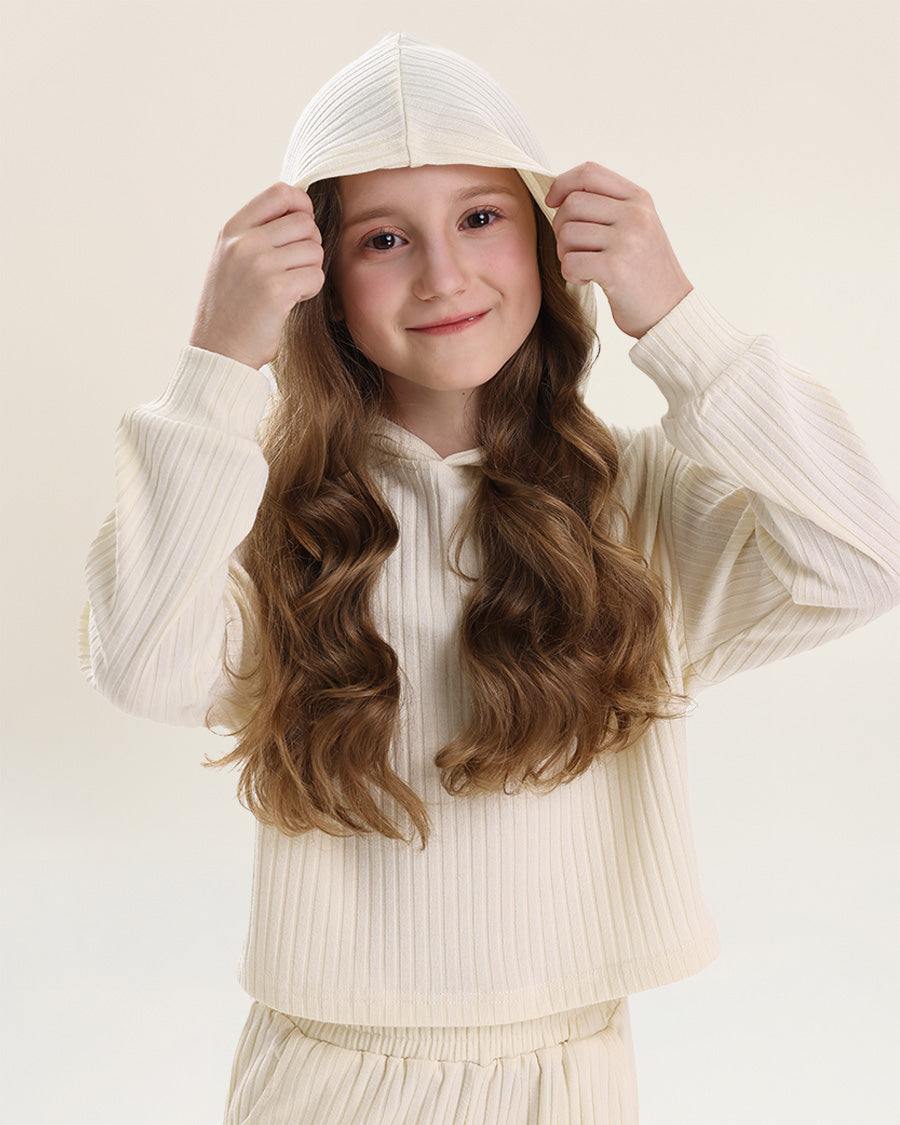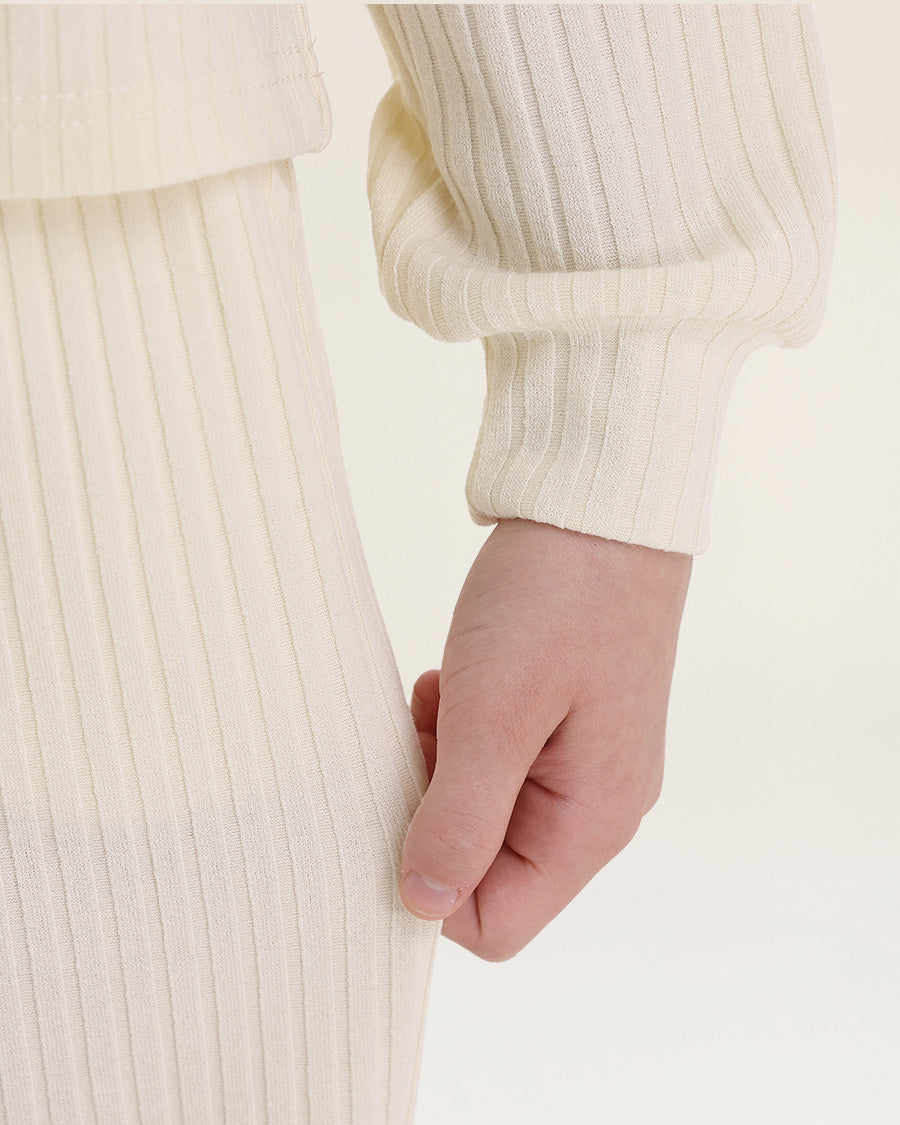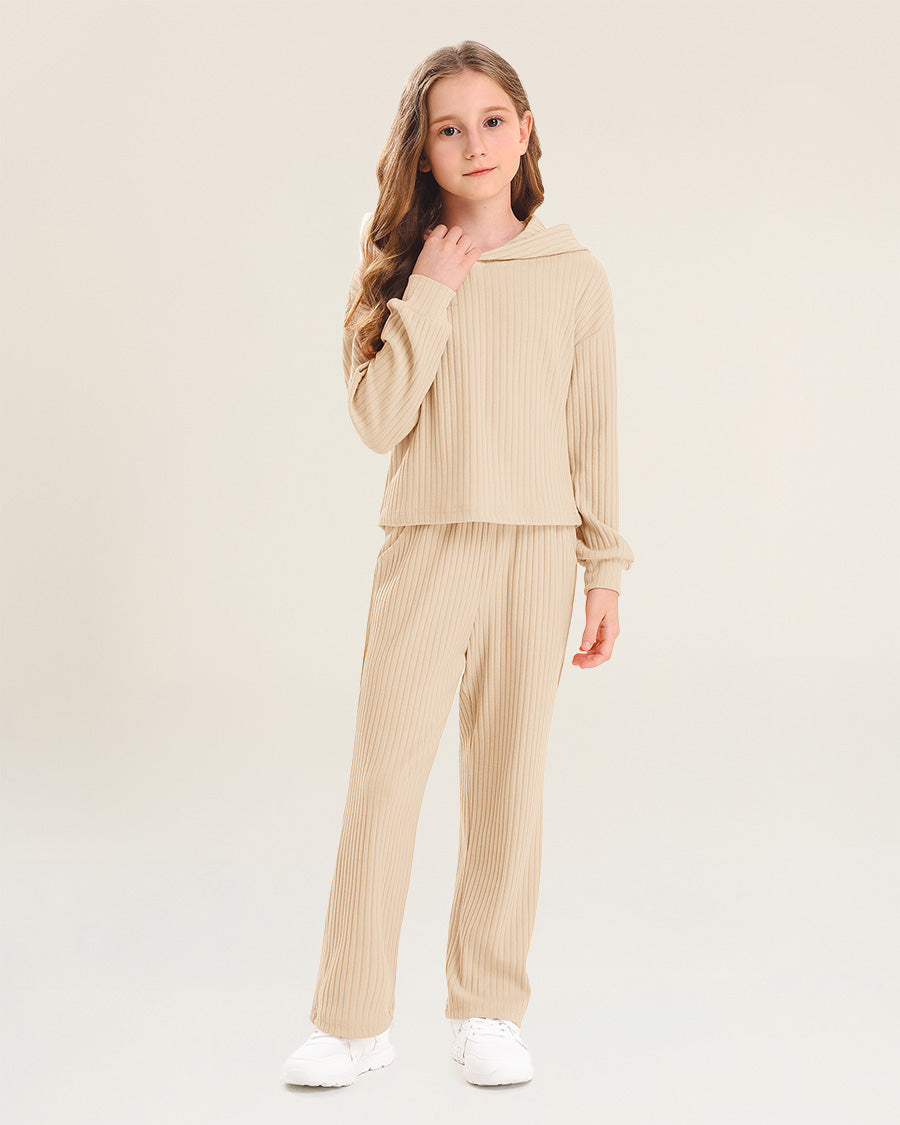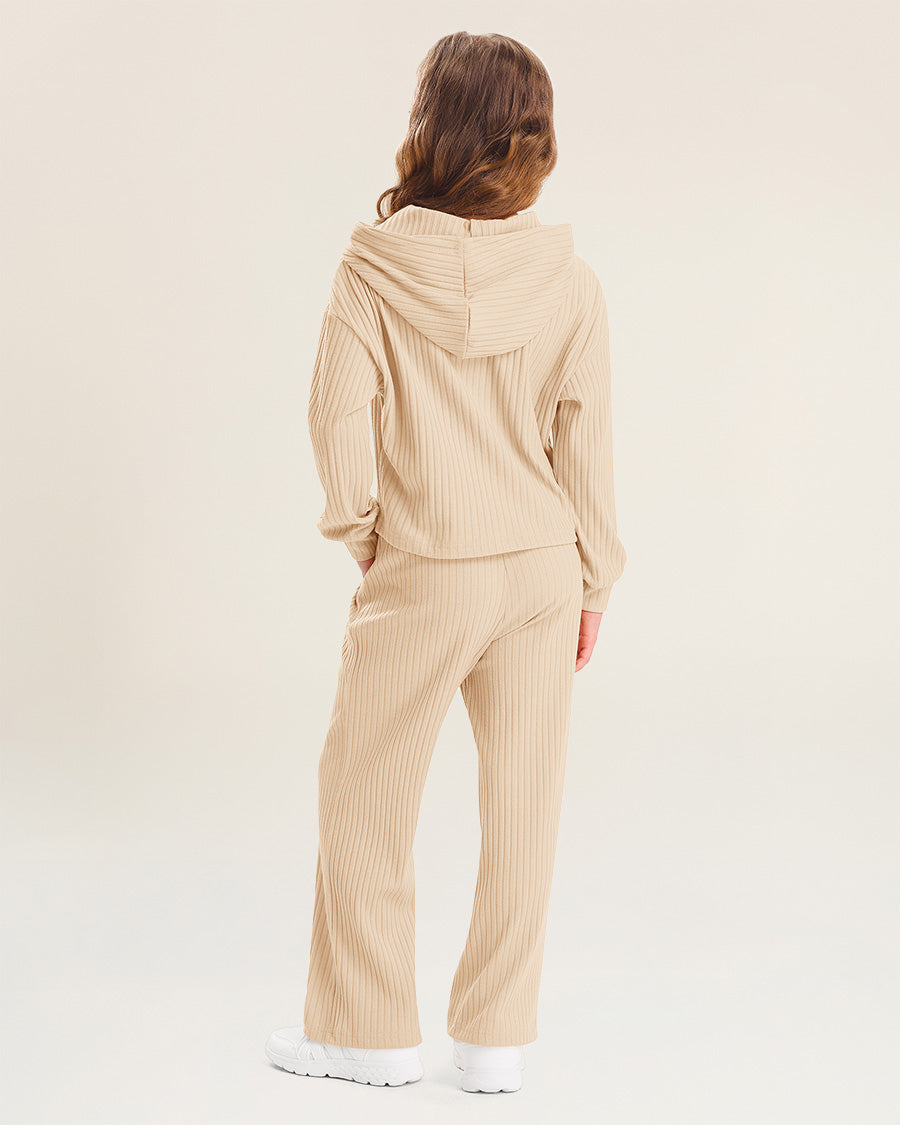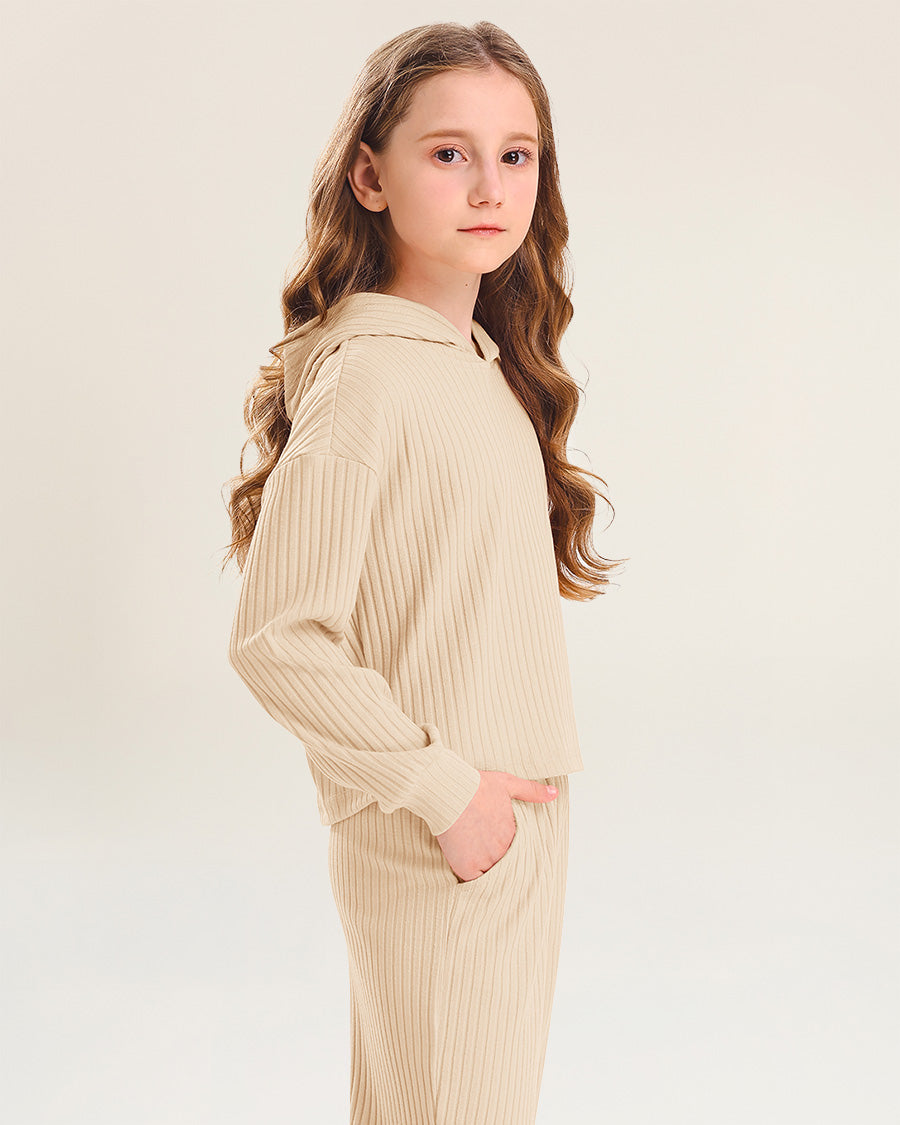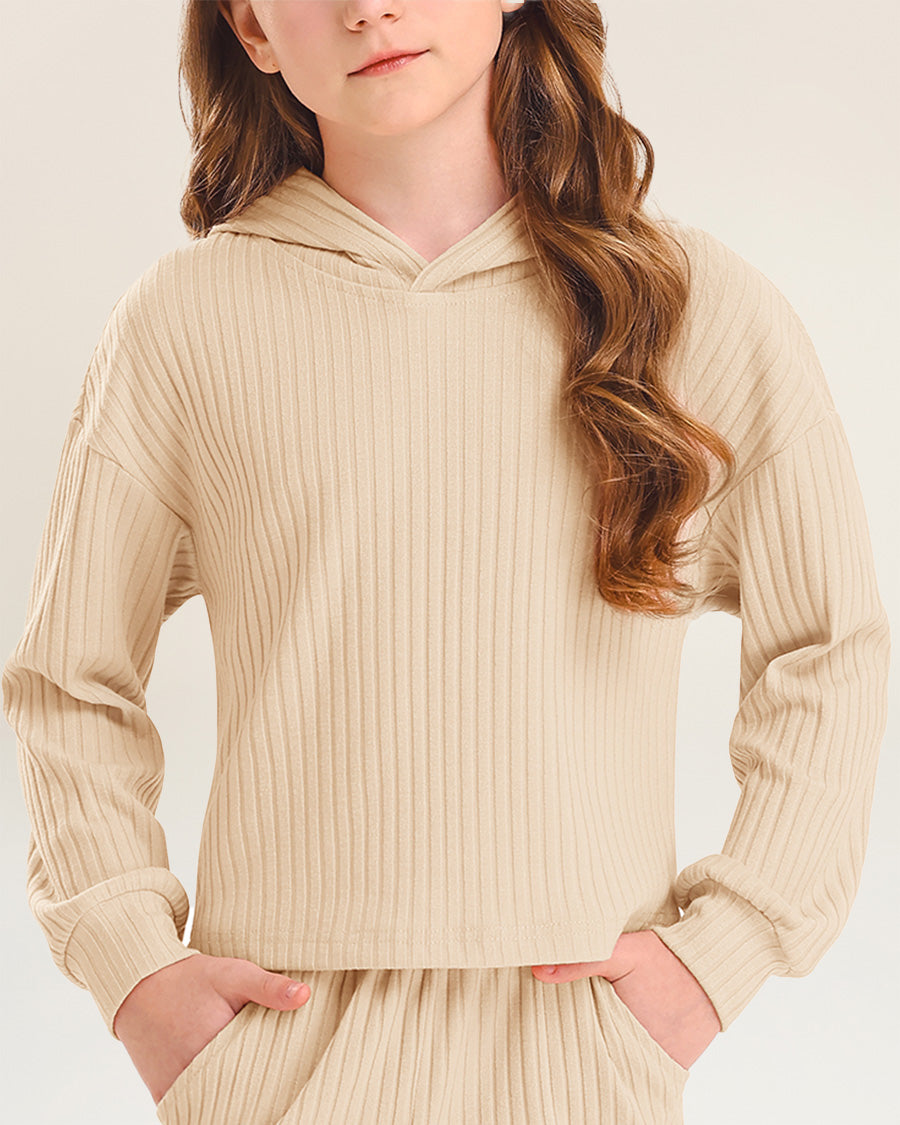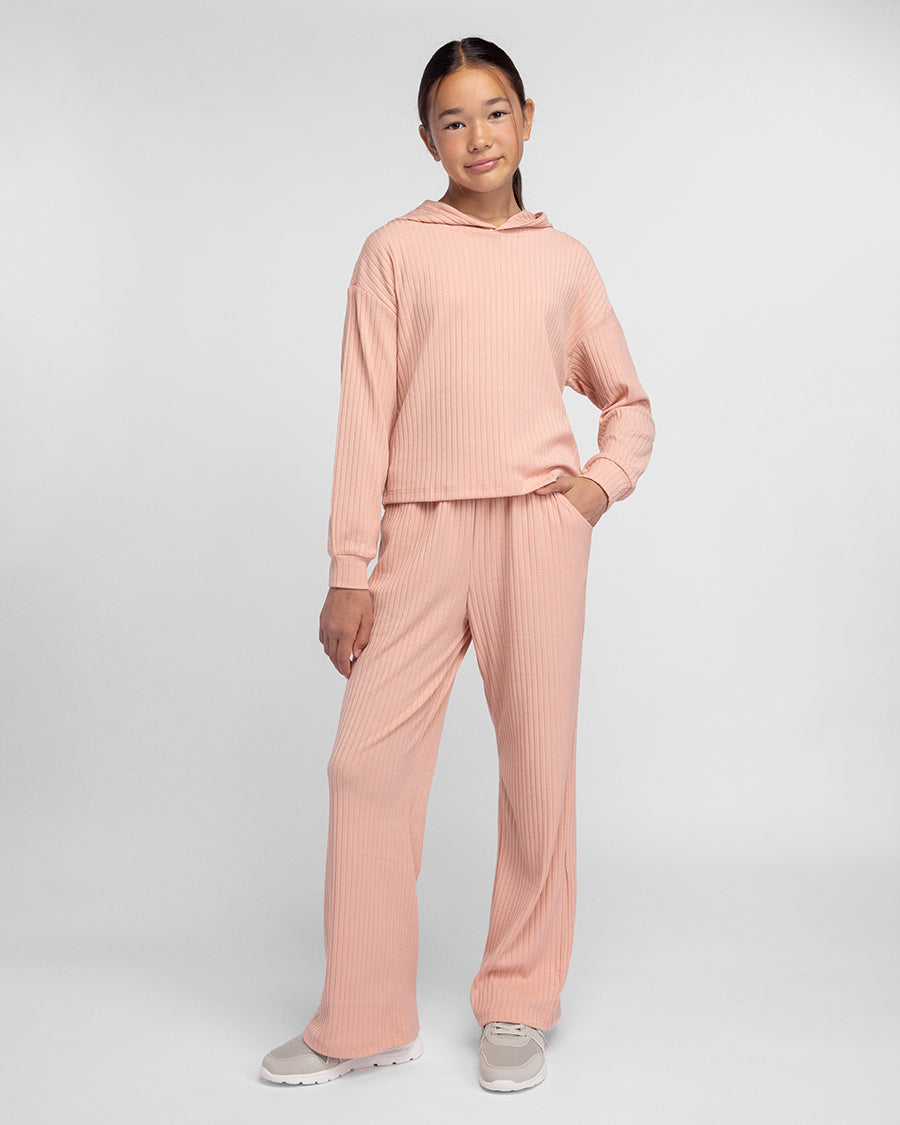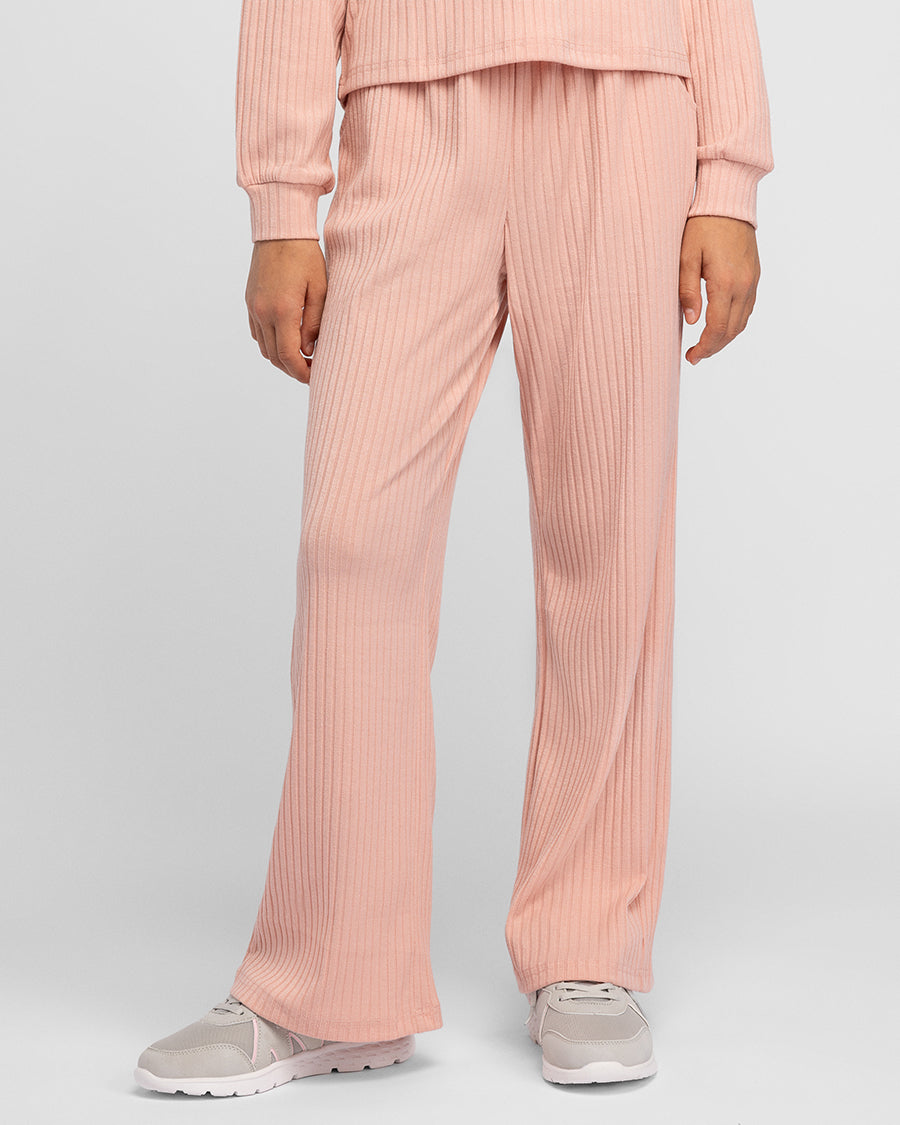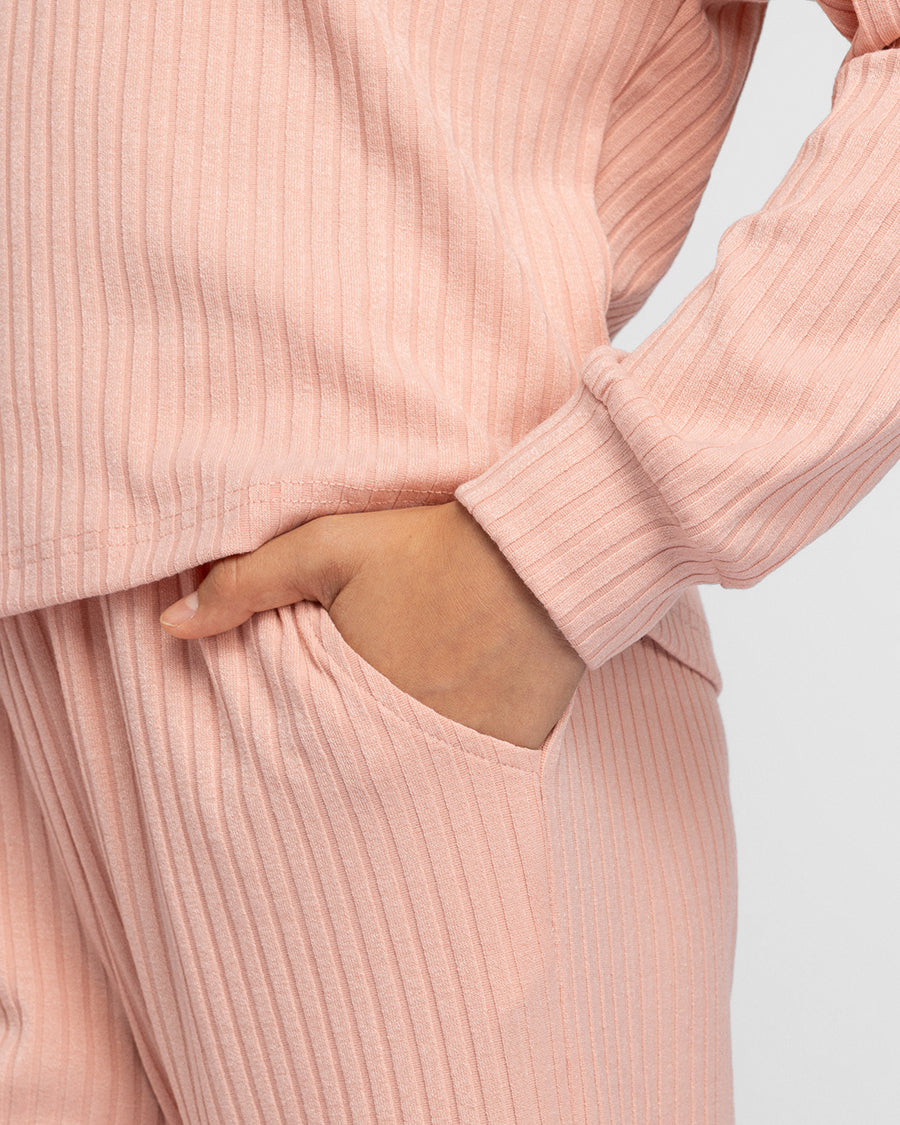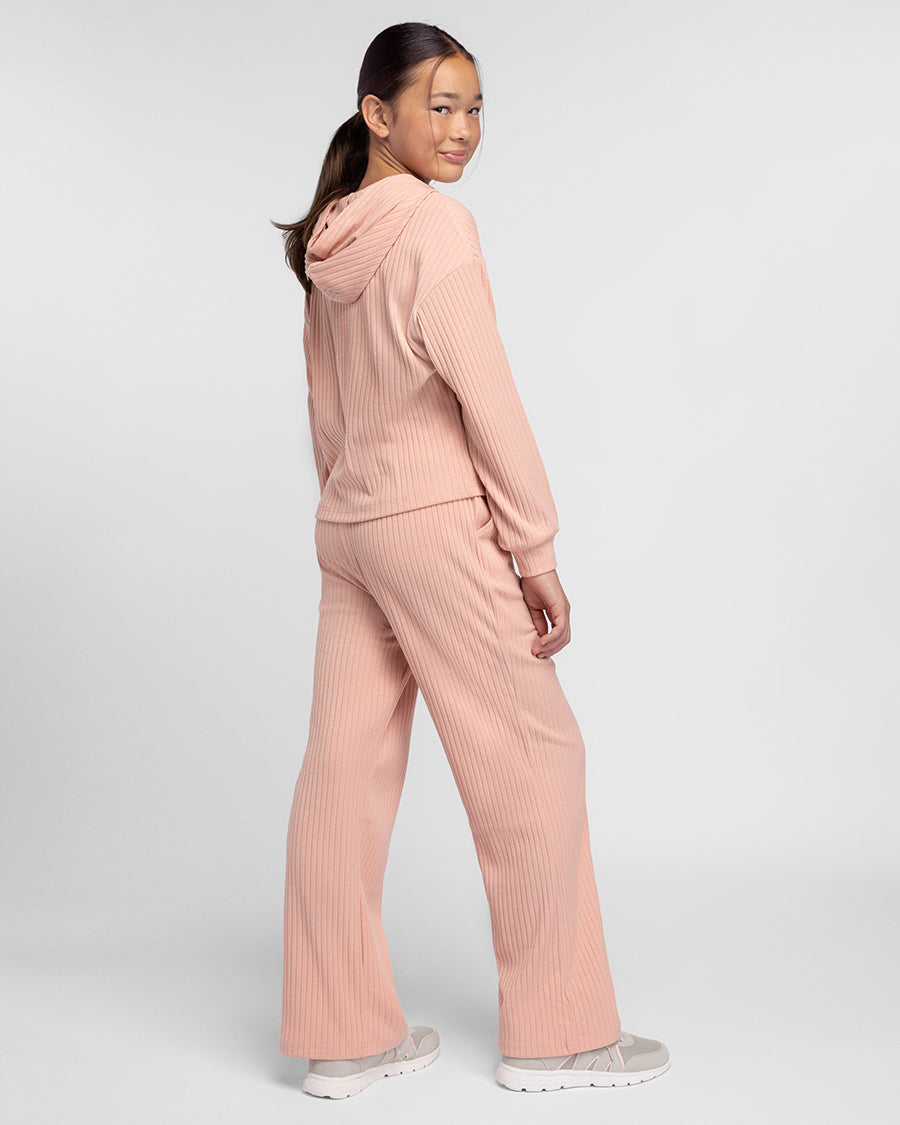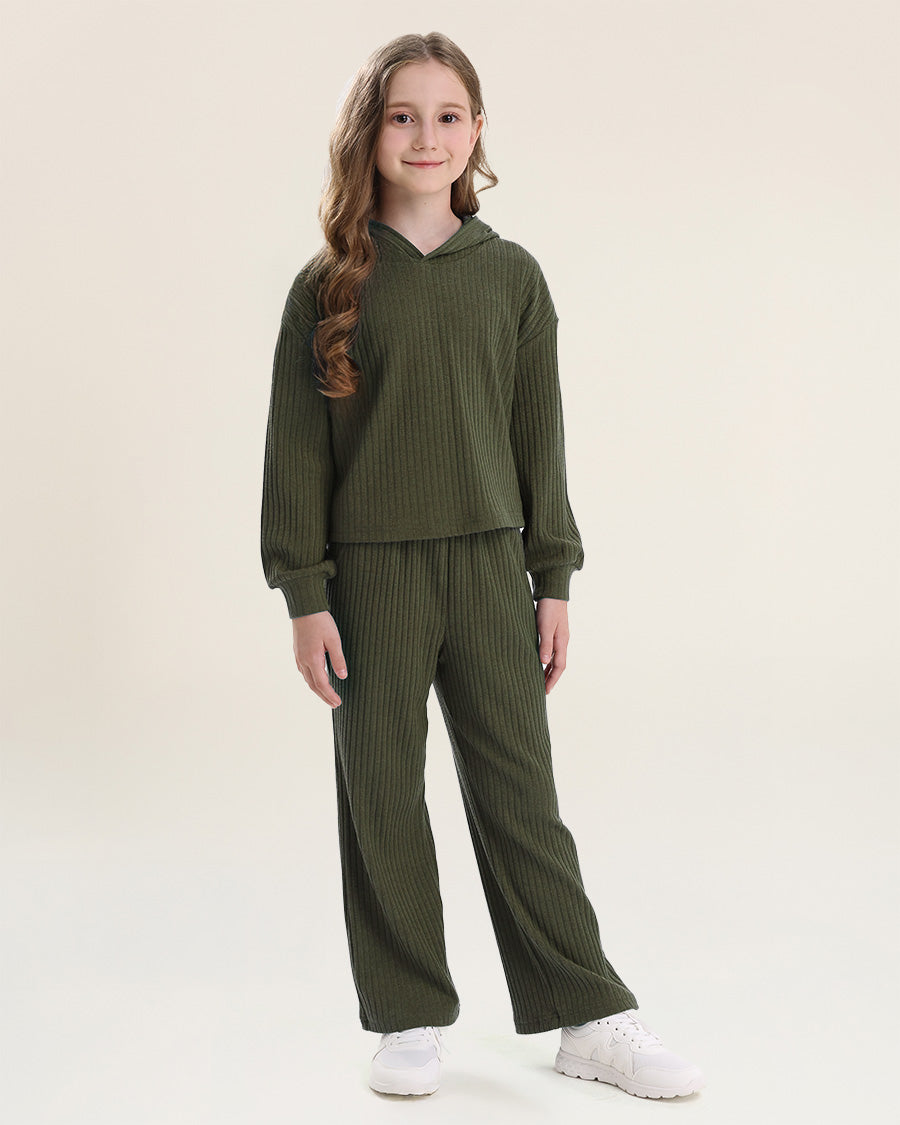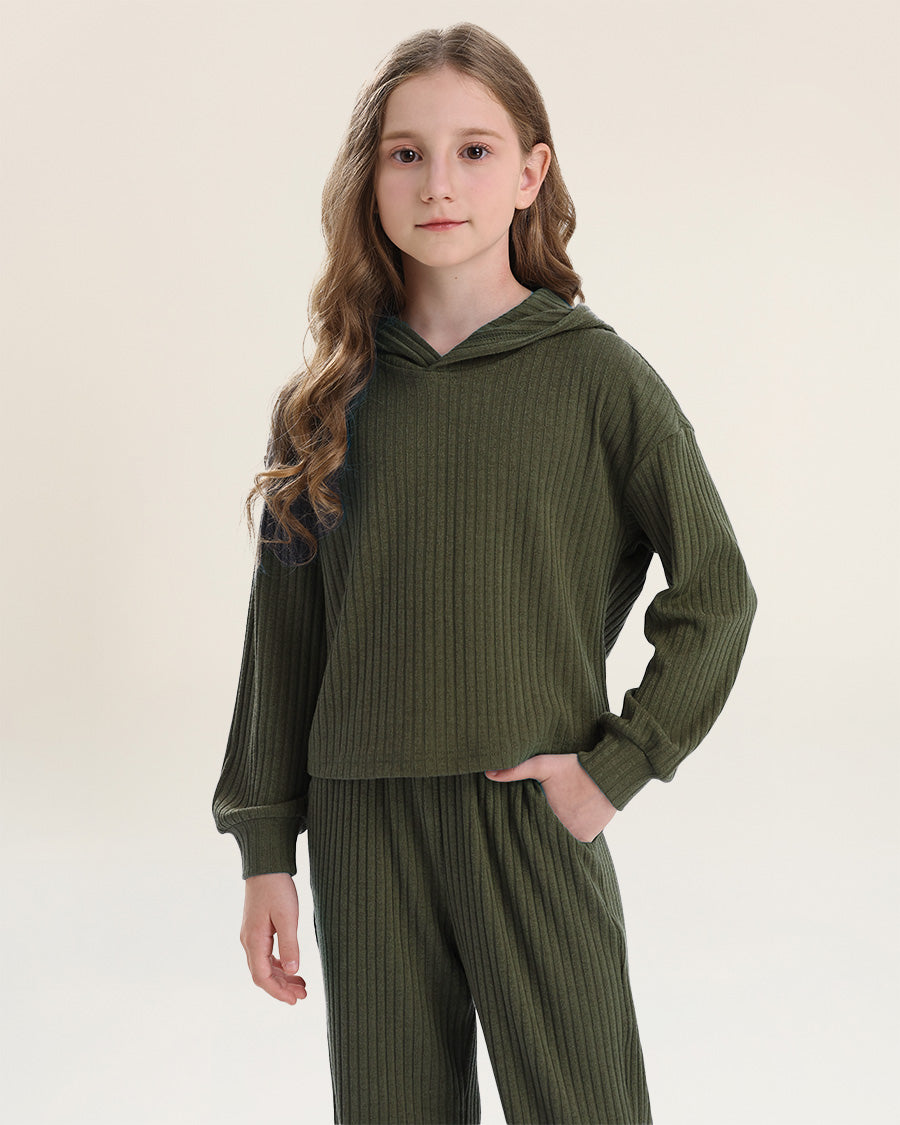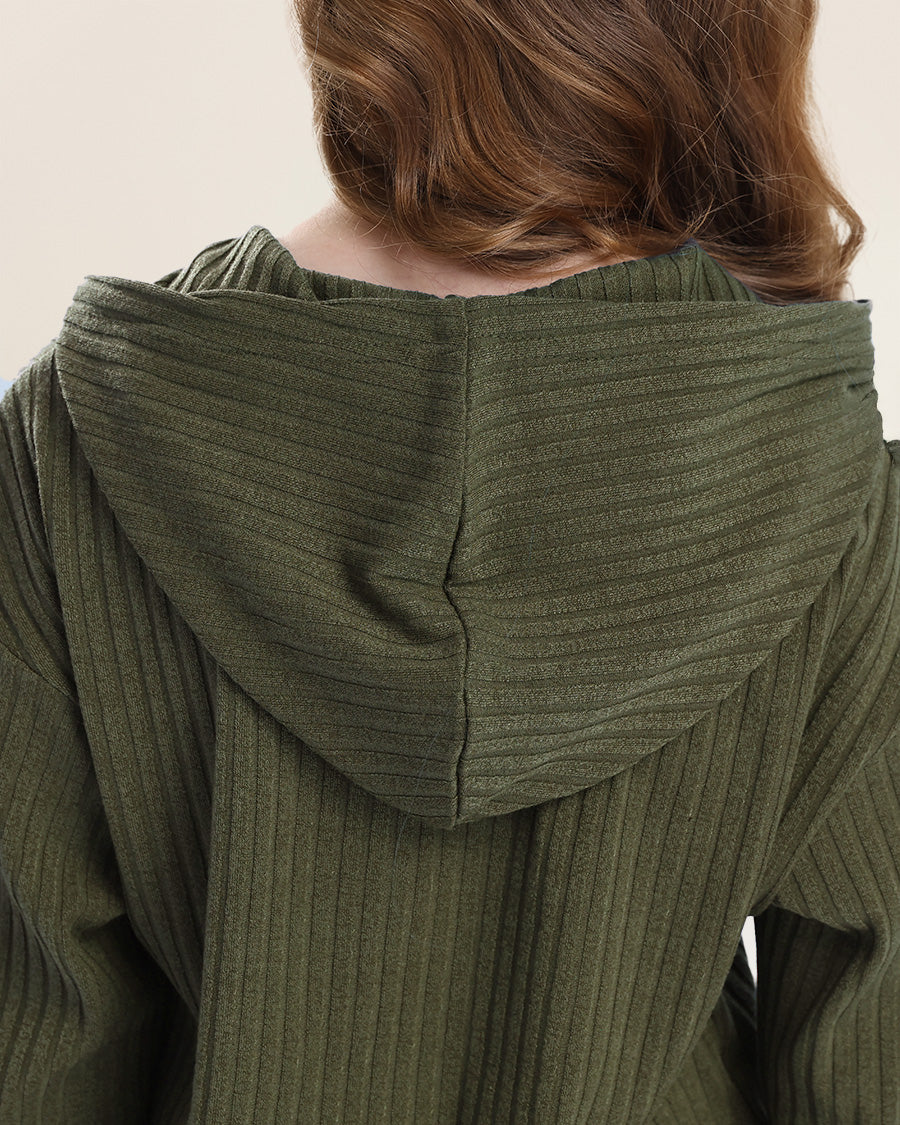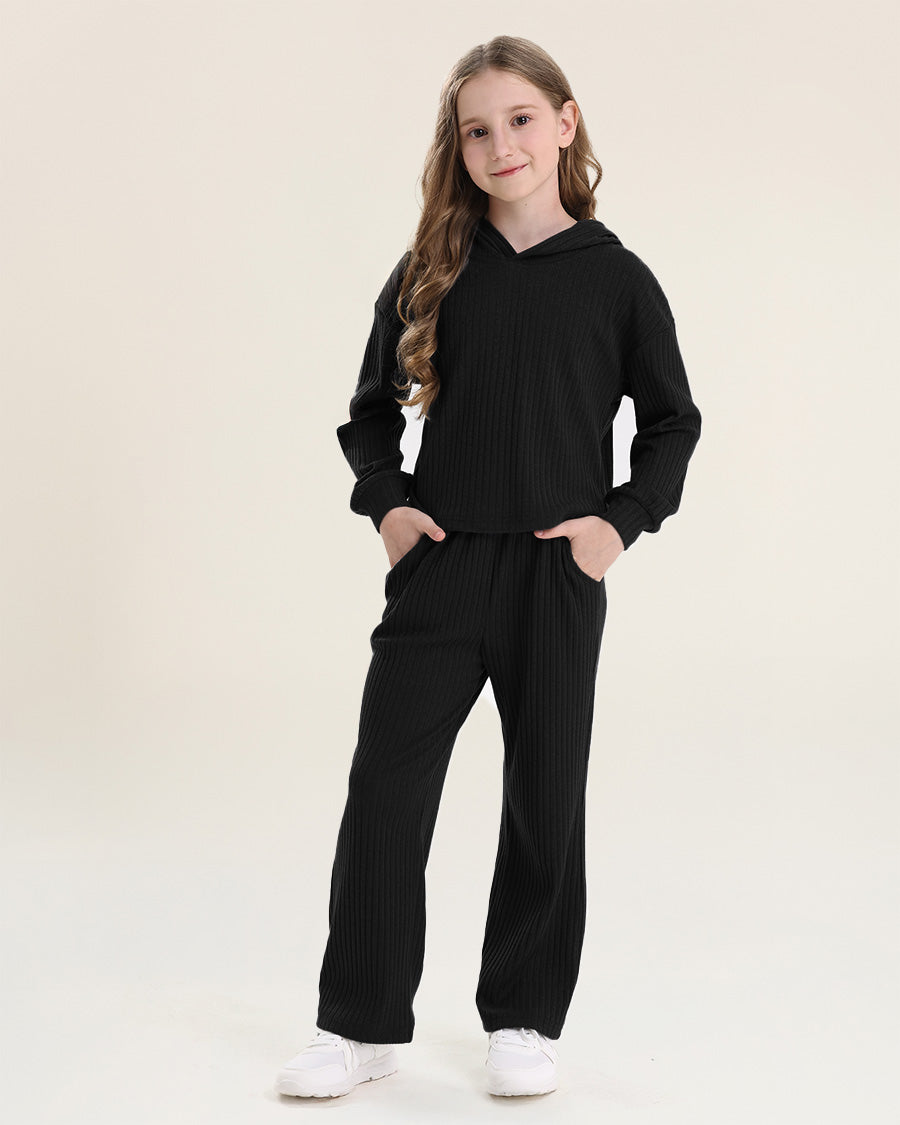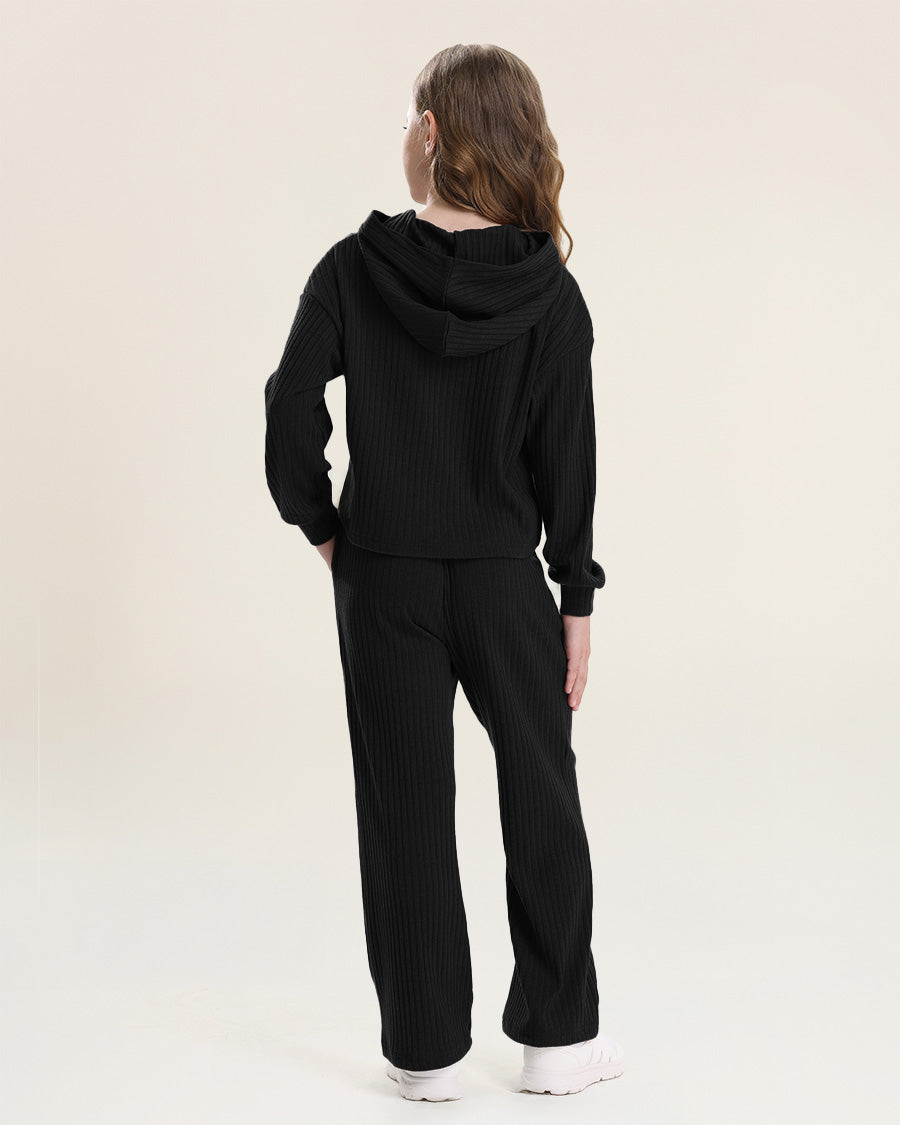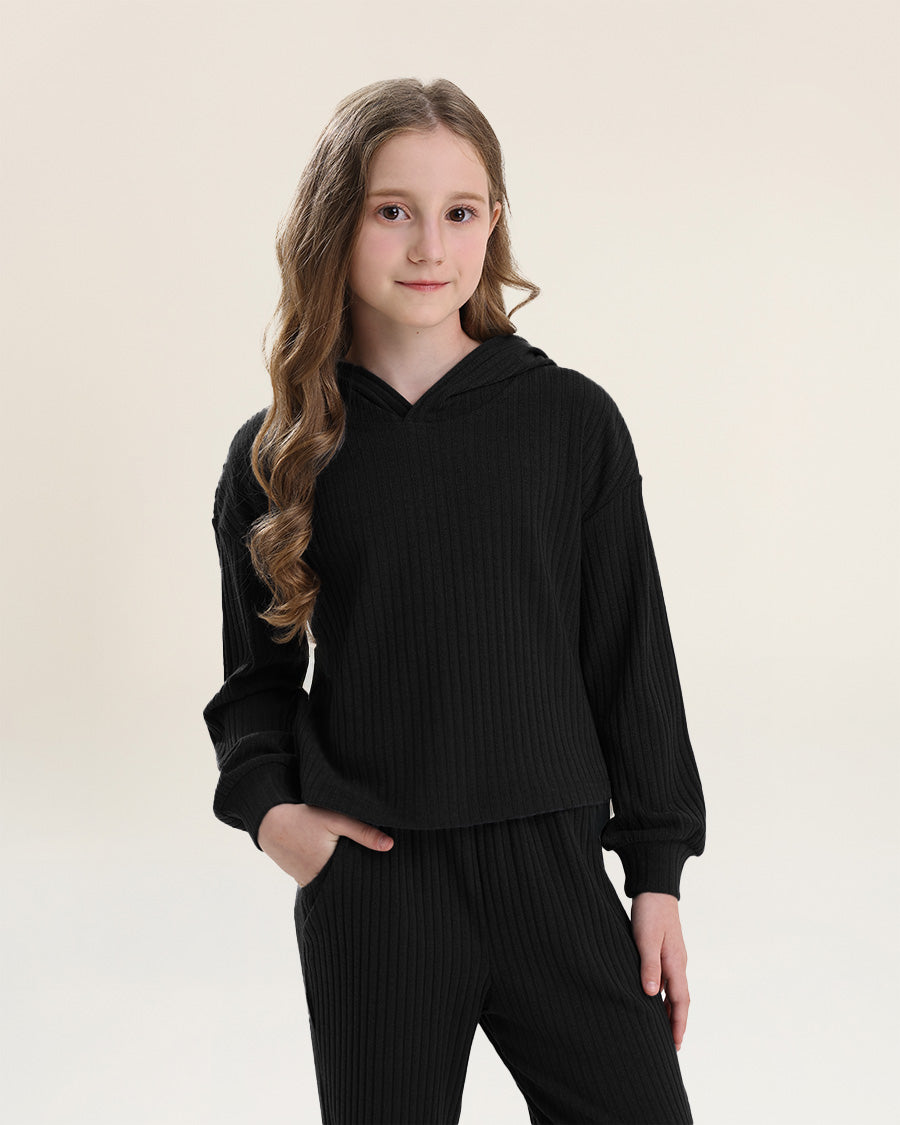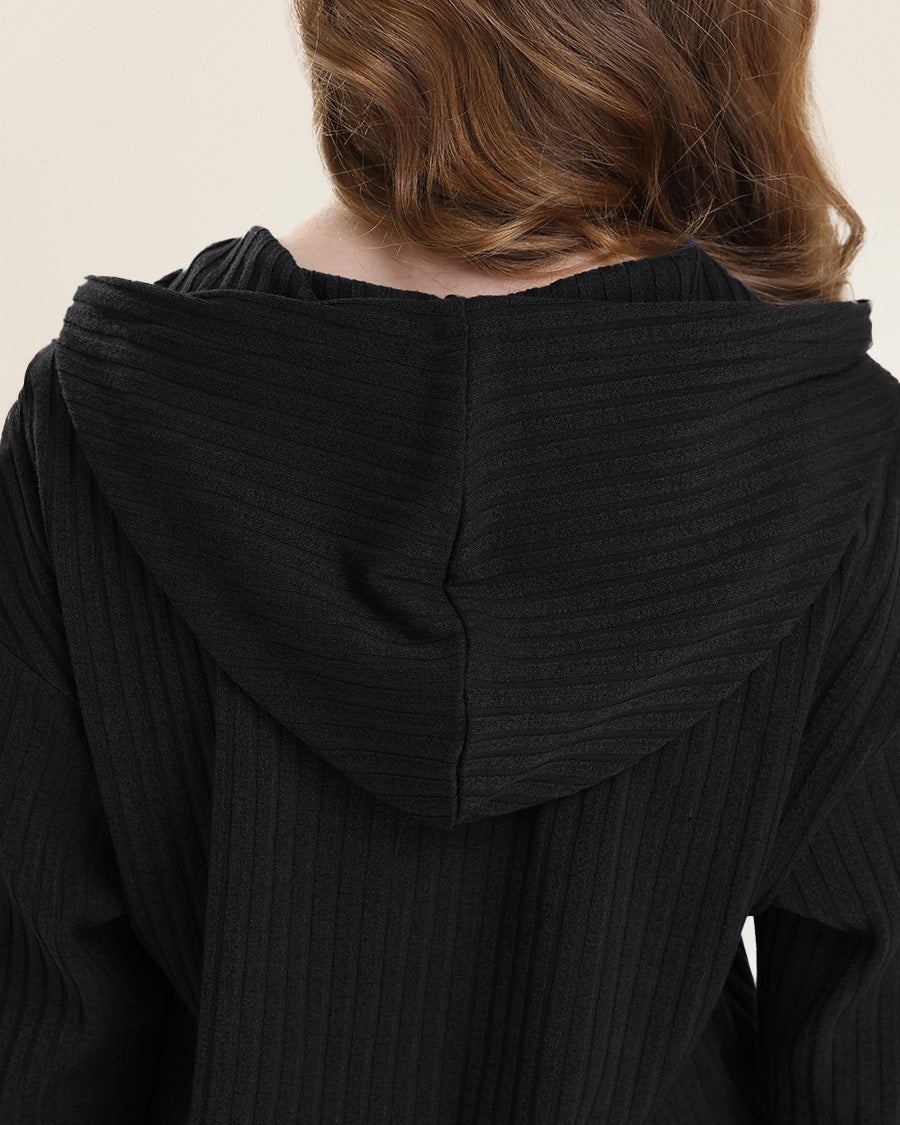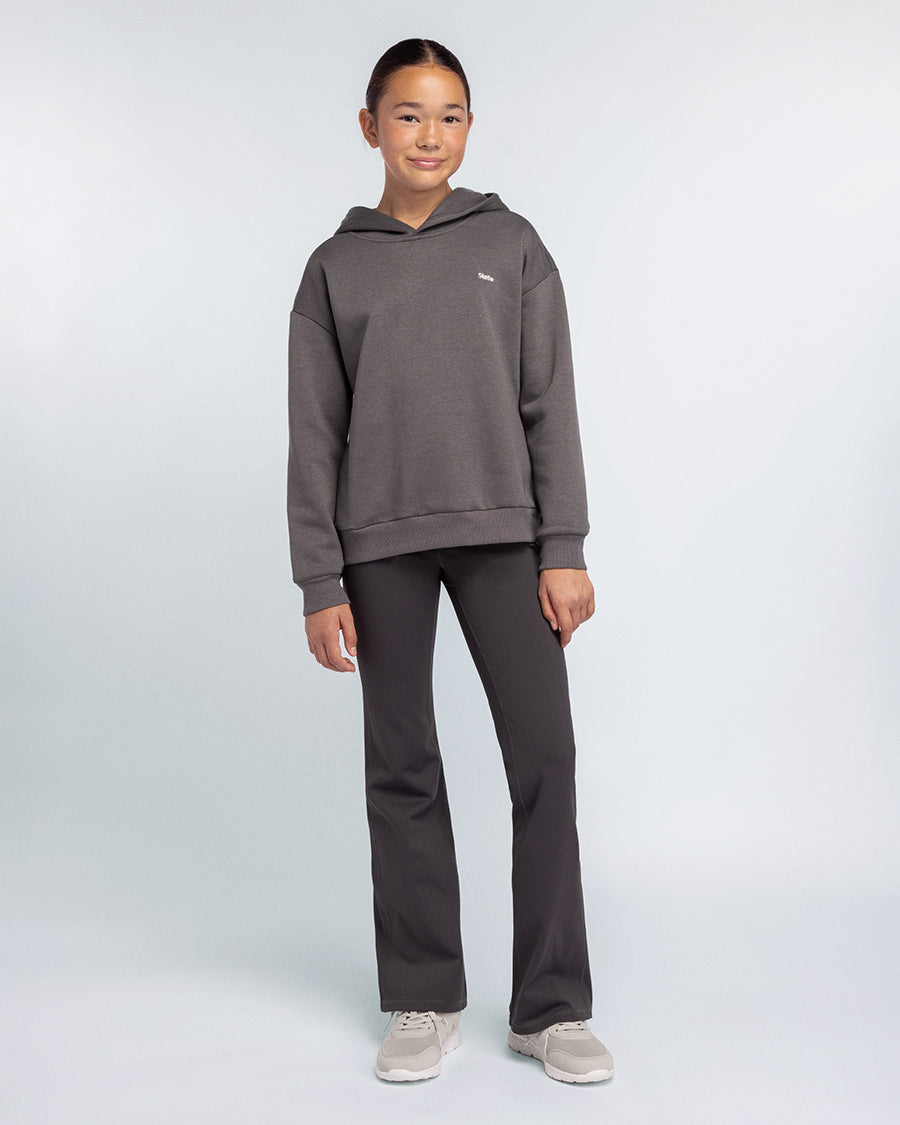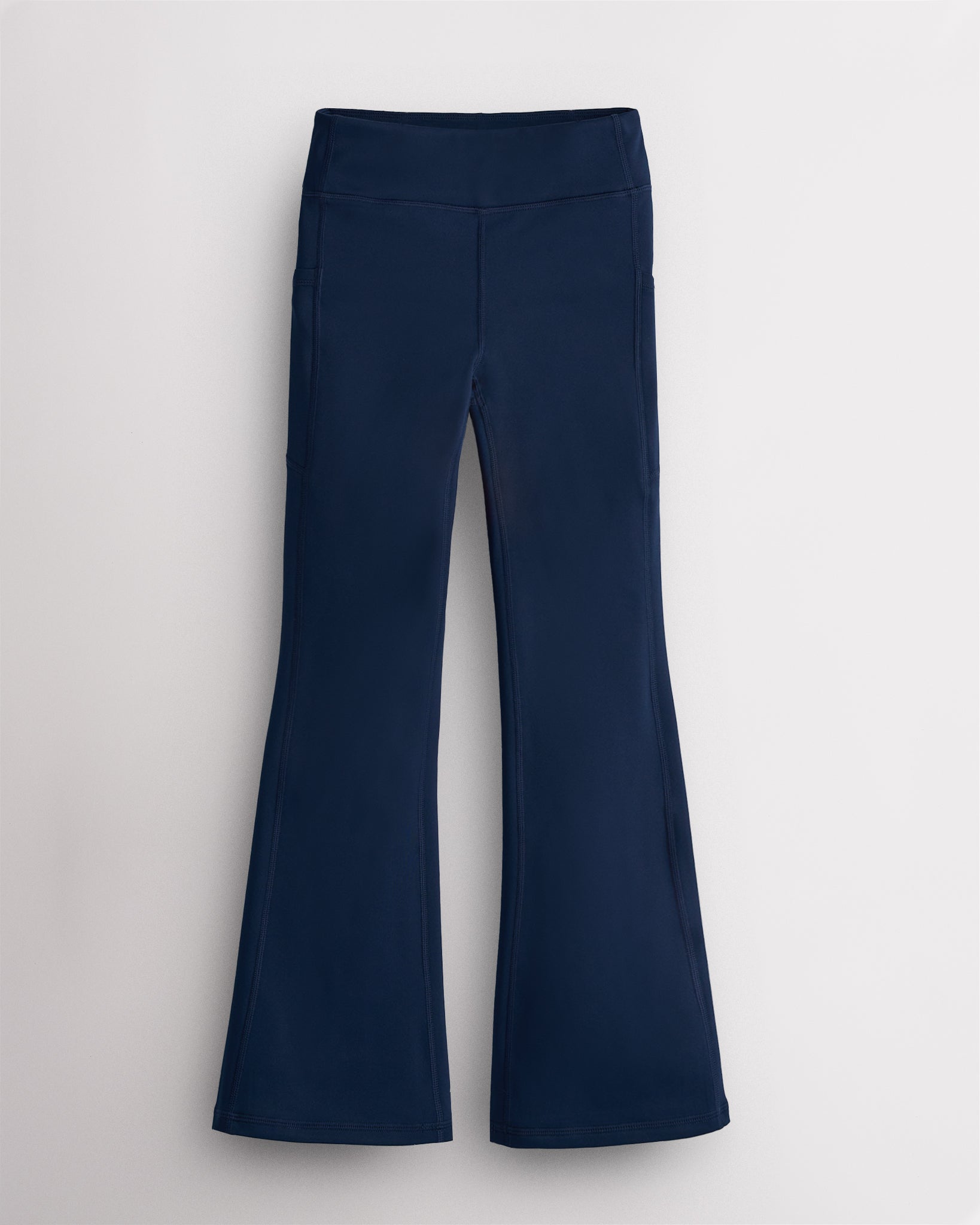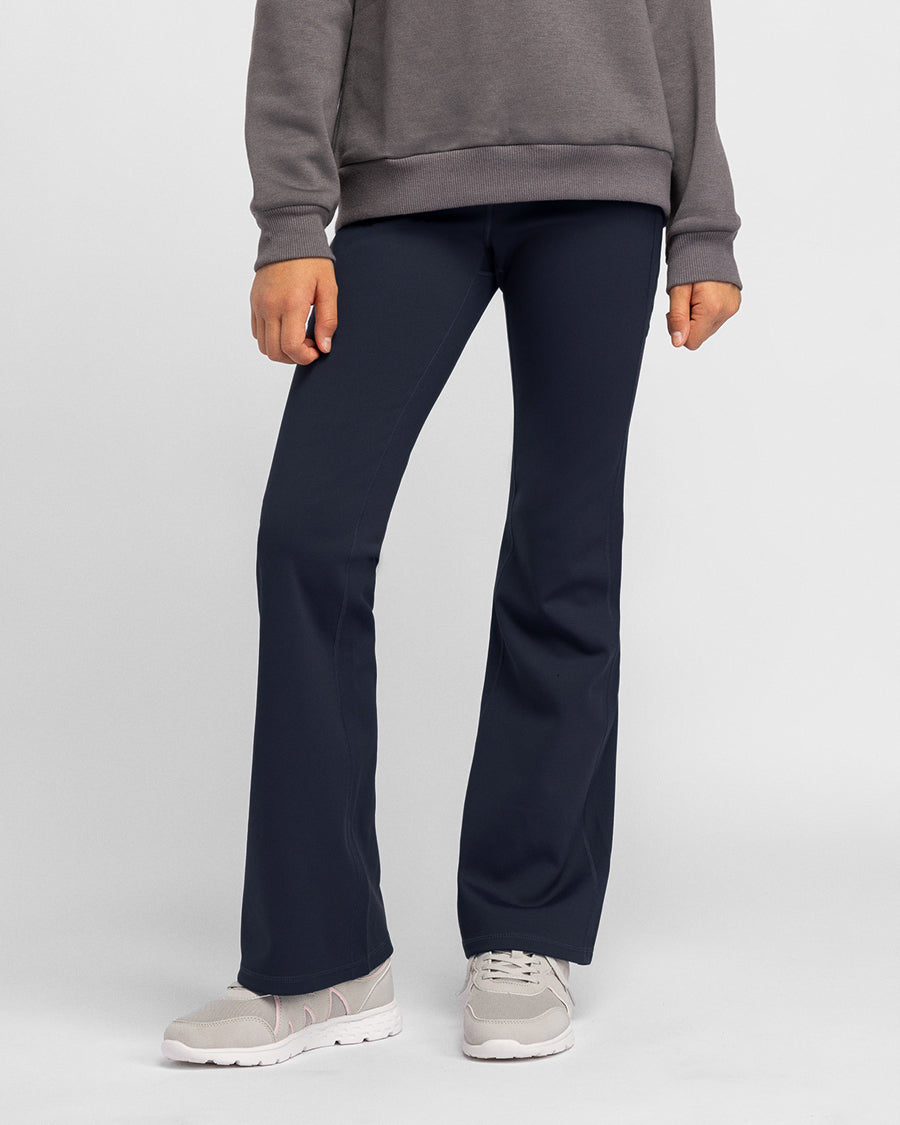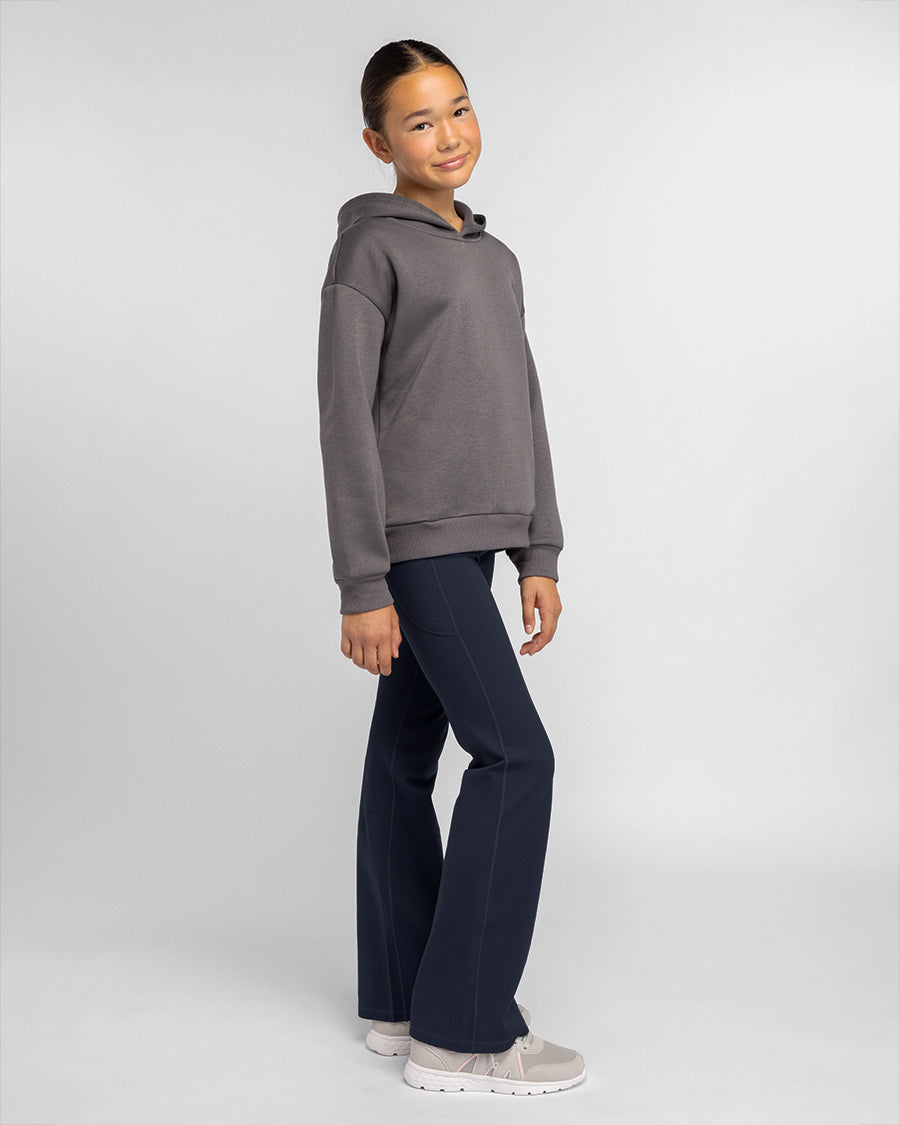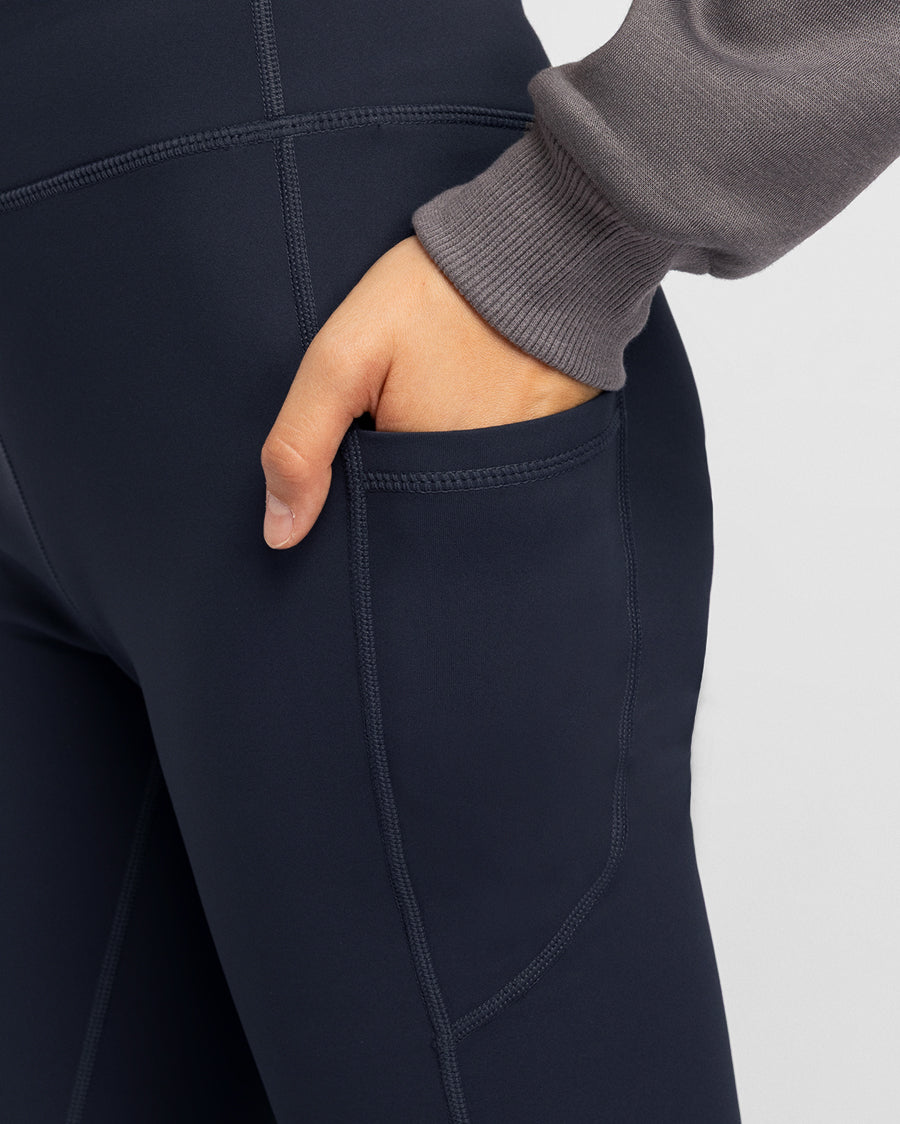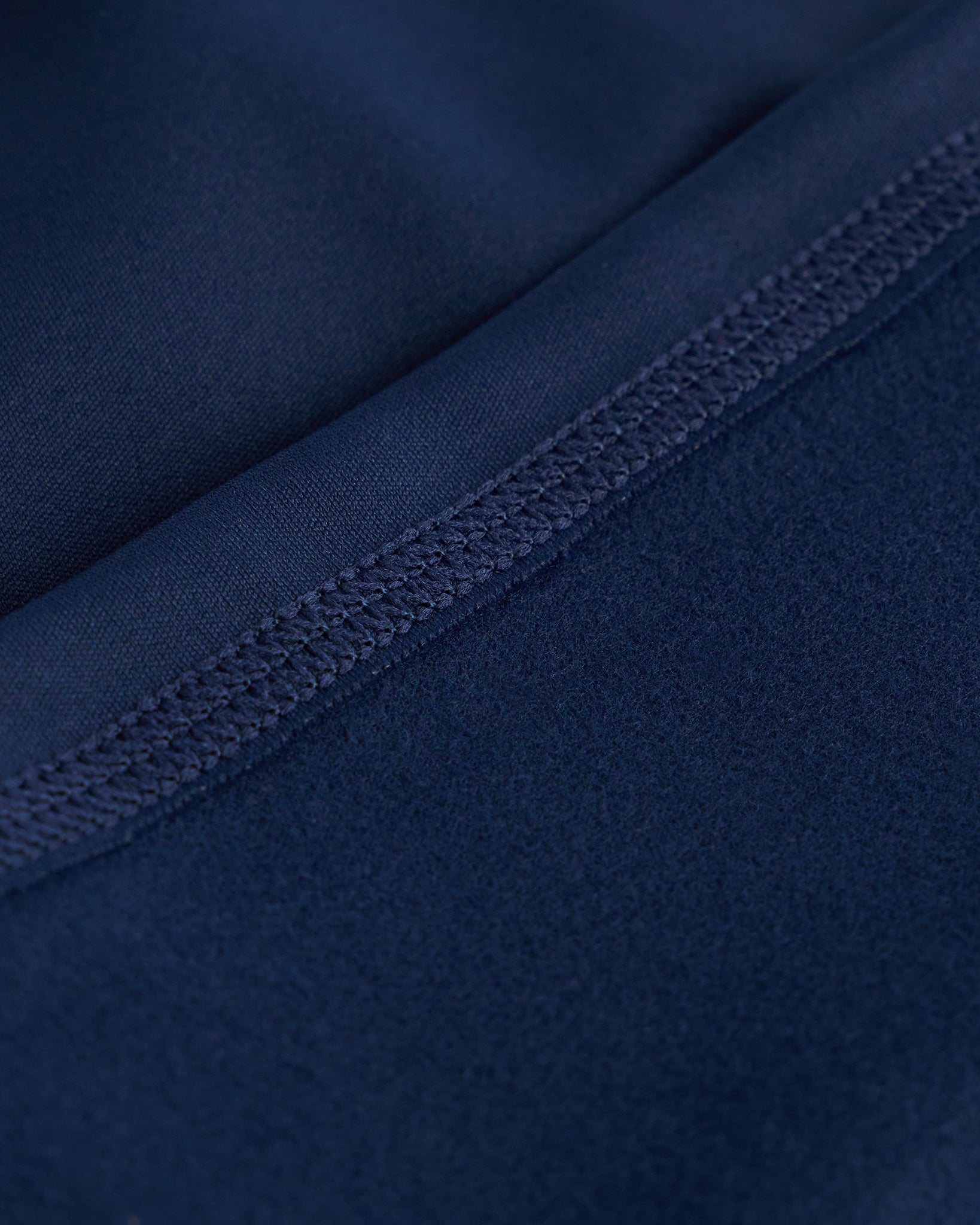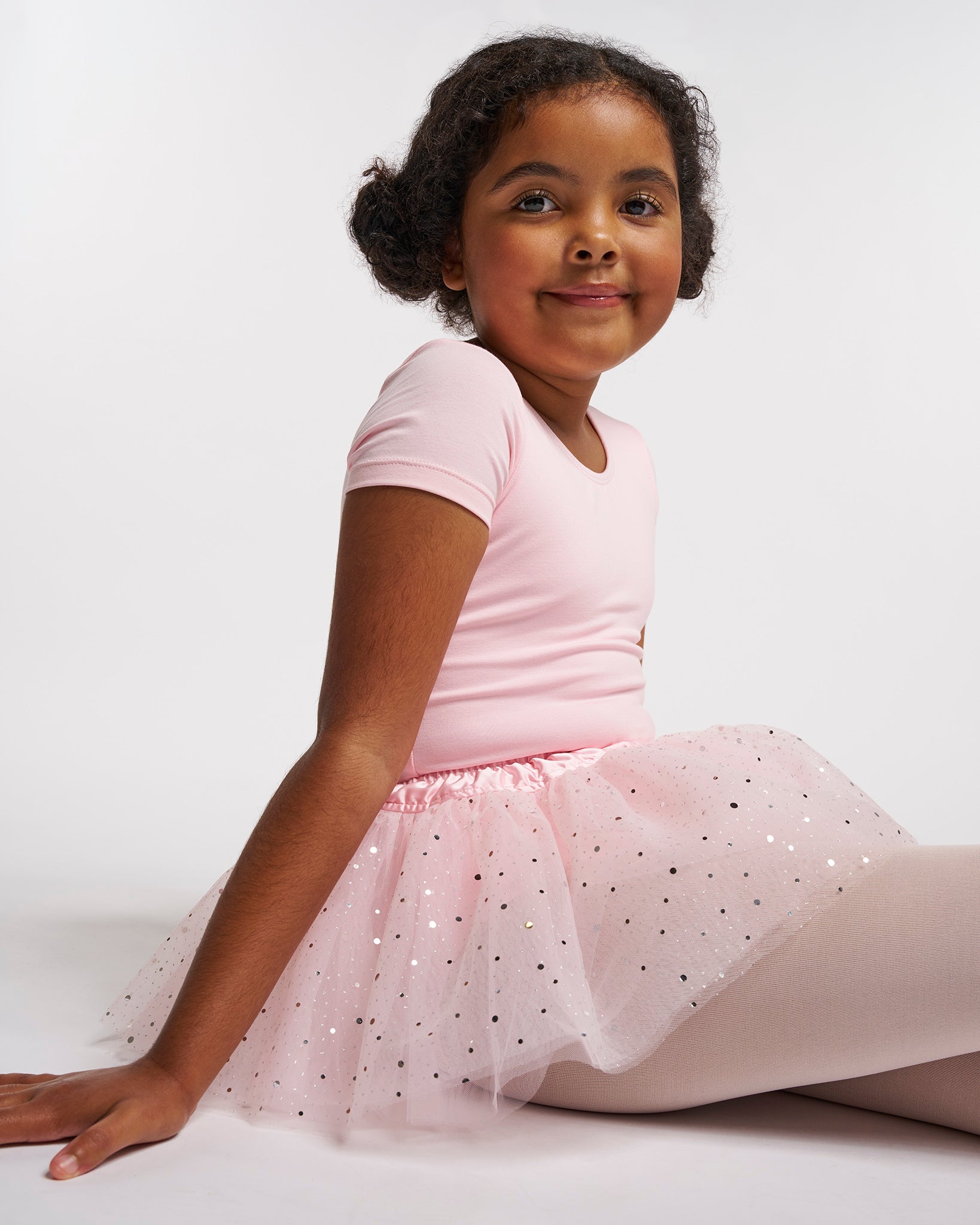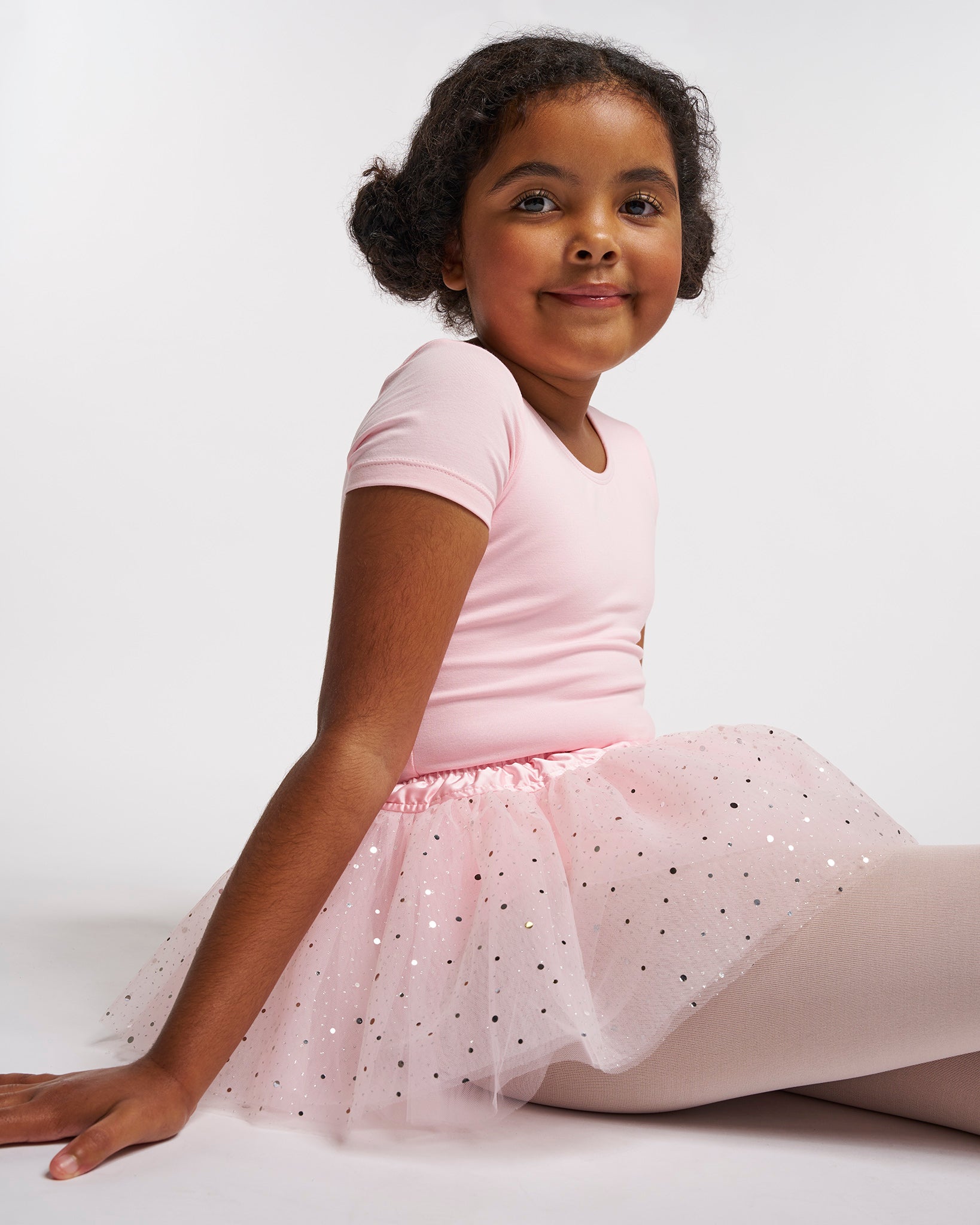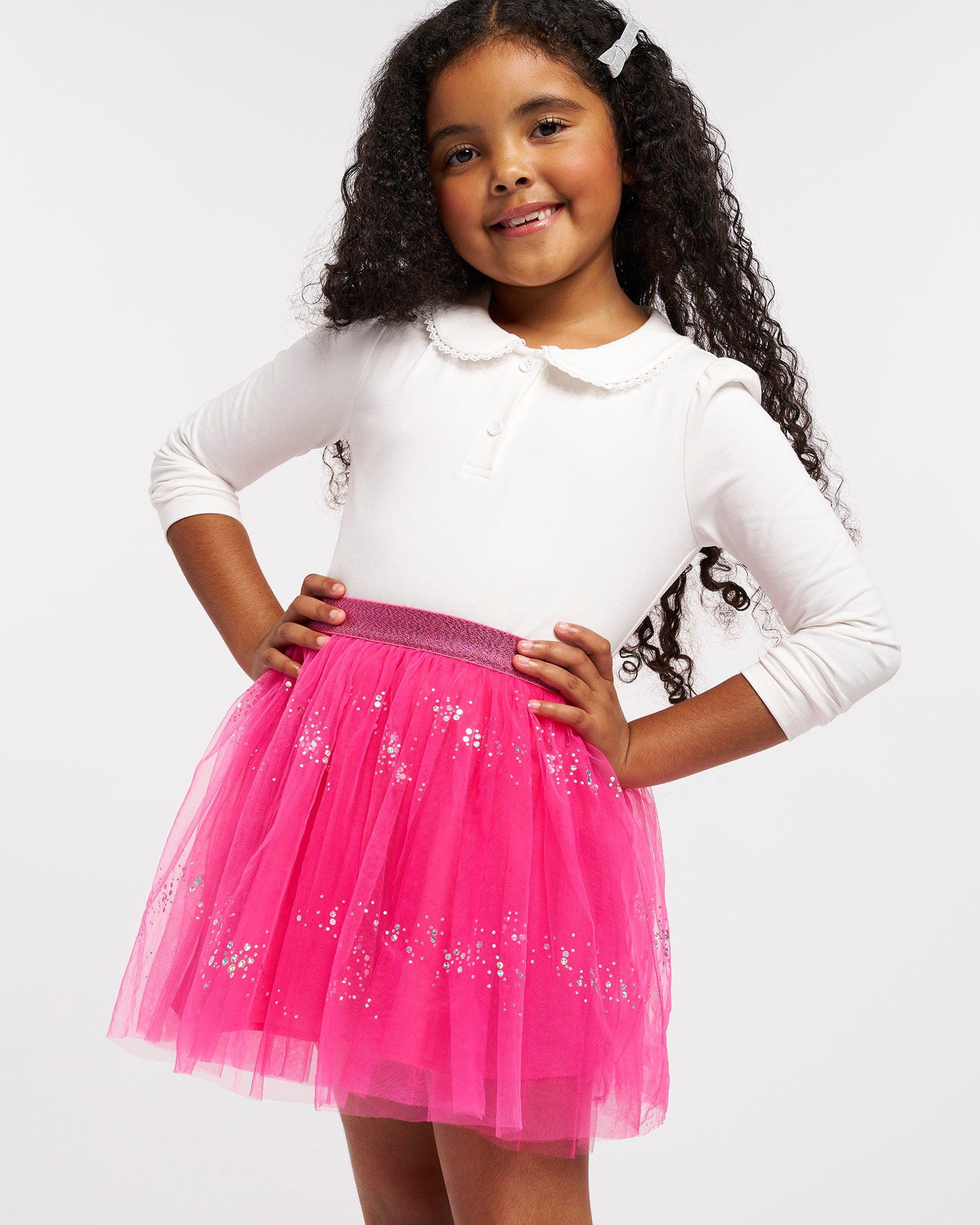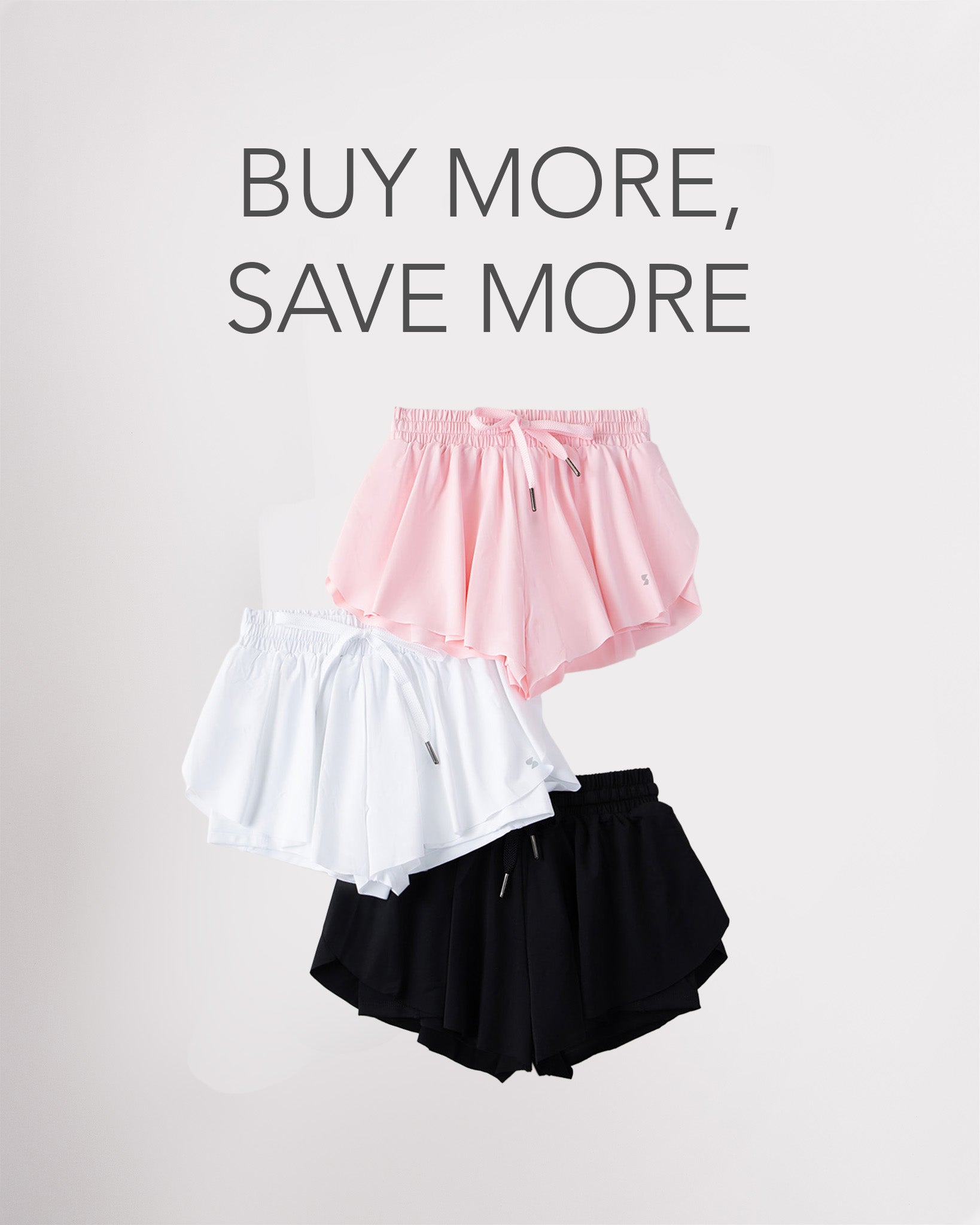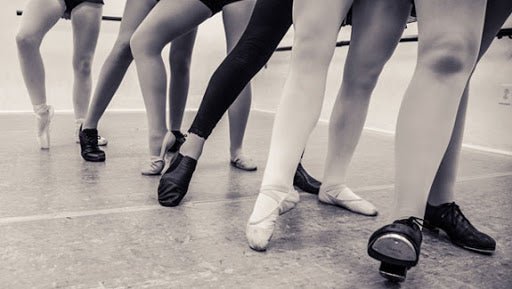5 Different Types of Dance Shoes
Table of contents
Dance shoes are their own category in fashion, entirely. When the time comes for finding the right dance shoes, you must know what dance classes you intend on taking. Every genre of dance calls for a different attire and pair of shoes! Being prepared for the class always starts with the correct pair of dance shoes. Some of you may be wondering, “Why would I need anything other than ballet slippers or tap shoes?” The reality is, there are different sets of shoes made particularly for specific techniques and styles. I am here to tell you about these diverse dance shoes, and why they are worn for their own genres.
Tip: Your regular shoe size differs from dance shoe sizes. It is crucial that you know your foot measurements before purchasing any of the following shoes.
Character shoes
Let us start with talking about Character Shoes. They are usually used for performances but can also be worn as dress shoes. These shoes are only to be worn in the studio or on stage for performances. Character shoes are ideal for dance classes involving heels or titled as “Musical Theatre”. Musical Theatre is a form of theatrical performance combining songs, spoken dialogue, acting, and dance. You can also use these if your dancer is interested in ballroom. They may not look as flashy as the typical ballroom shoes, but having one pair of shoes unique to your foot is always preferred when it comes to learning technique and choreography.
Ballet shoes
The classical Ballet shoe is a common pair of shoes most dancers own. They come in different colors, material and styles. Being classically trained means you take ballet and own a pair of either Satin ballet shoes, with a ribbon for your little ballerina, or classic canvas ballet shoes for older, dedicated ballet dancers. Ballet shoes are the most popular pair when it comes to dancing. The classic look is simple and goes with everything. So much so that “Ballet flats” uses the name and similar style for a non-dance occasion. Classical influences usually keep their classical style, and Ballet shoes are no exception.
Pointe Shoes
Starting off with a bit of history: For decades, dancers were forced to wear ballet shoes fused with high heels that were then removed, replaced with wire, and used to hoist ballerinas to their toes. It wasn’t until the 20th-century that the famous and talented Russian ballerina Anna Pavlova influenced the modern pointe shoe. With her slender, tapered feet, she inserted toughened leather soles into her shoes for extra support to flatten and harden the toe area to form a box.
Ballerinas usually dream of putting on their first pair of pointe shoes and gliding across the floor seamlessly. Pointe shoes are sometimes called “toe shoes” since they are used to stand on your toes. These solid, boxed shoes make it look like you are barely hovering on your toes, but the insertion of toe pads creates a cushion feel to your hard-working toes. Proper training is required with pre-pointe shoes before going on to actual Pointe Shoes. Your ankles and toes go through immense pressure, so extra care of your toes and toe nails need to be taken into consideration. If you are a serious ballerina with extensive training, then you can decide if pointe work is something you want to put your feet through. The Pointe Shoe has become revolutionary over the last century, and most ballet companies will not consider you as a serious dancer without years of experience of pointe work.
Pirouette Shoes
Also known as lyrical shoes and come in either canvas or leather. These simple, yet effective set of shoes are best used for competitive dance, especially with a lot of turns. The word pirouette means to turn on one leg usually in relevé (rising to the balls of the feet). These shoes are literally meant for turning. Pirouette shoes cover the ball of the foot and are usually padded to protect your dancers exposed feet with an elastic band around the ankle to keep the toes in the padded pocket. These shoes are more universal than the others listed as they can be used for modern, lyrical or contemporary dance. Over the past decade, this type of shoe has evolved into being multipurpose, which is recommended for dancers expanding their training.
Jazz Shoes
I am sure you have heard of and seen these shiny and sleek pairs of beauty. Jazz shoes are usually used in jazz classes but can also be extended to musical theatre and even lyrical dance. They can be laced up with a tiny heel or be a slip on in the colors black, beige or white. Jazz shoes are a part of the outfit just like character shoes are. You need to break them in well before performing to avoid blisters. A good tip for this is to put thick socks under your jazz shoes for the first few classes so the material can stretch. But like most dance shoes, you want them to fit snugly and protect your feet while allowing you to turn, kick, and jump across the floor. So, pack a pair of socks in your dancer’s bag in preparation for breaking these bad boys in! We have an article around the brief history of jazz dance if you are interested.
Now that you understand all of the dance shoes, you’re prepared to walk into a dancewear store, or shop online, and be specific on what you need in color and size. It is crucial that you know all of your dancer’s interests and dedication to any dance class before purchasing shoes. Have the conversation with them and see what they enjoy the most from dance classes. Knowing more about your dancer’s preferences from the beginning will be beneficial in the long run.






